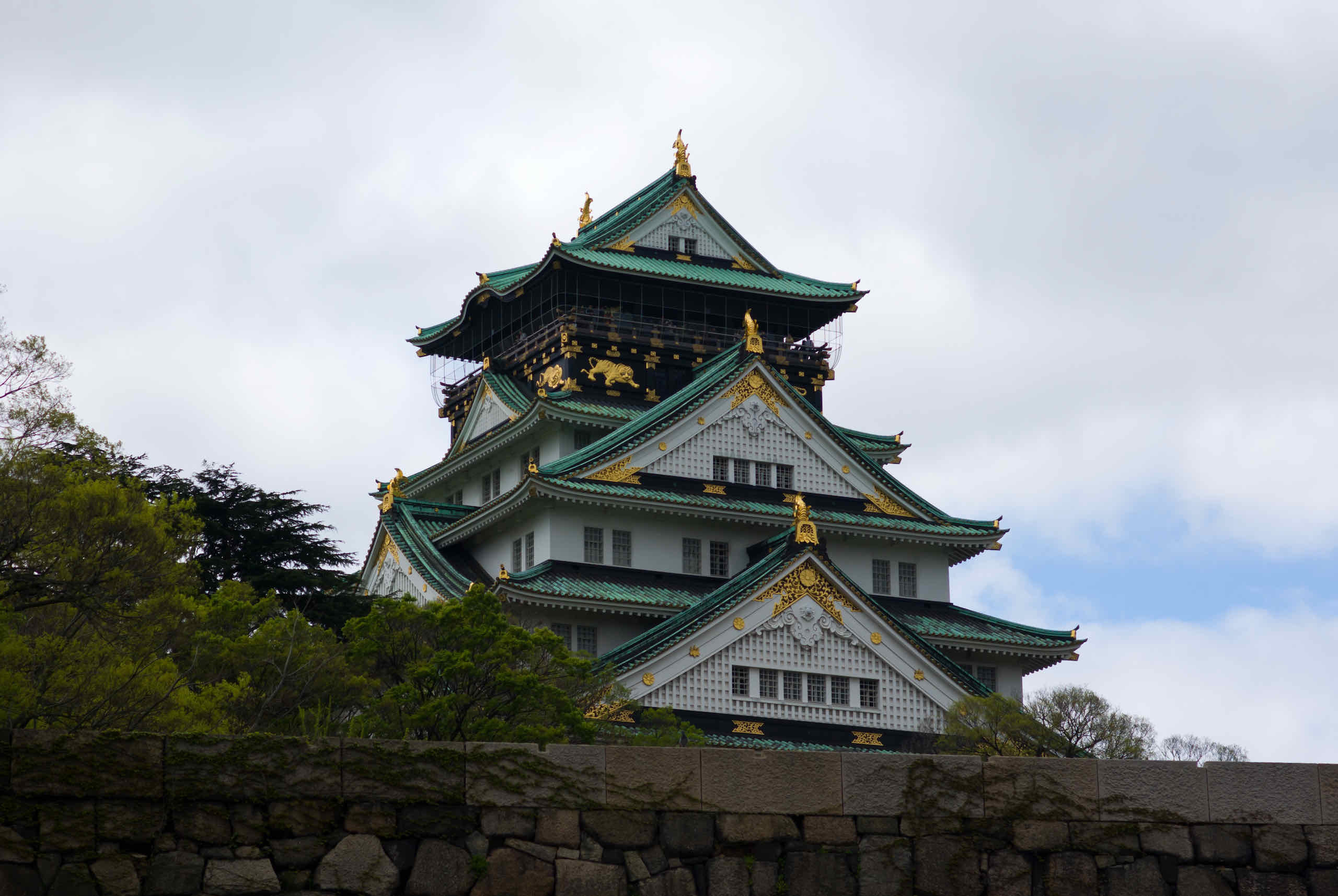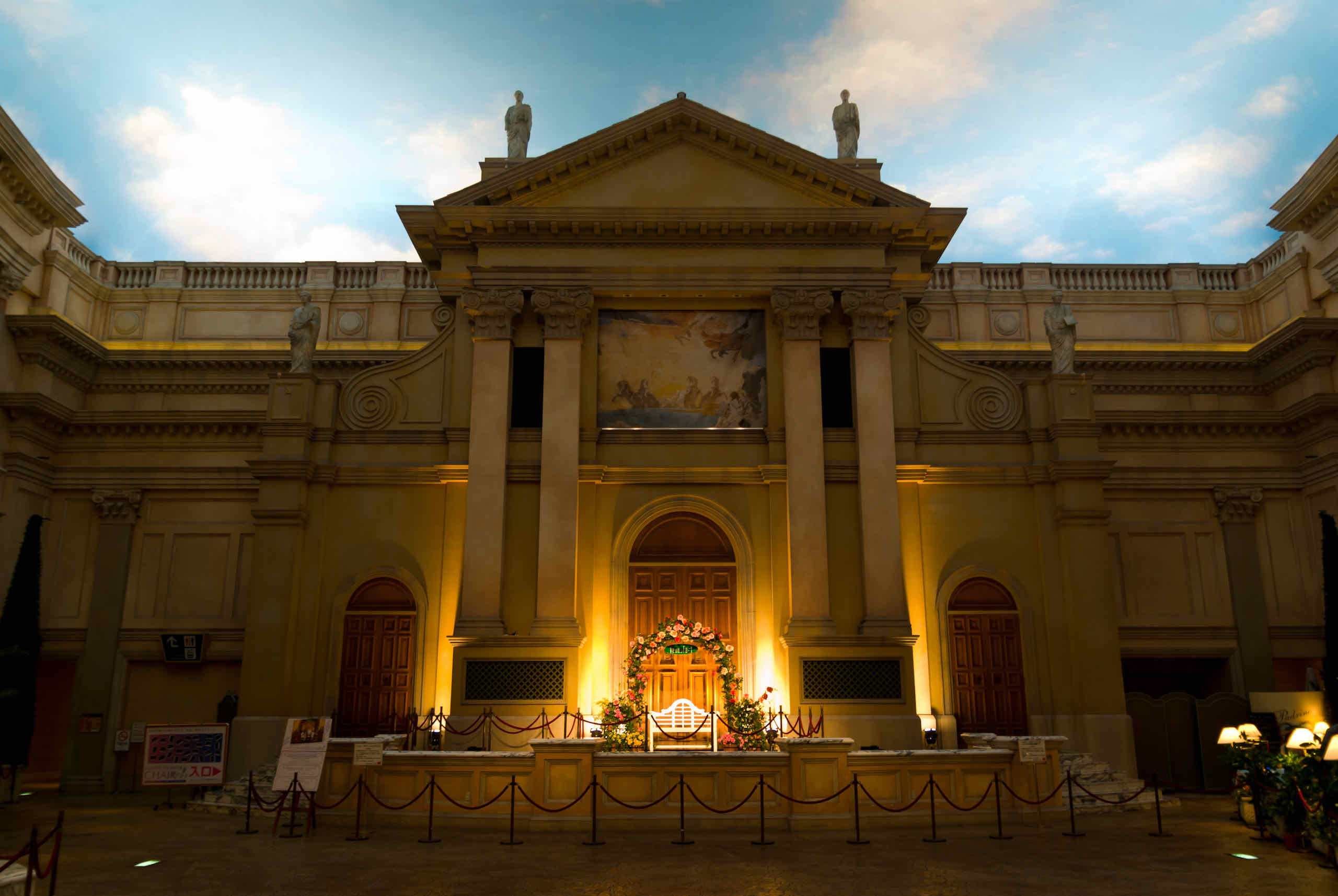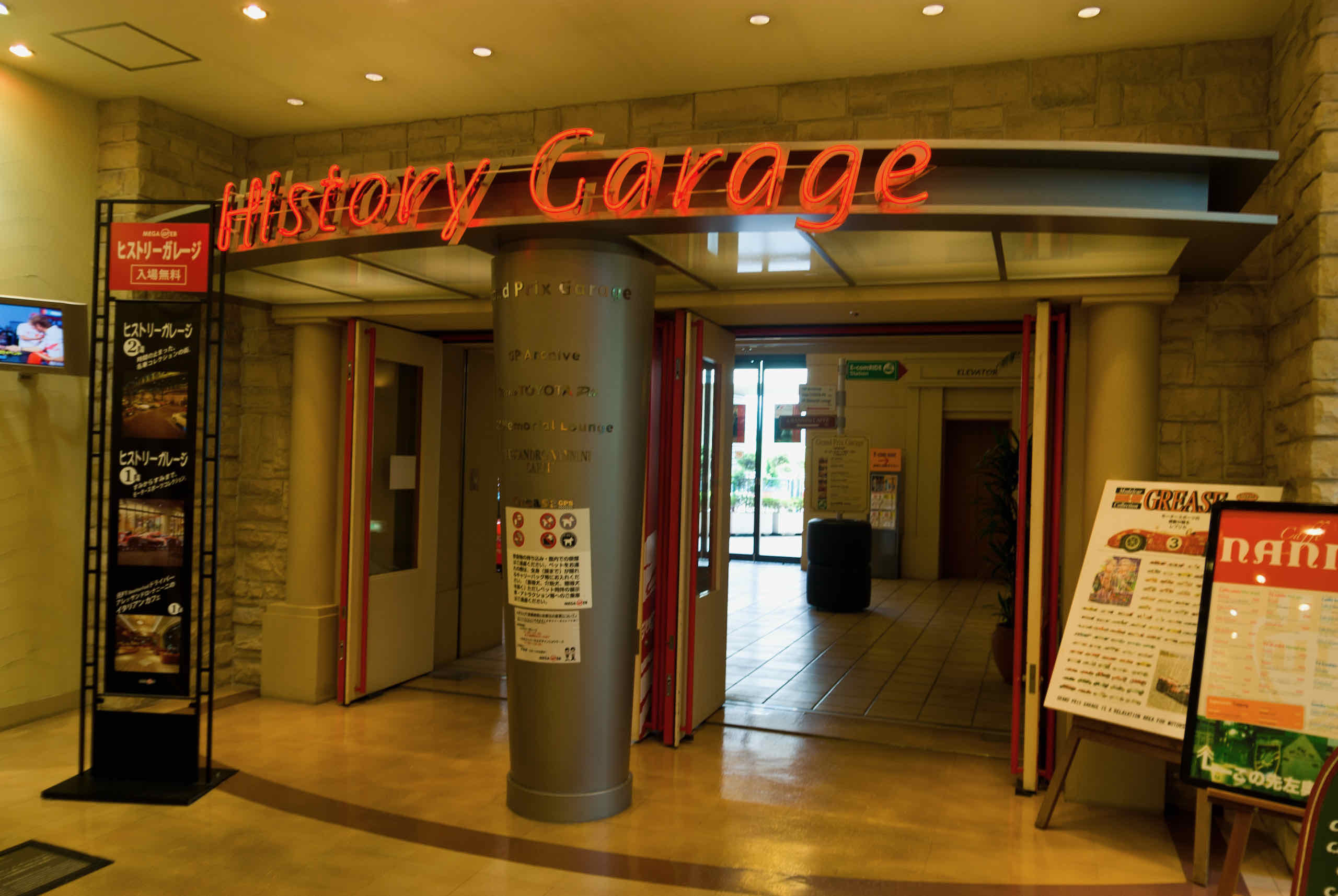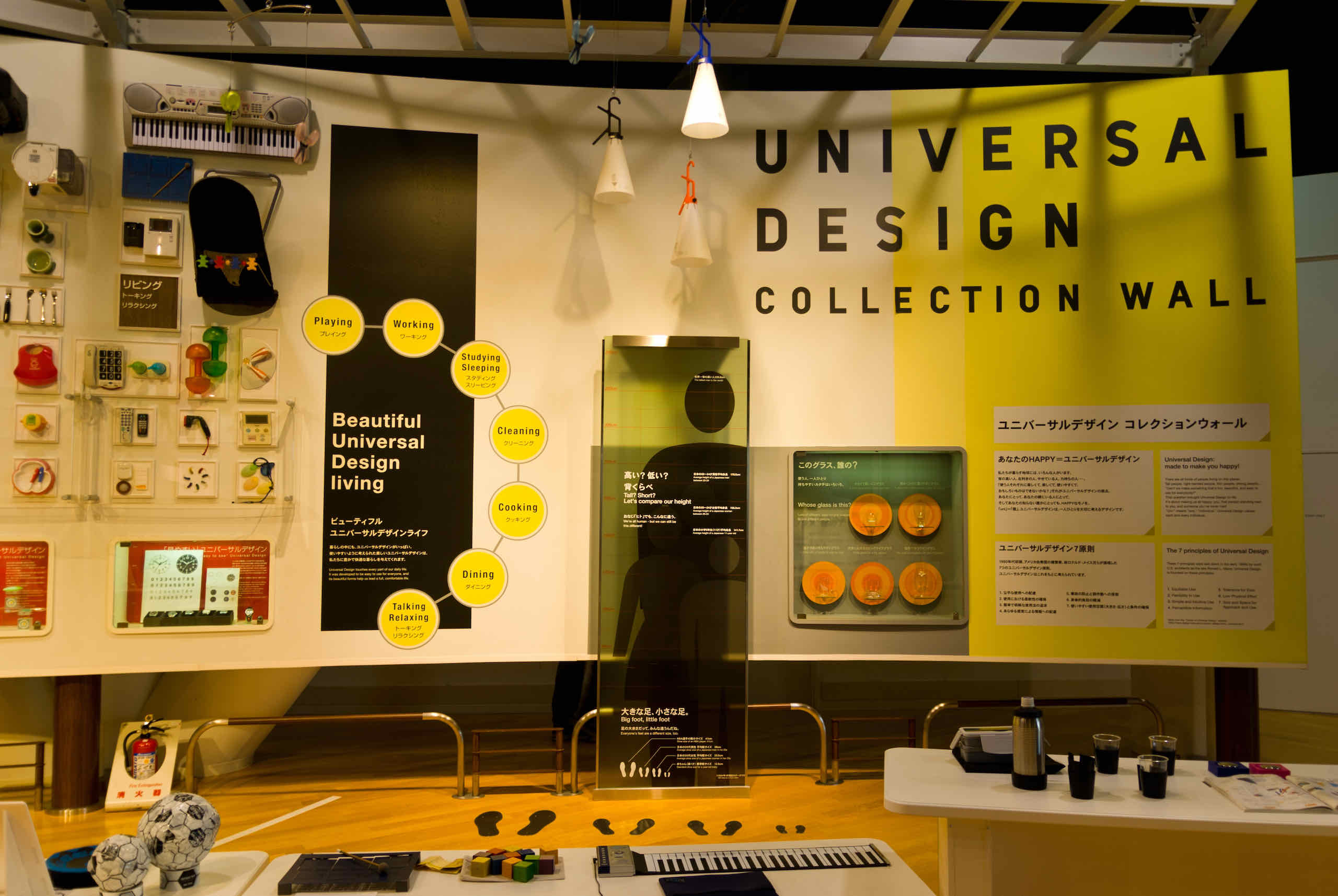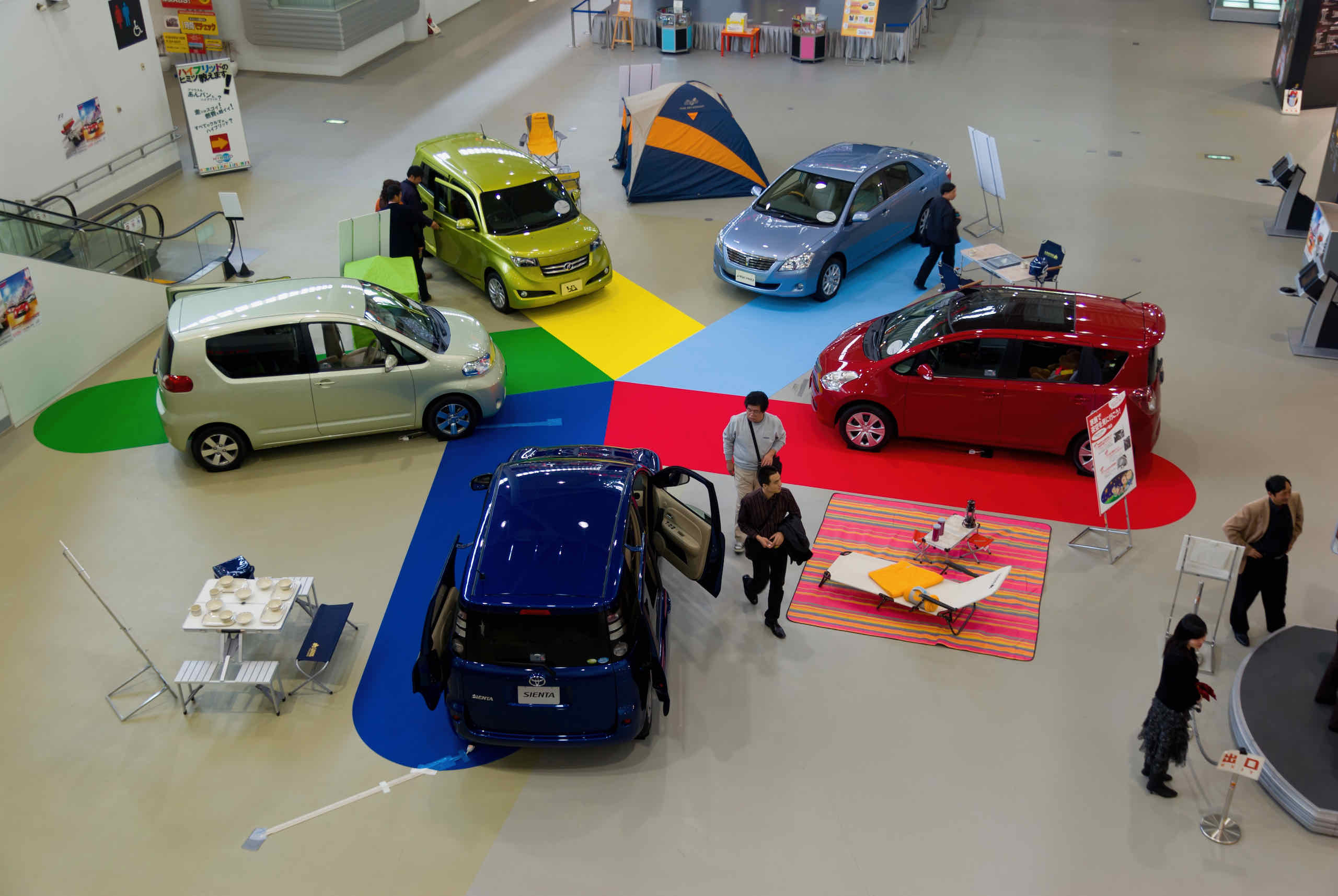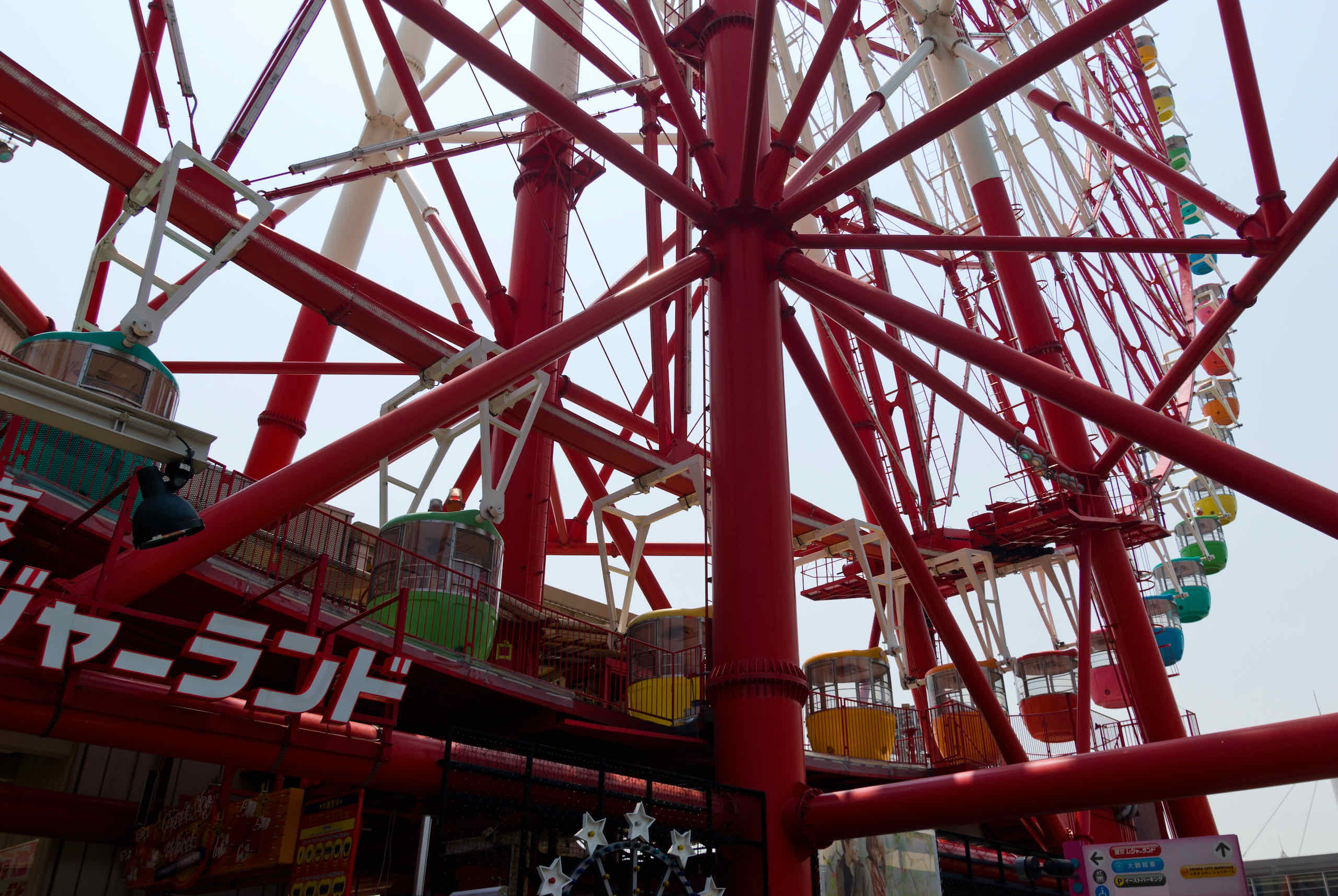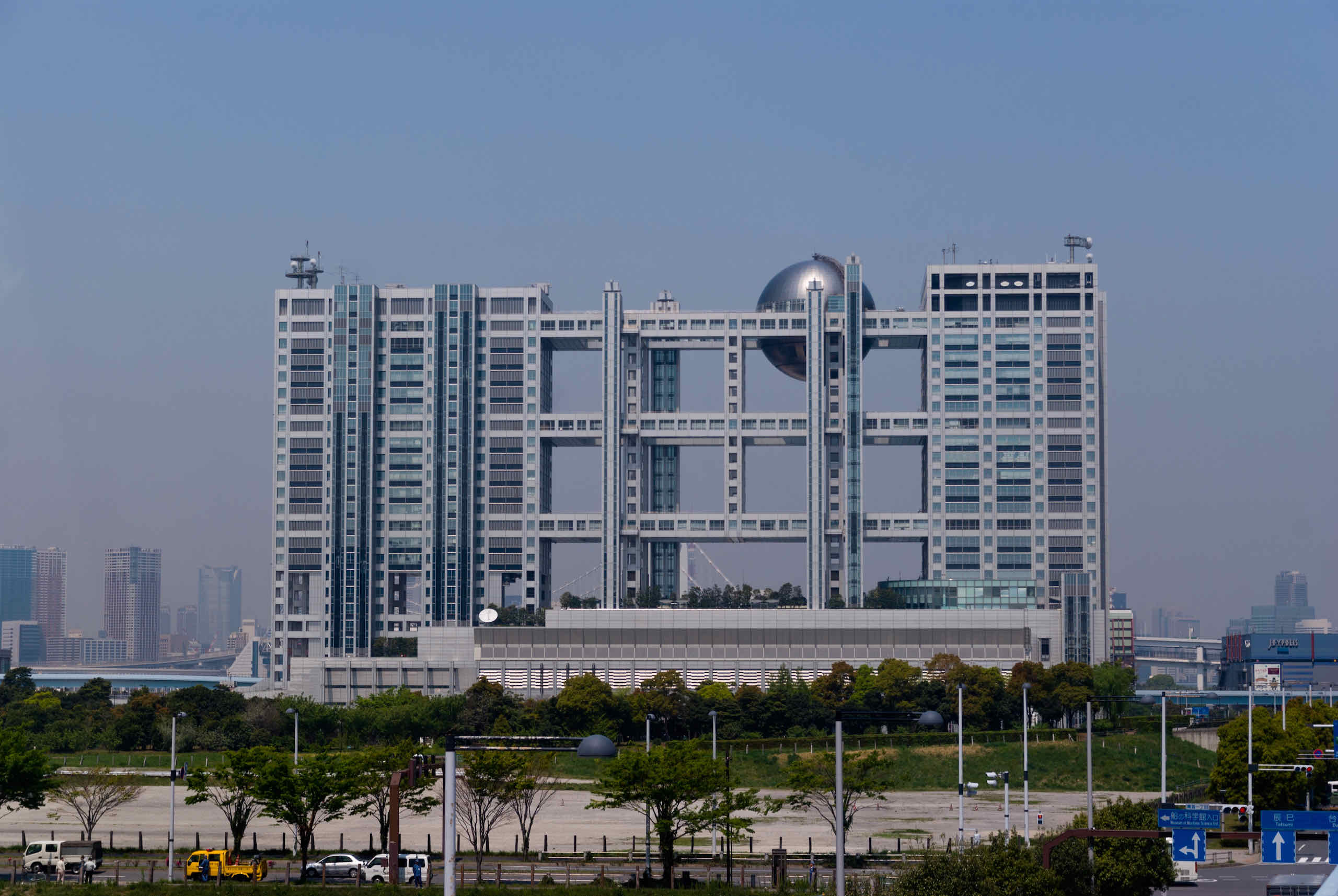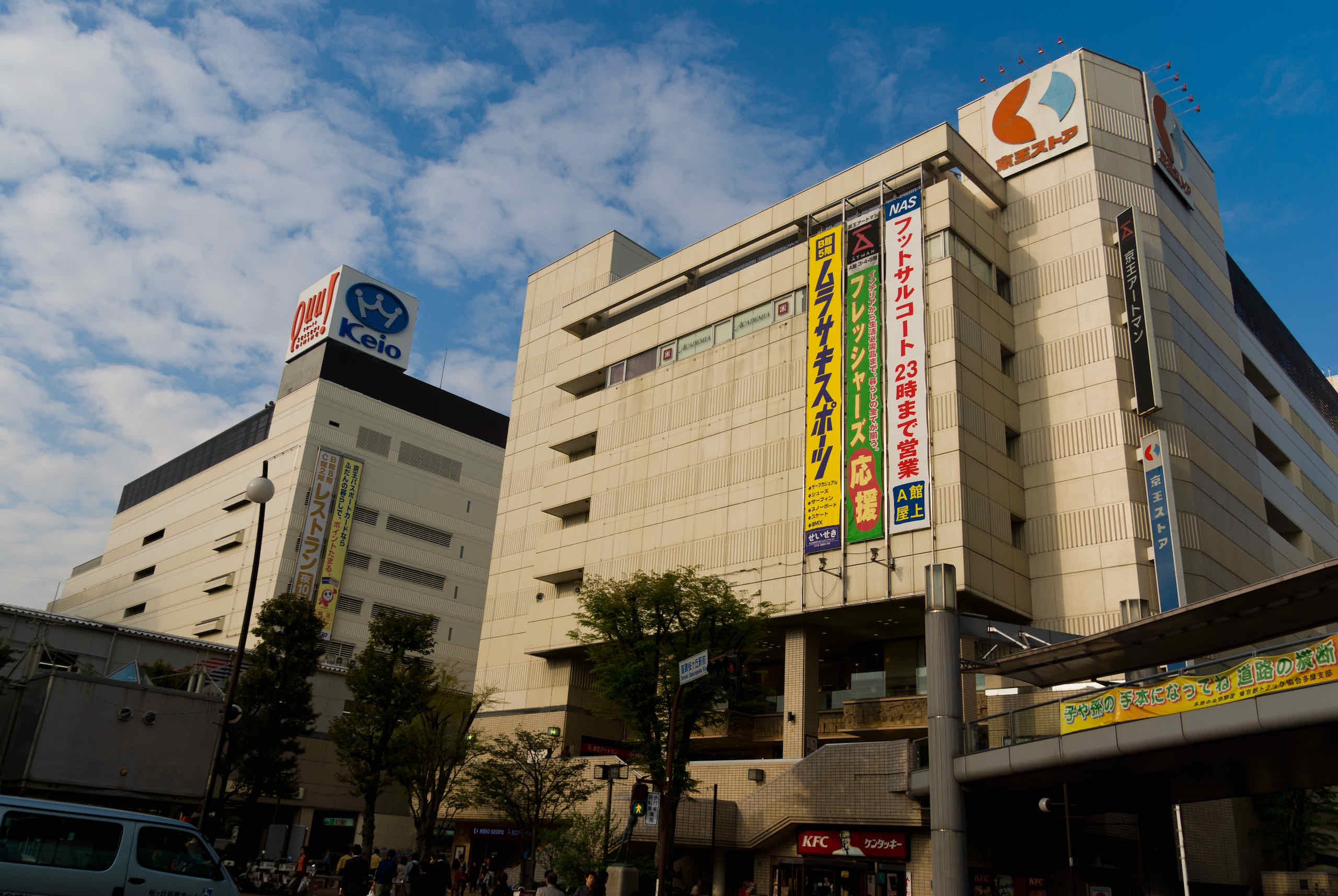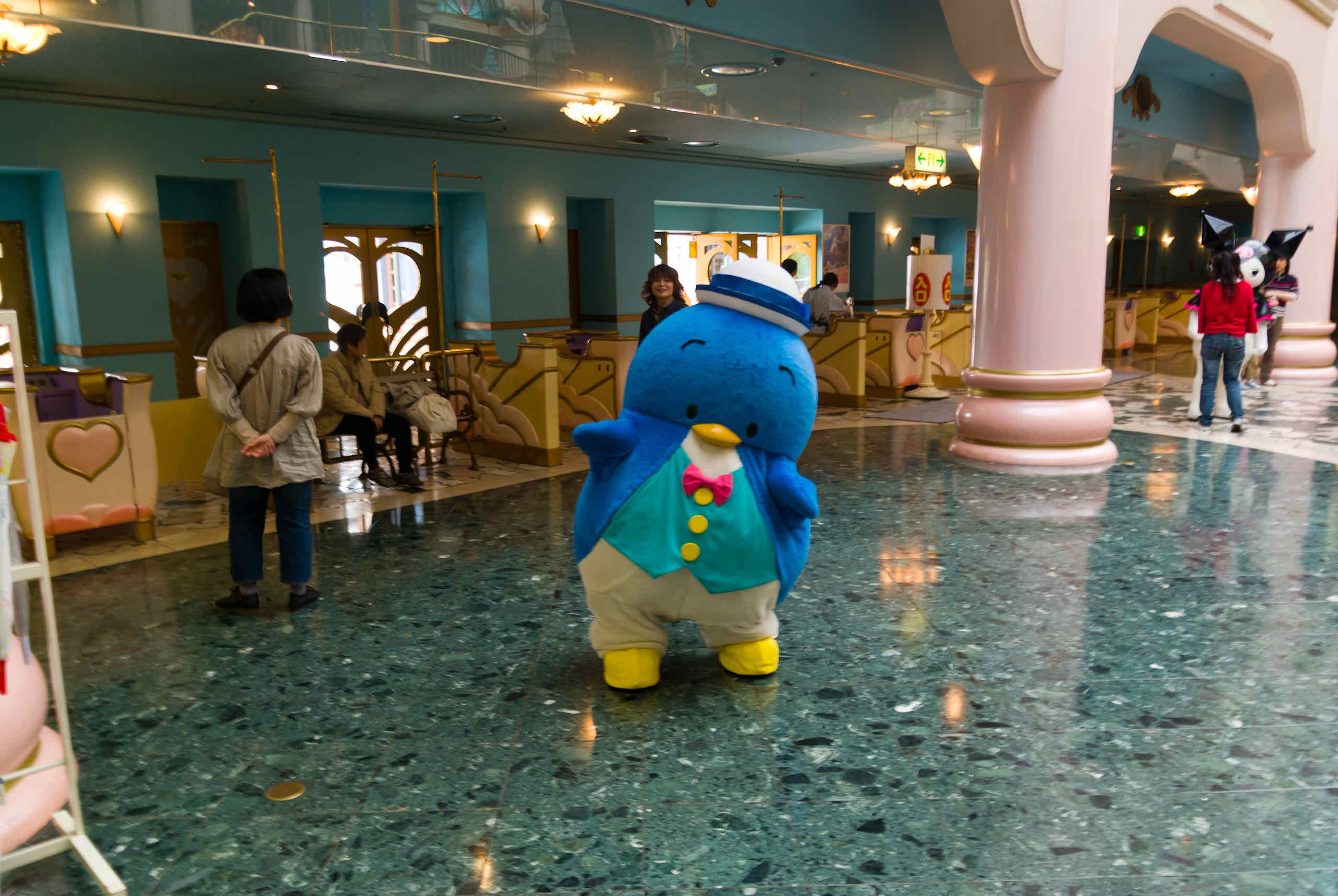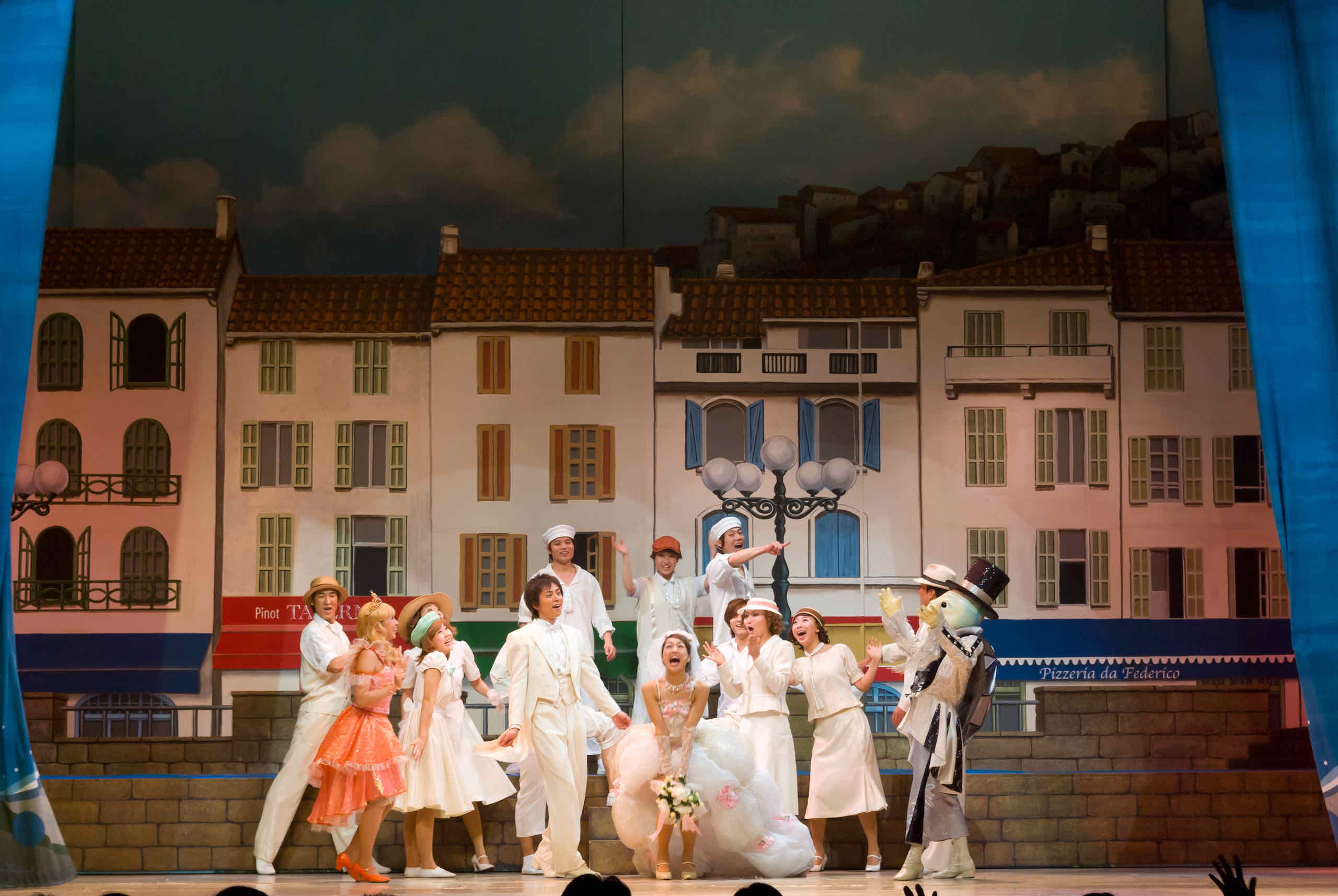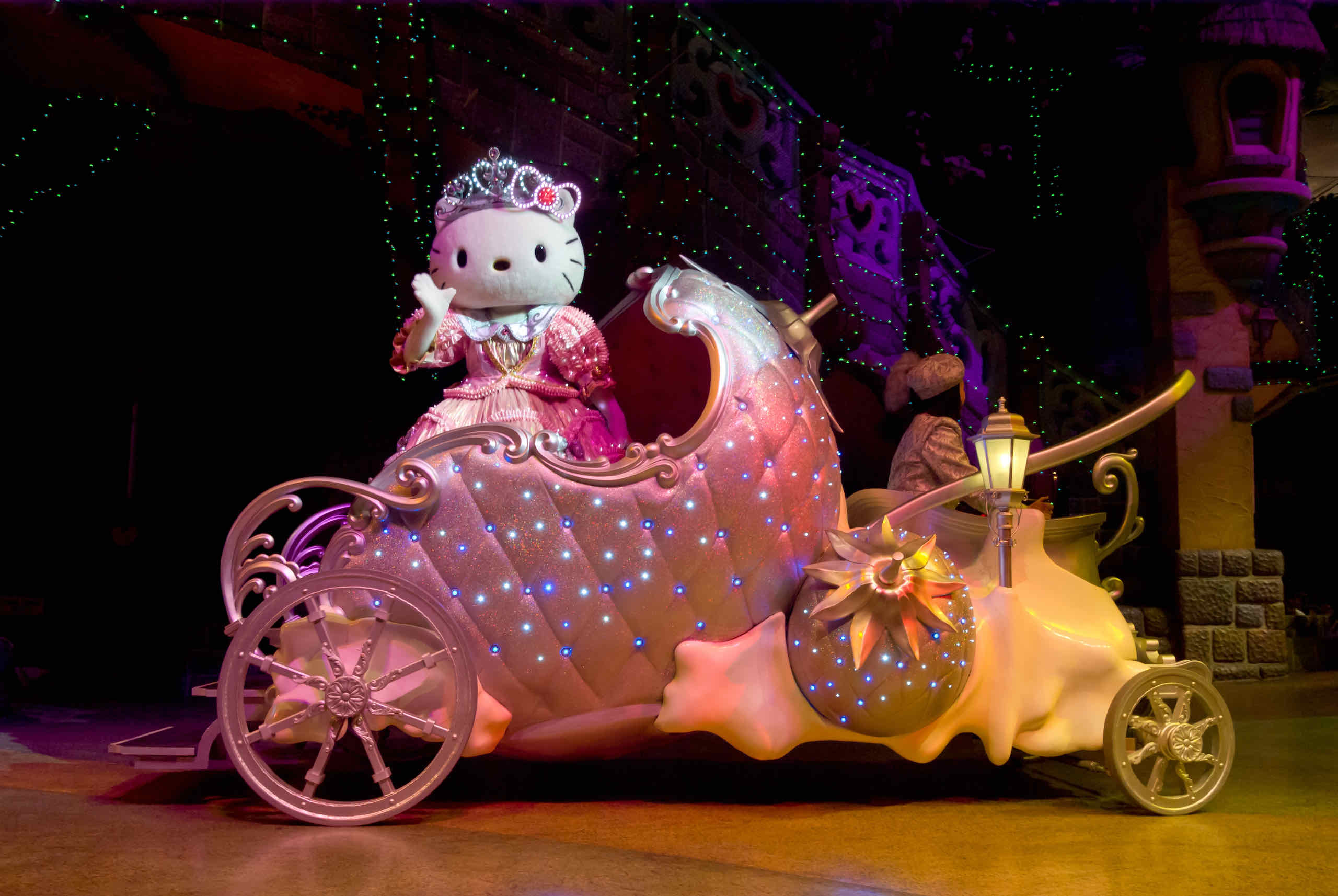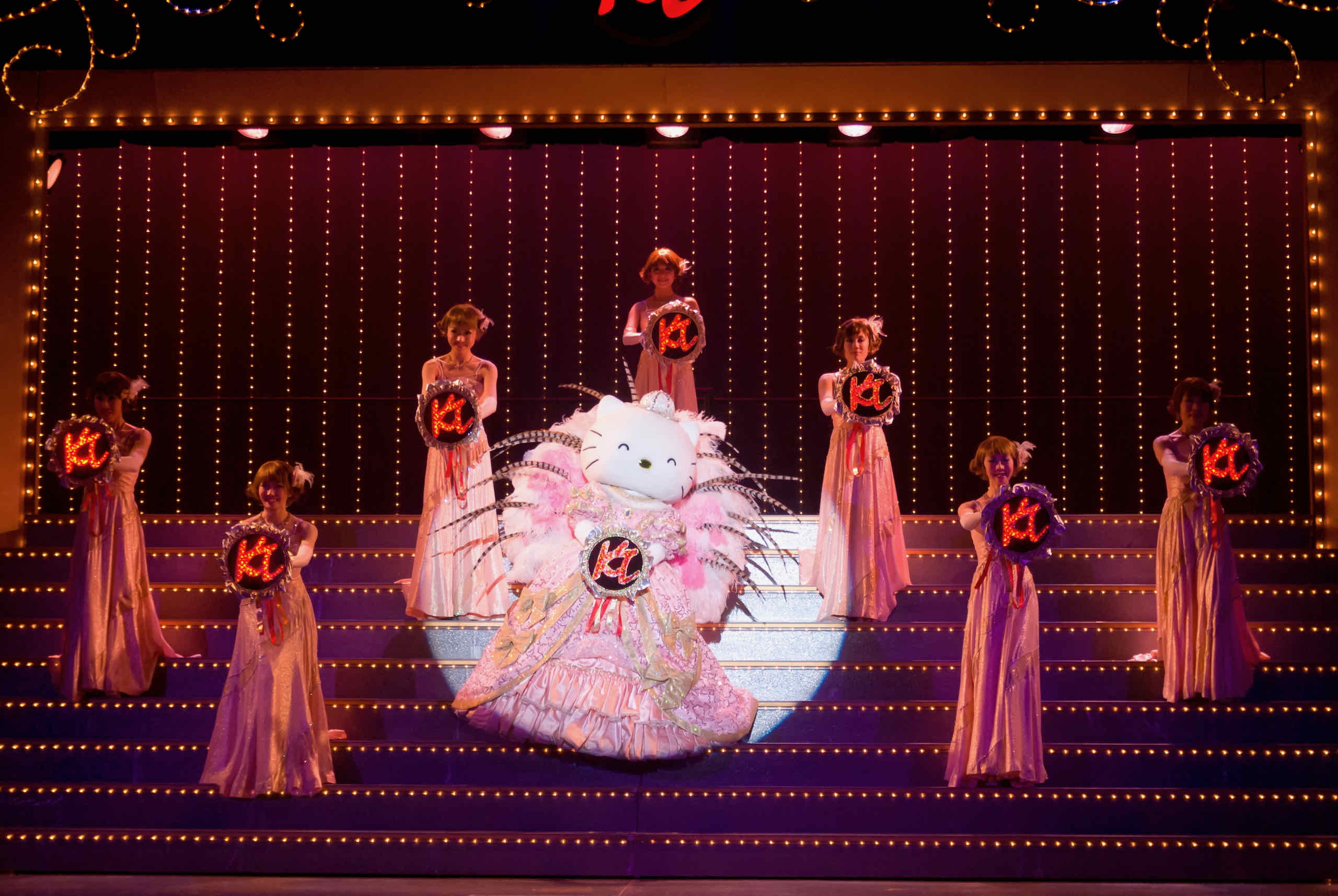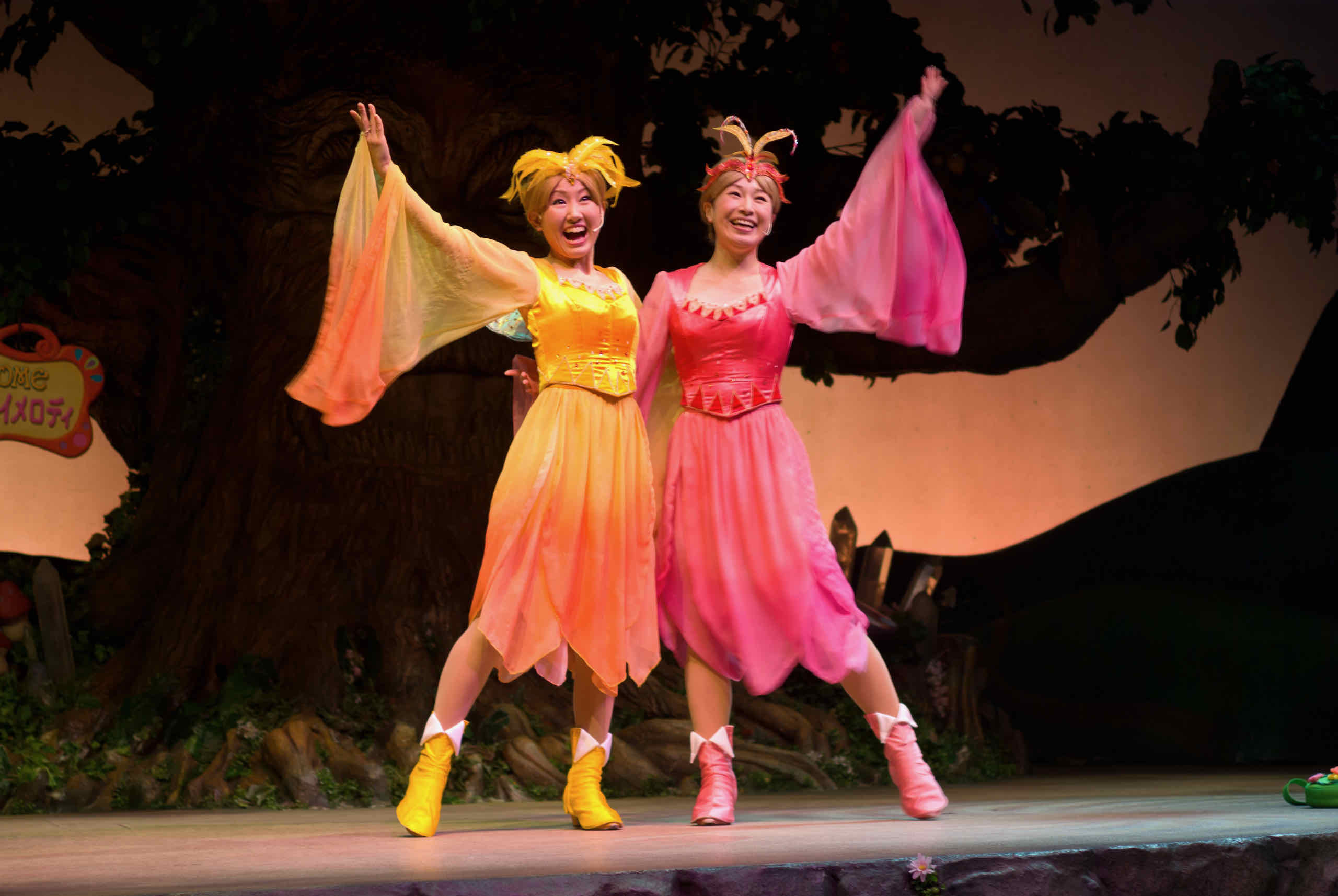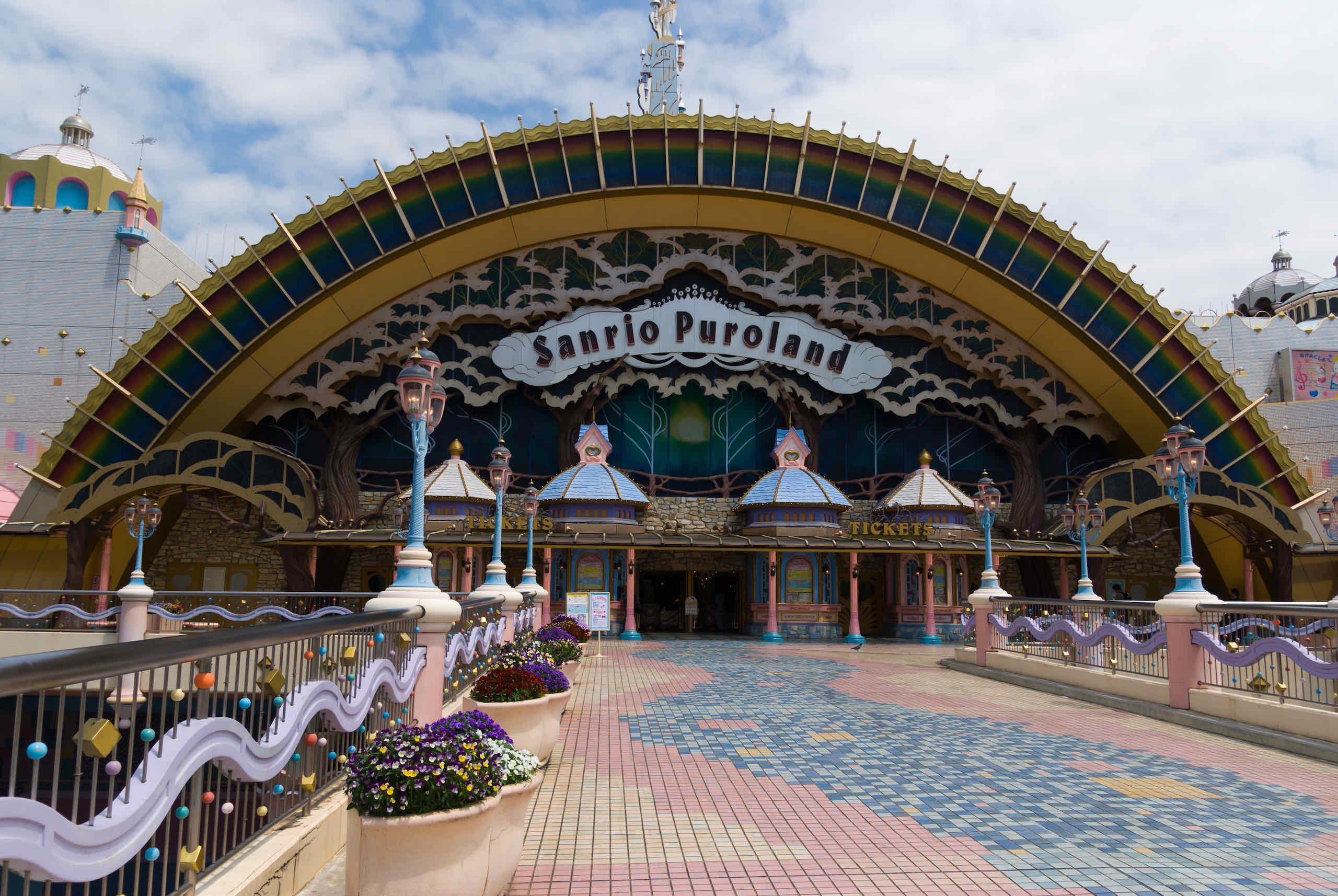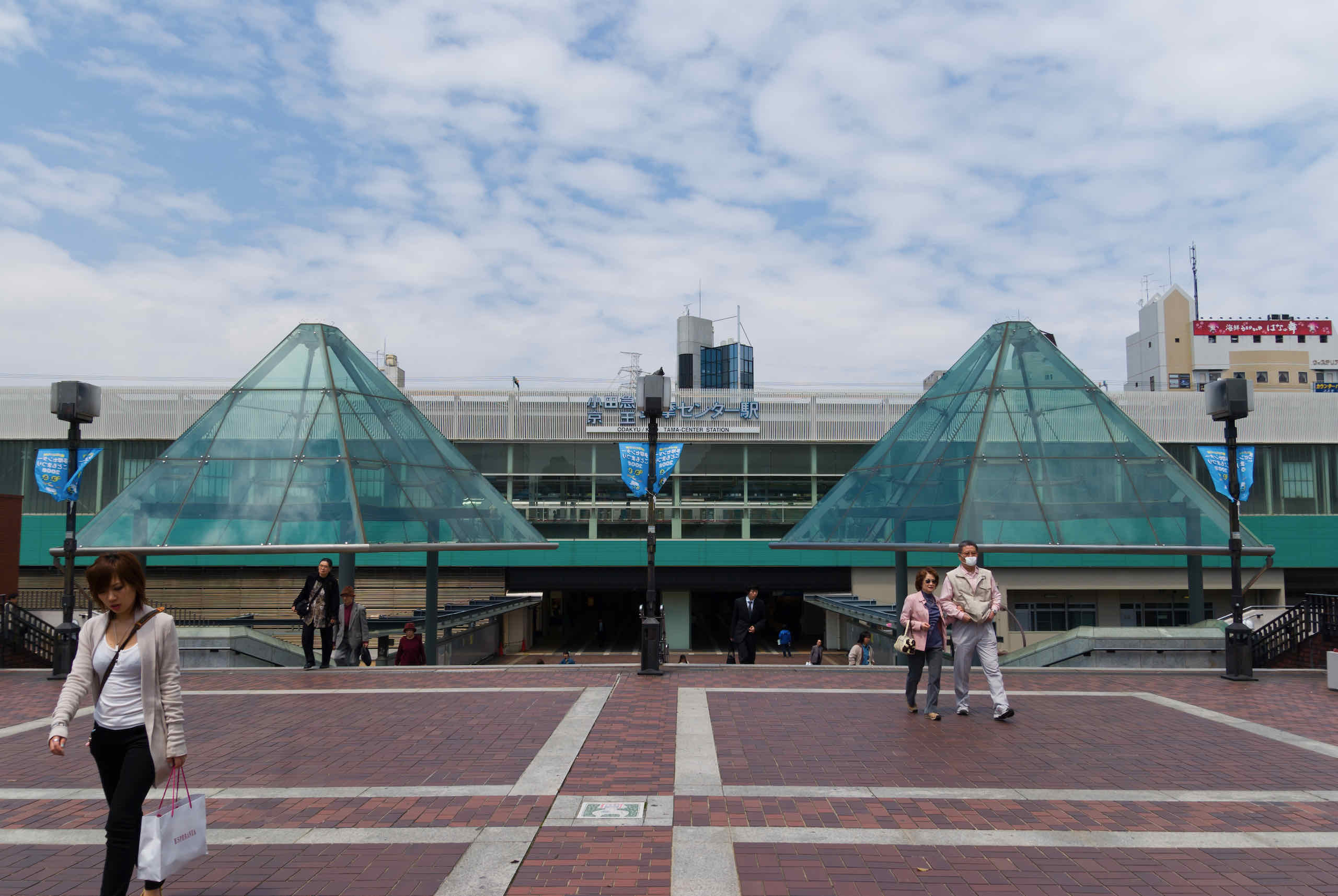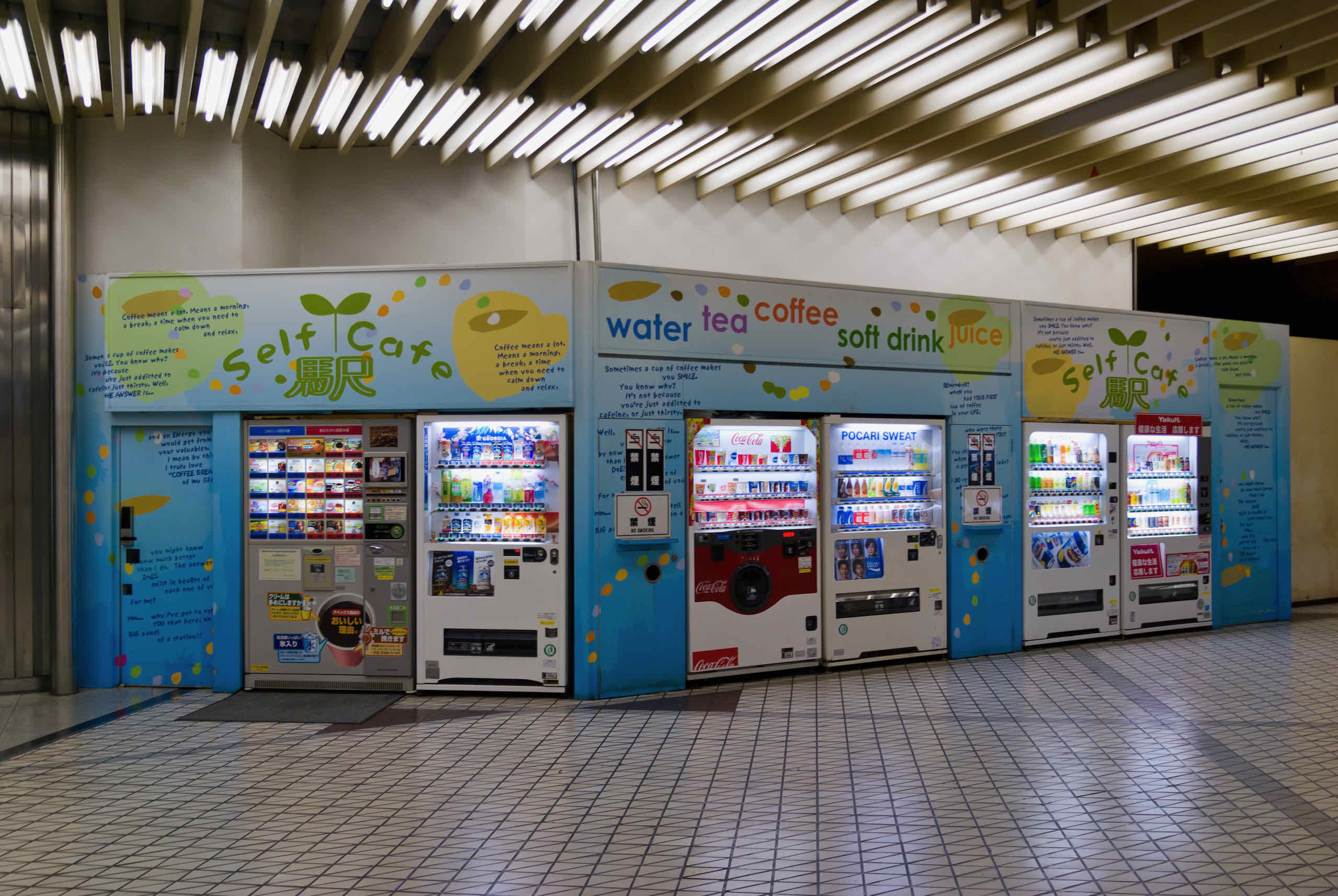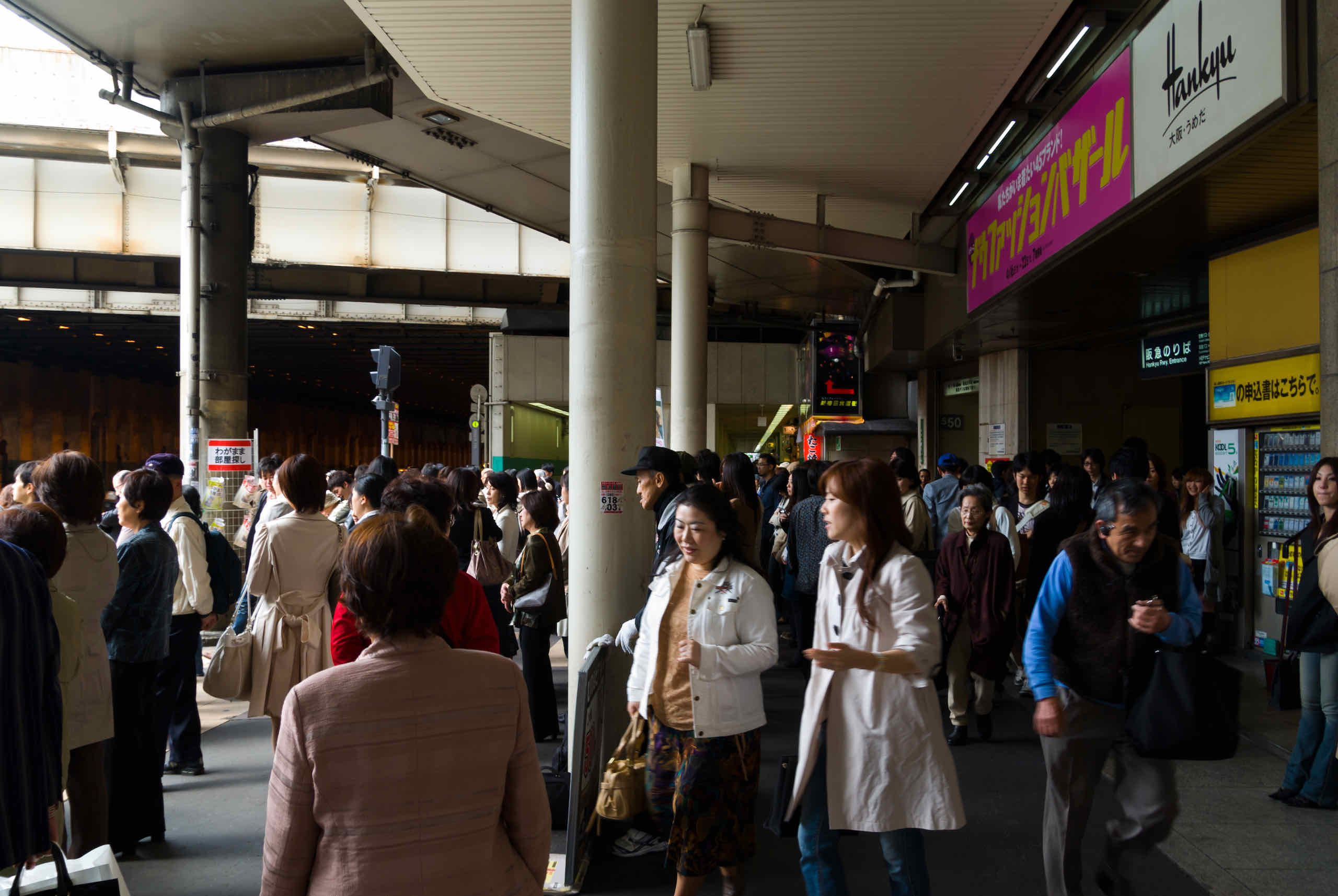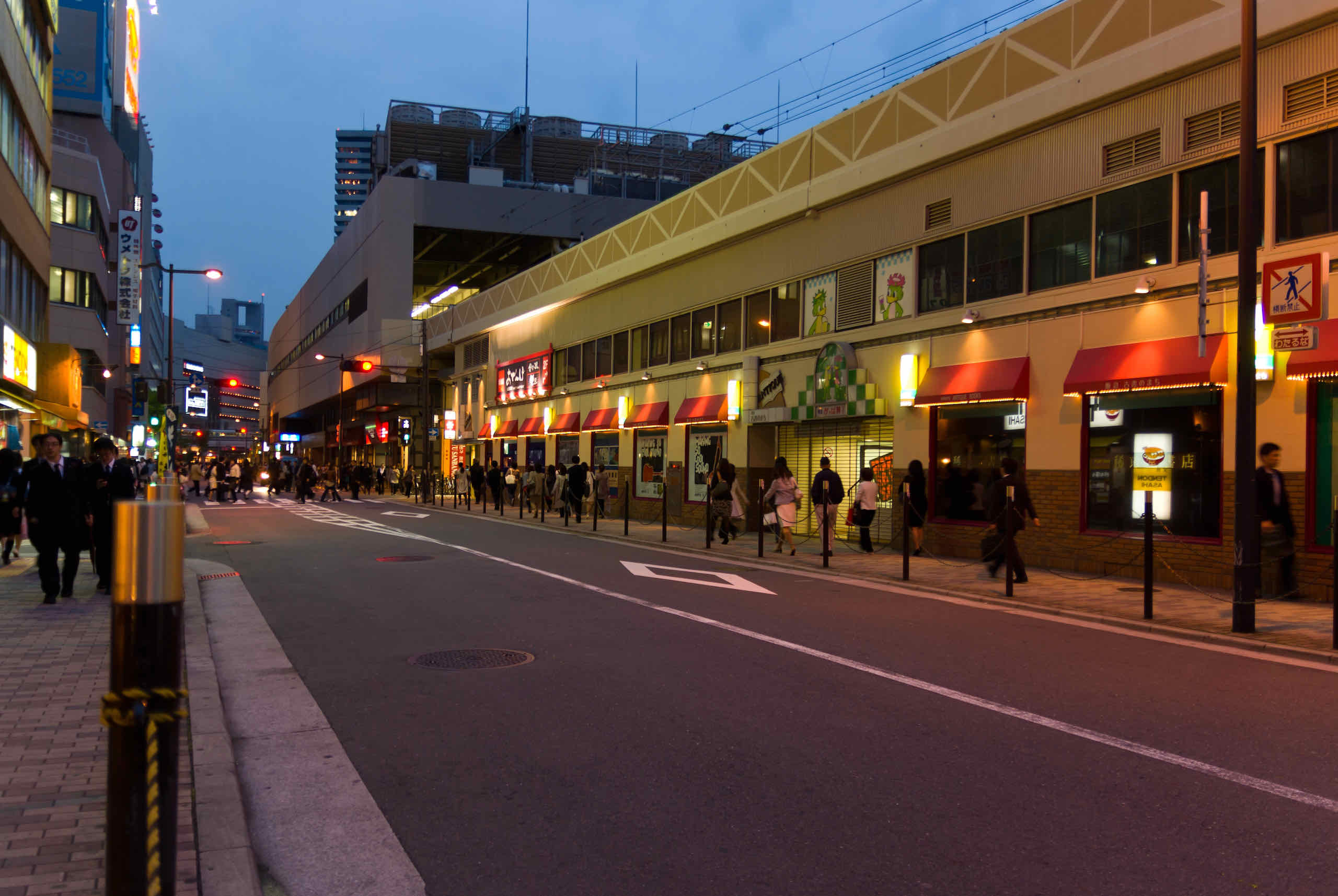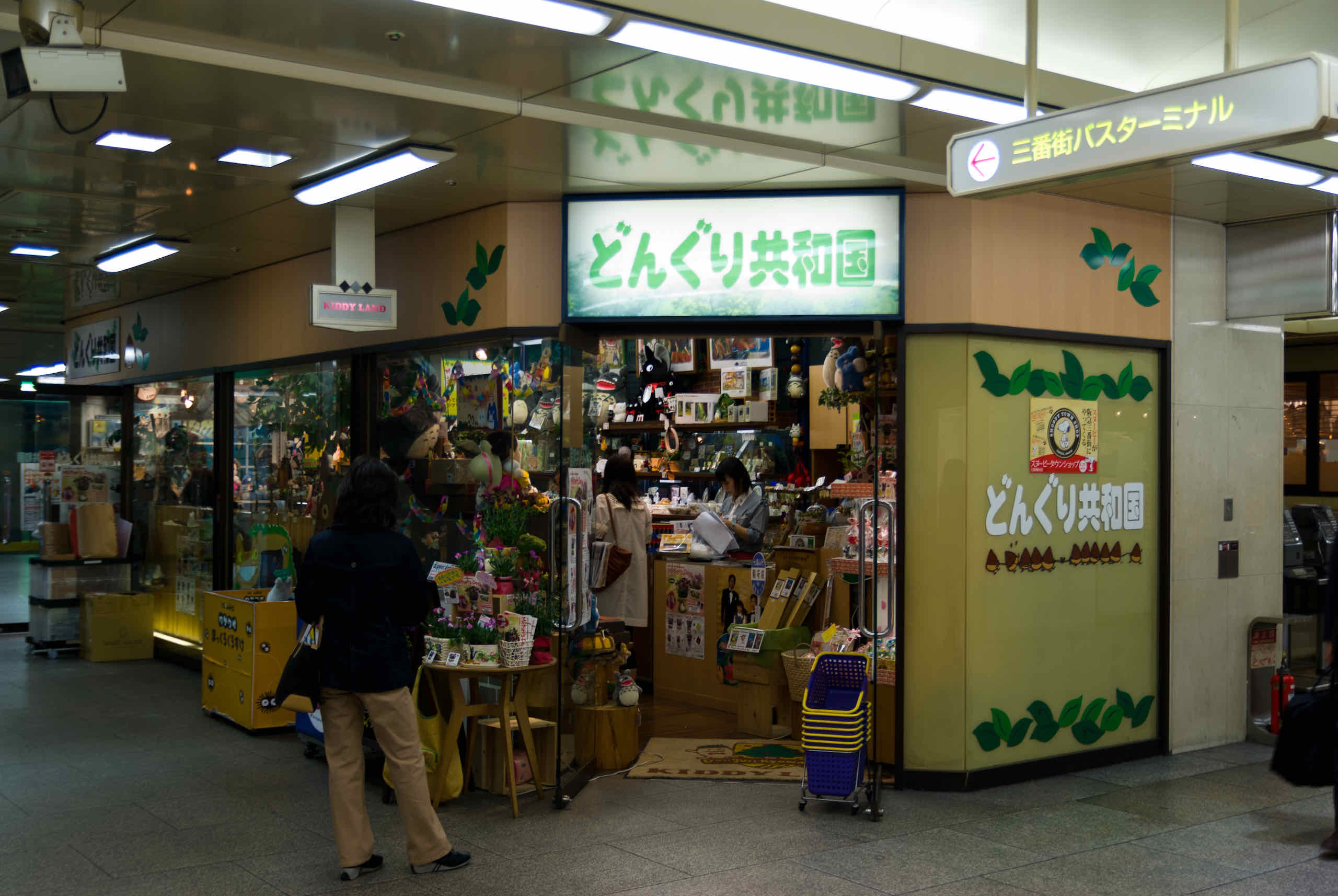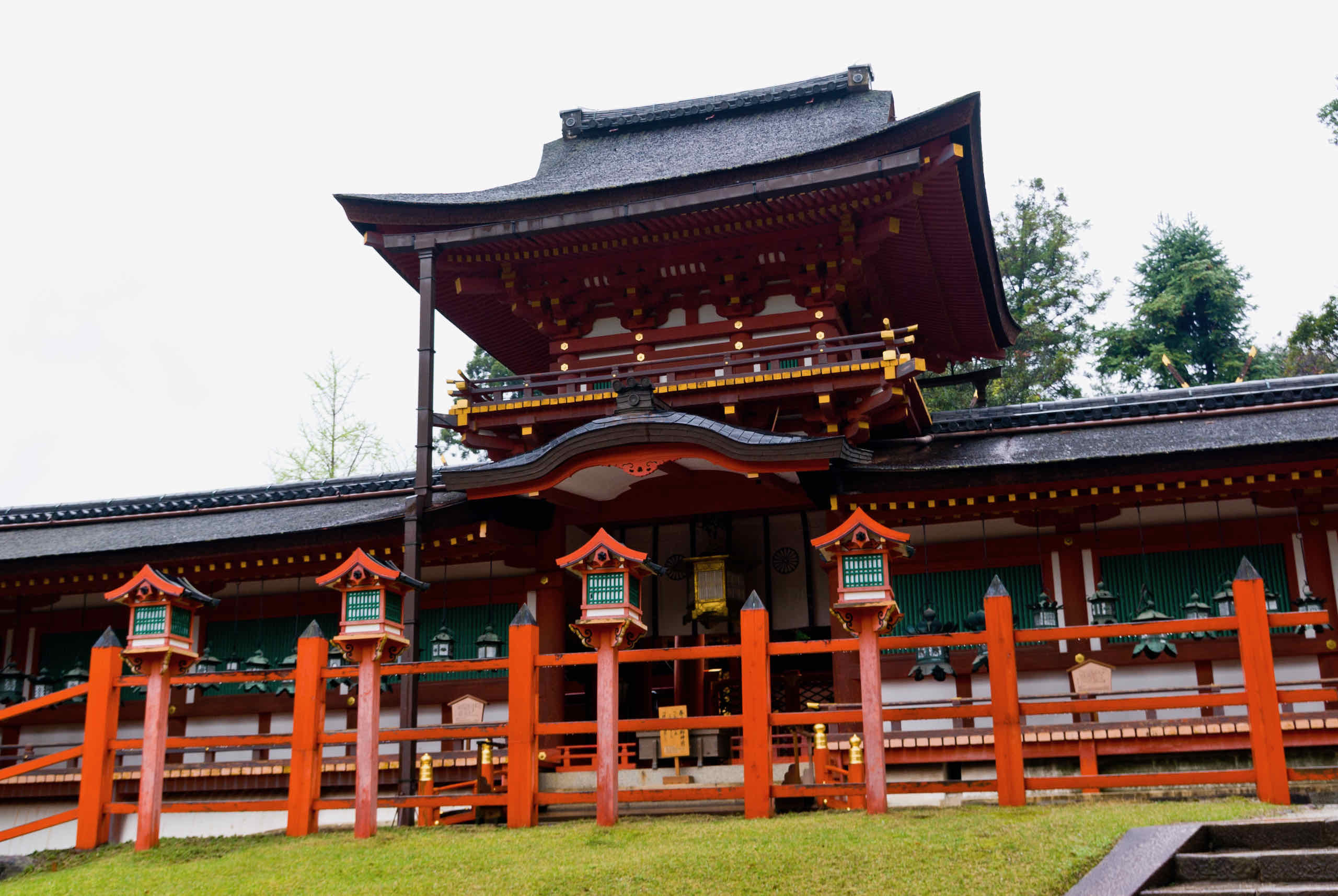Osaka Castle sits in the middle of a 106 hectare park appropriately called “Osaka Castle Park” (大阪城公園). It is a powerful symbol and landmark of Osaka, since it was a prominent part in the unification of Japan into shogunate control. The castle has been featured in countless historical dramas (as well as the TV dramatisation of James Clavell’s novel Shogun).
Sadly, the present day building calling itself the Osaka Castle Main Tower is a complete “fake” – it’s actually a concrete building constructed using modern construction techniques in 1935 (there’s even an elevator inside). Tokugawa Ieyasu destroyed the original main tower (built for Hideyoshi Toyotomi) in the decisive Summer Battle of Osaka. He then ordered it rebuilt, but that building was struck by lightning and destroyed by fire about 36 years later. Another reconstruction survived till the 19th century, when the Meiji New Government troops burned it as part of the Meiji Restoration. It became an armory and in 1945 an American bombing raid destroyed most of it. The modern day reconstruction restores the castle to its Edo era splendour.
Despite that though, the building does look grand from the outside, and operates as a museum inside.
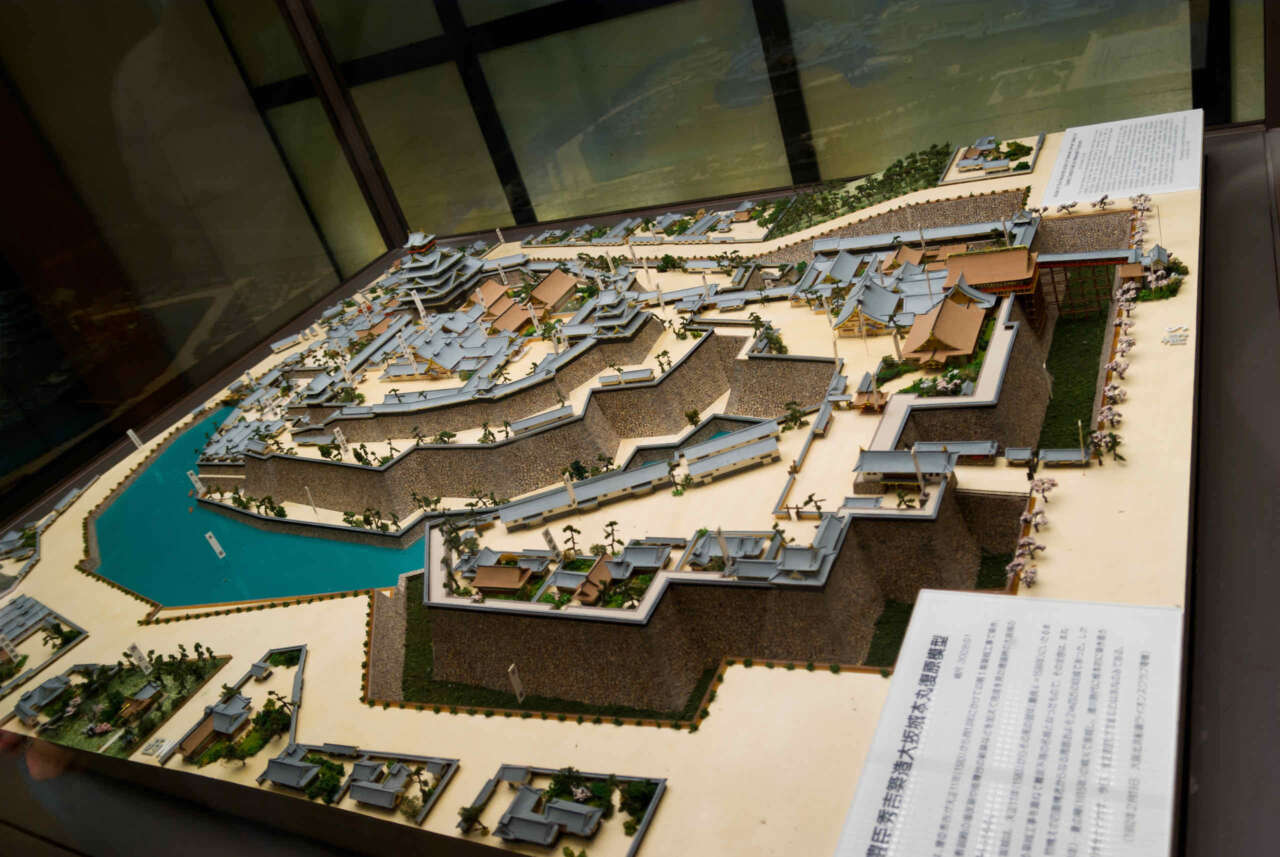
Here’s a scale model of Osaka Castle as it would have existed originally.
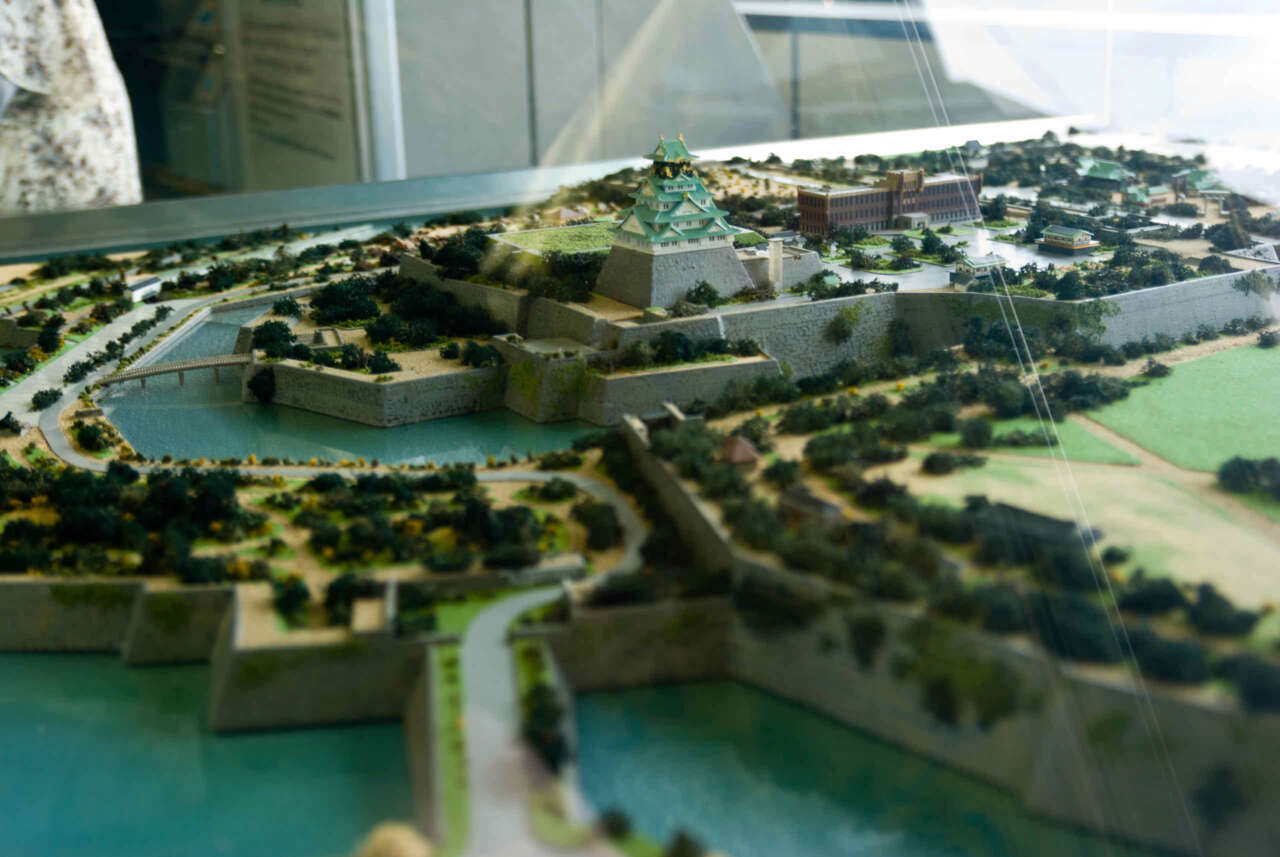
And this is a scale model of how it looks today.
Reaching Osaka Castle
We arrived at Osaka Castle Park via the JR train to the appropriately named Osaka Castle station (大阪城駅), and then crossed over a pedestrian bridge to get to the castle park grounds. There is an “Osaka Castle Park Tram” or “road train” to get to the castle main gate.
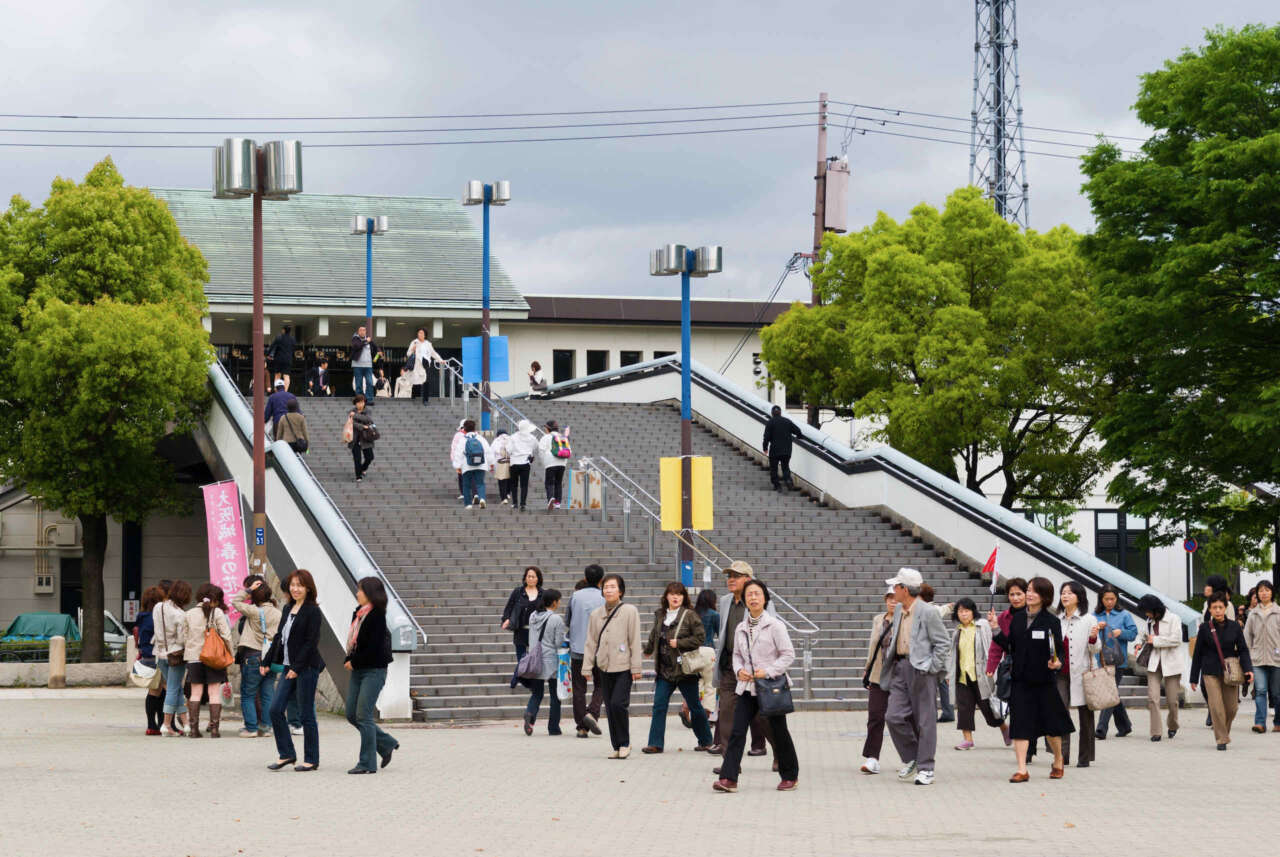
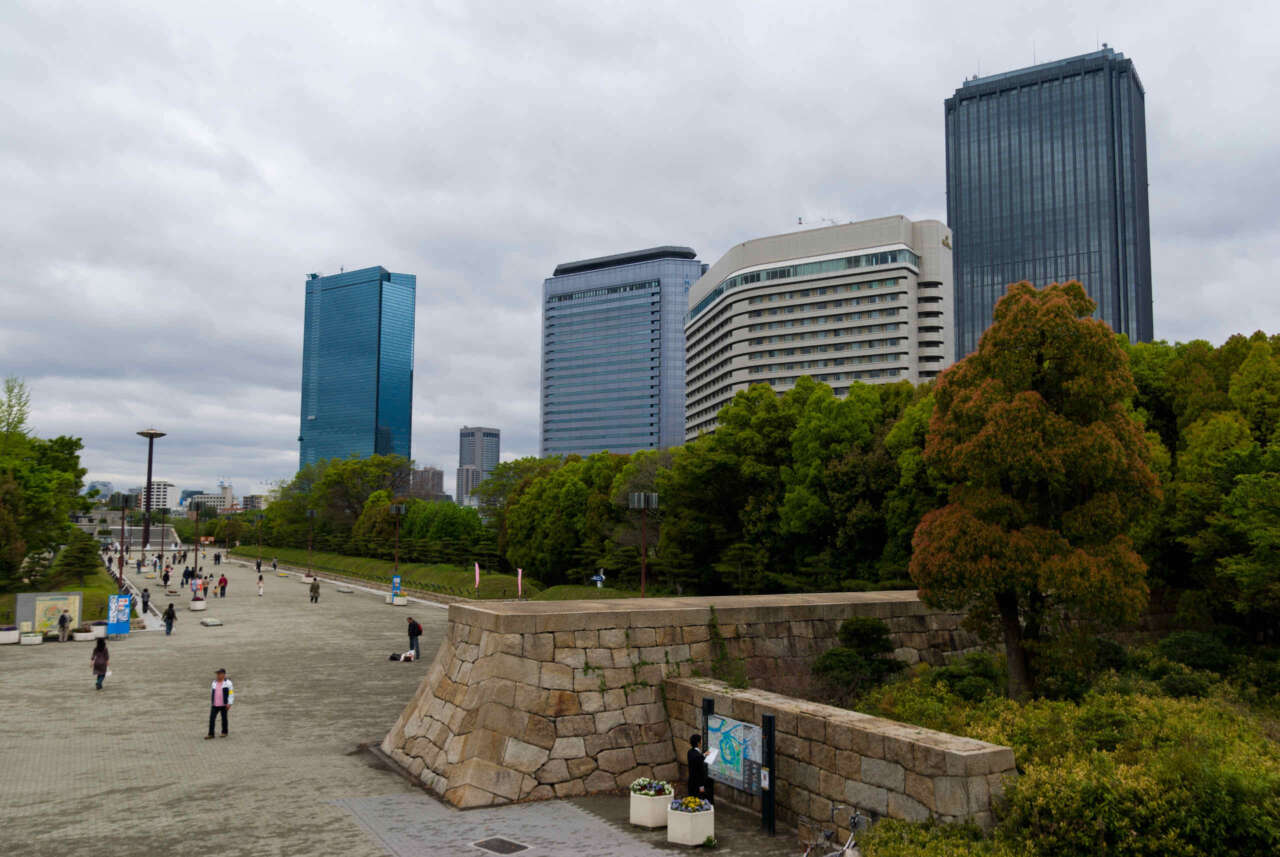
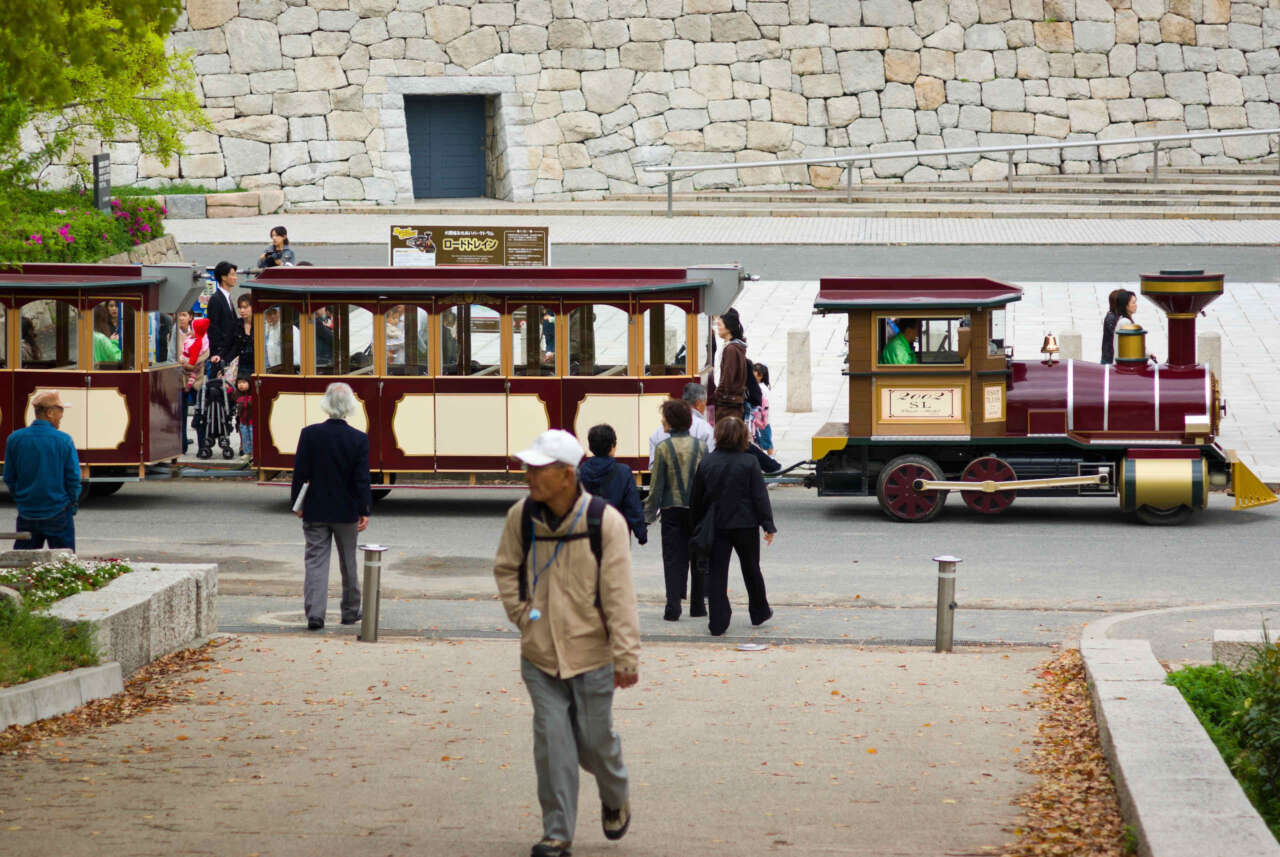
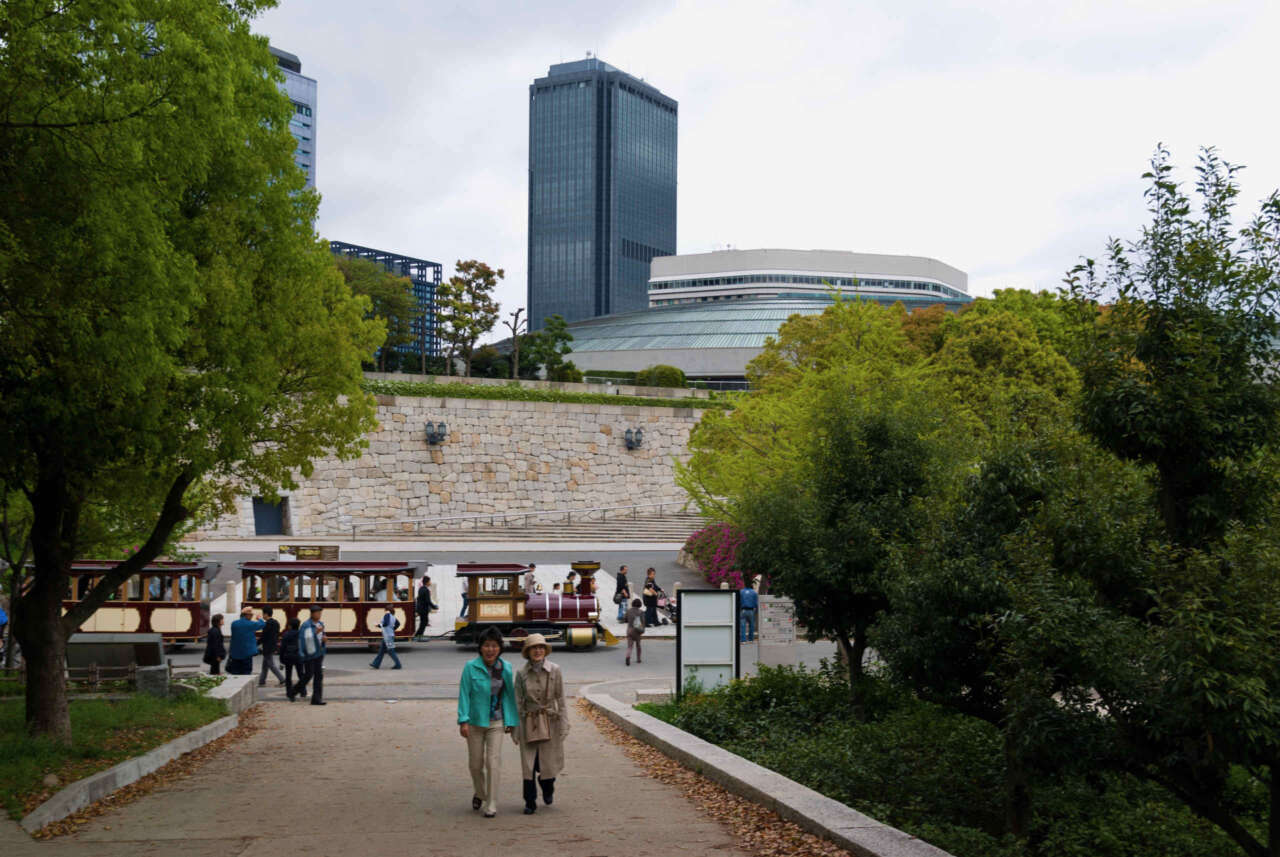
We circled around an outer moat, then went across the Aoya gate and saw the inner moat. We then crossed the Gokuraku bridge (極楽橋) with the castle main tower in the background. Osaka Castle was probably the most heavily fortified castle in the 16th century due to it’s strategic importance. Up to a million granite stones were used to construct the stone walls, which extend 12 km.
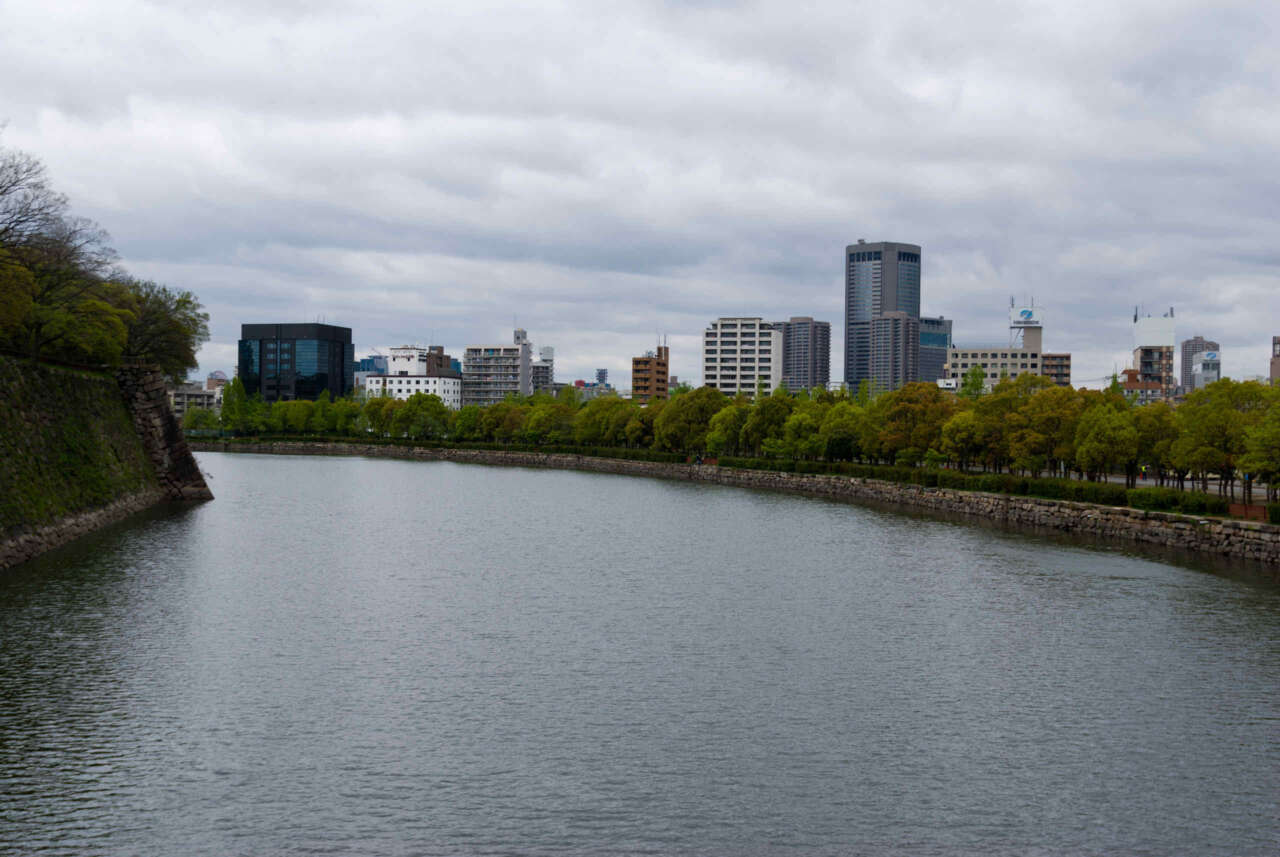
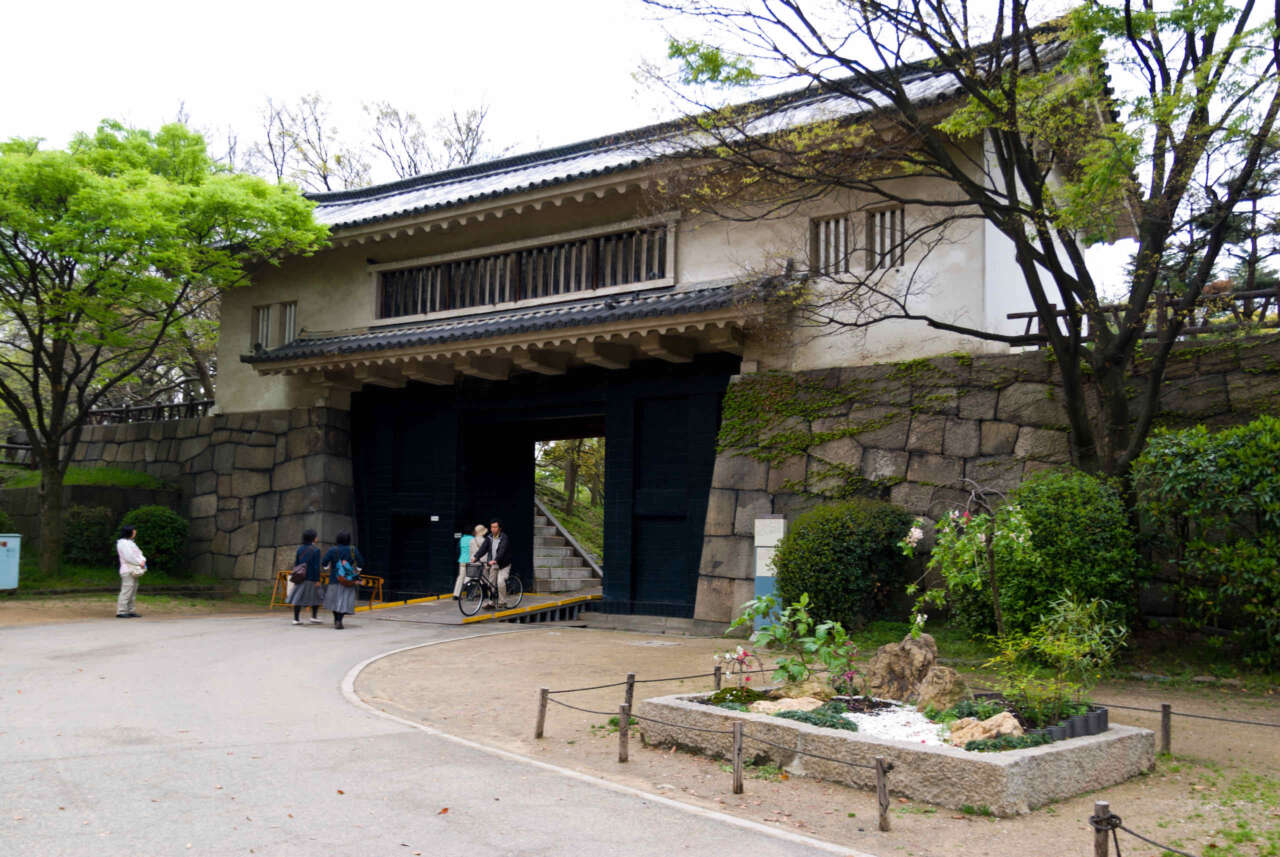
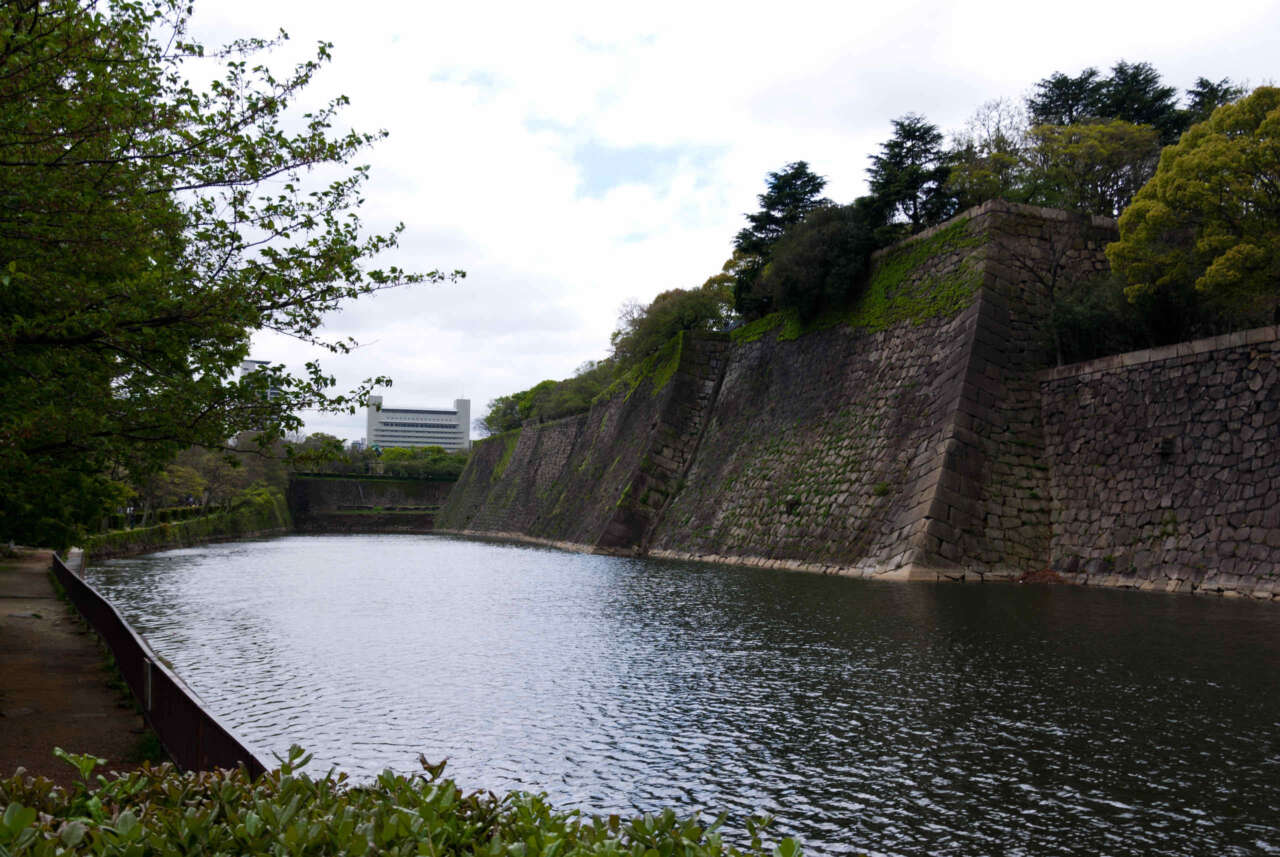
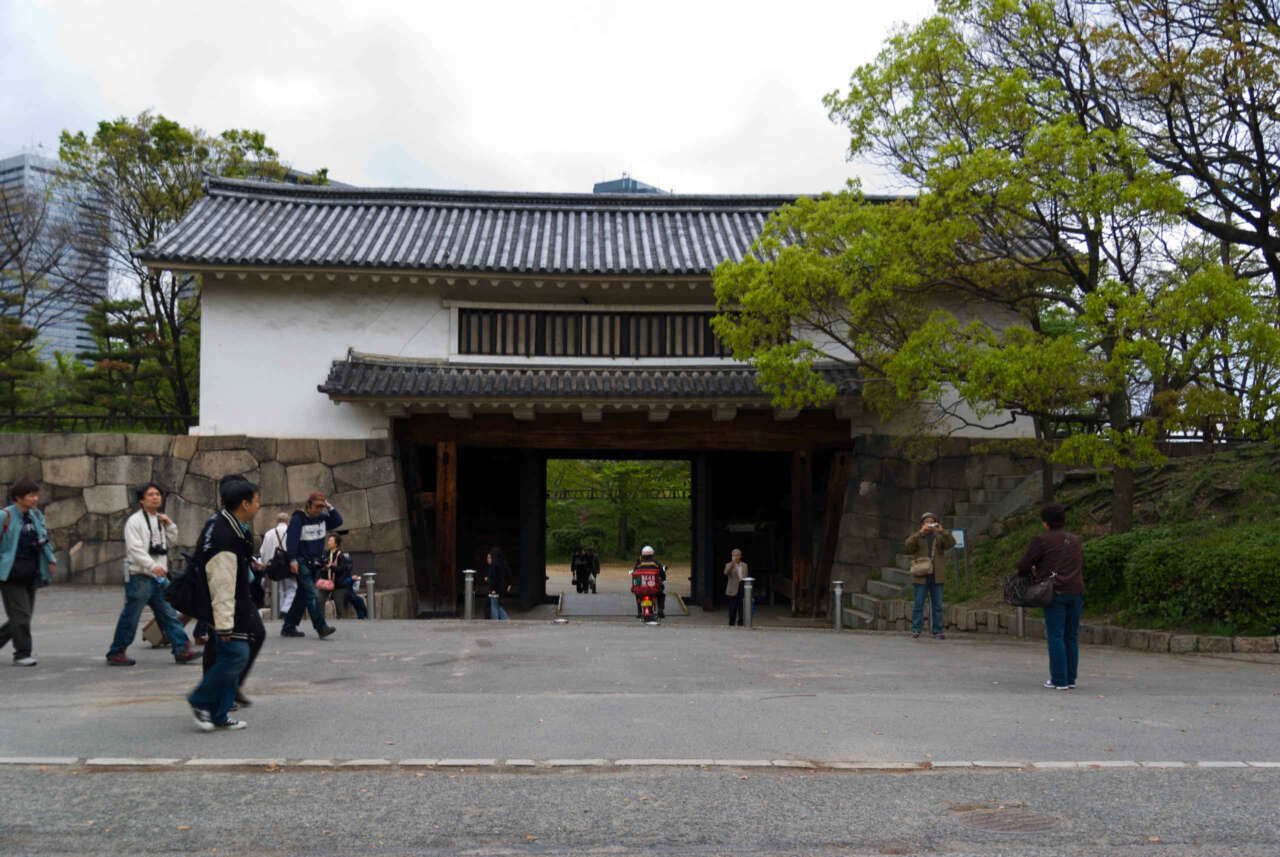
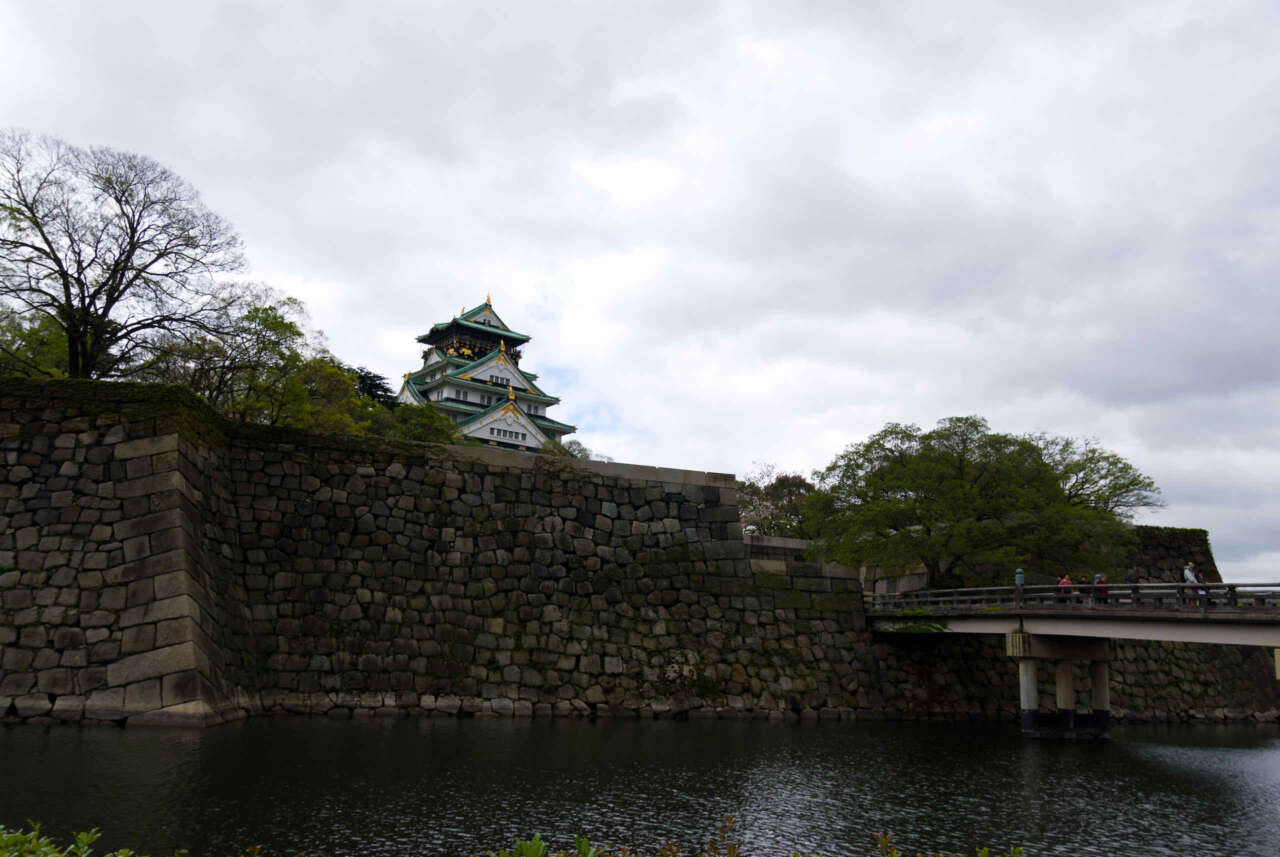
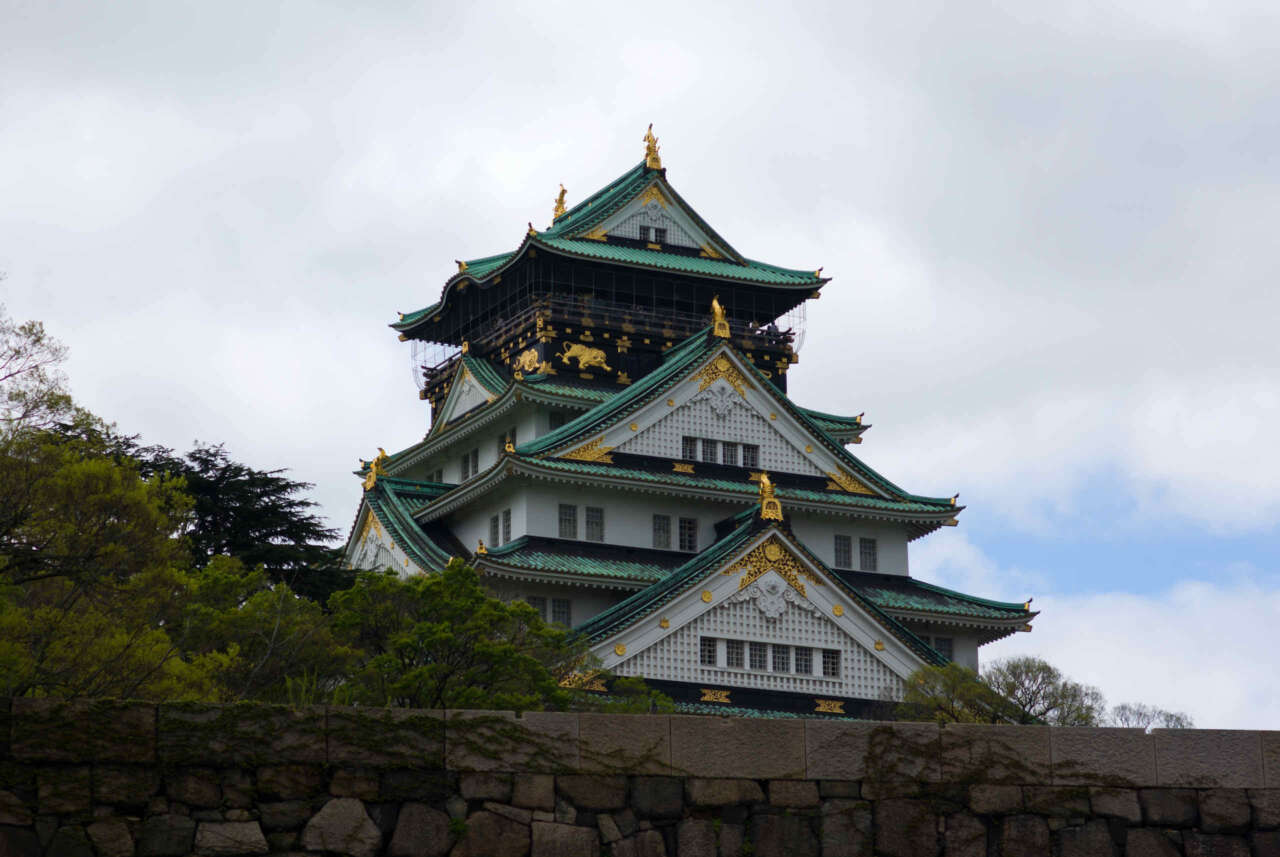
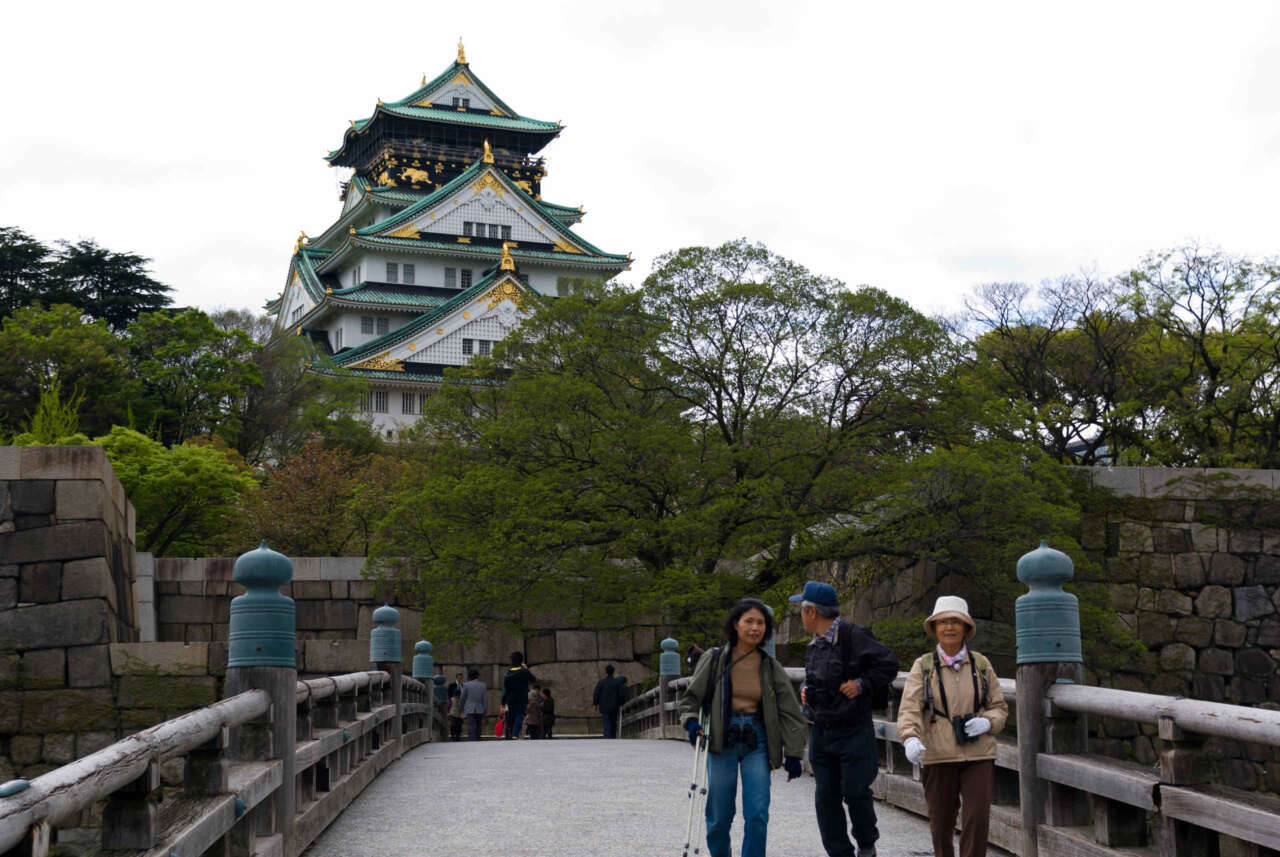
Castle Grounds
We passed through some stones from the original castle construction, before entering the inner castle grounds through a ramp. The main castle tower looks majestic. Unfortunately, the external elevator (for disabled access into the tower) kind of ‘spoils’ the historical look.
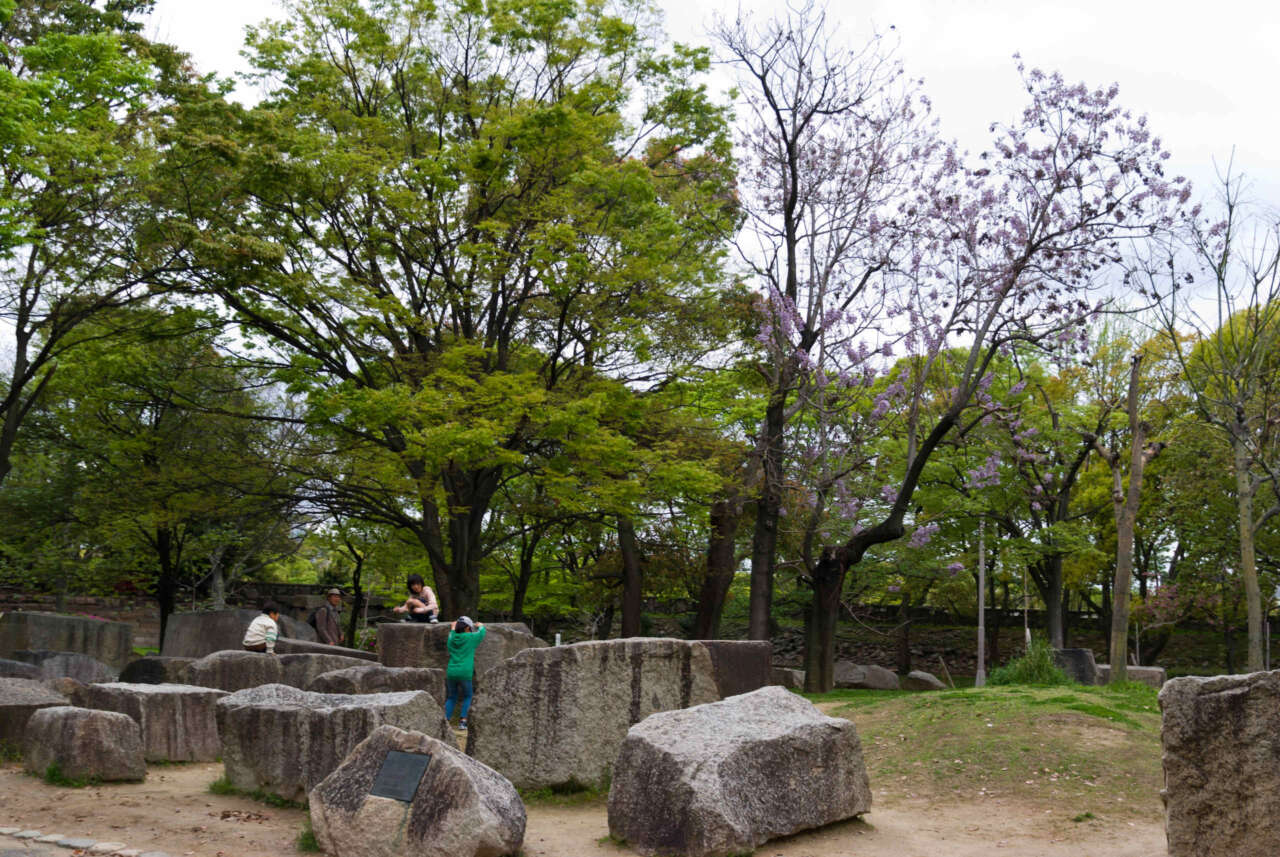
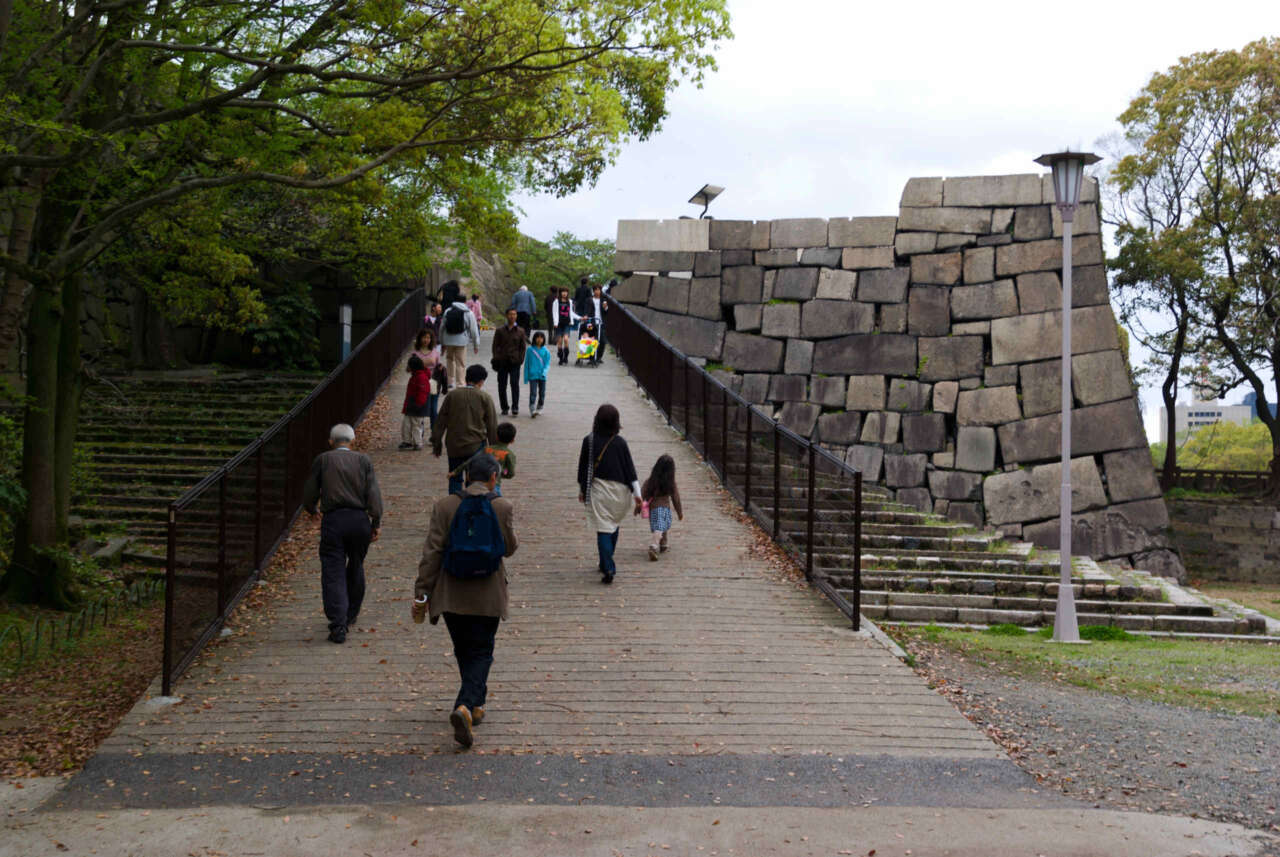
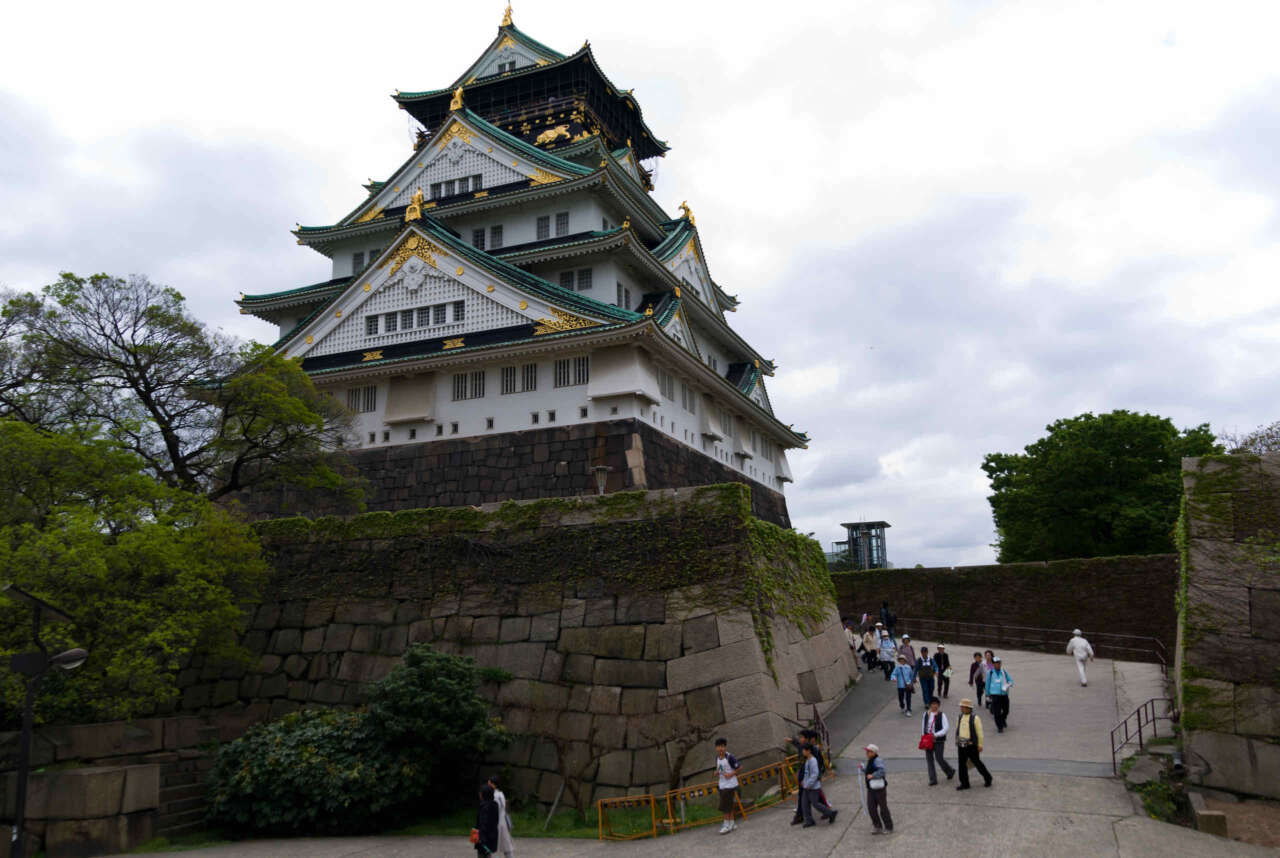
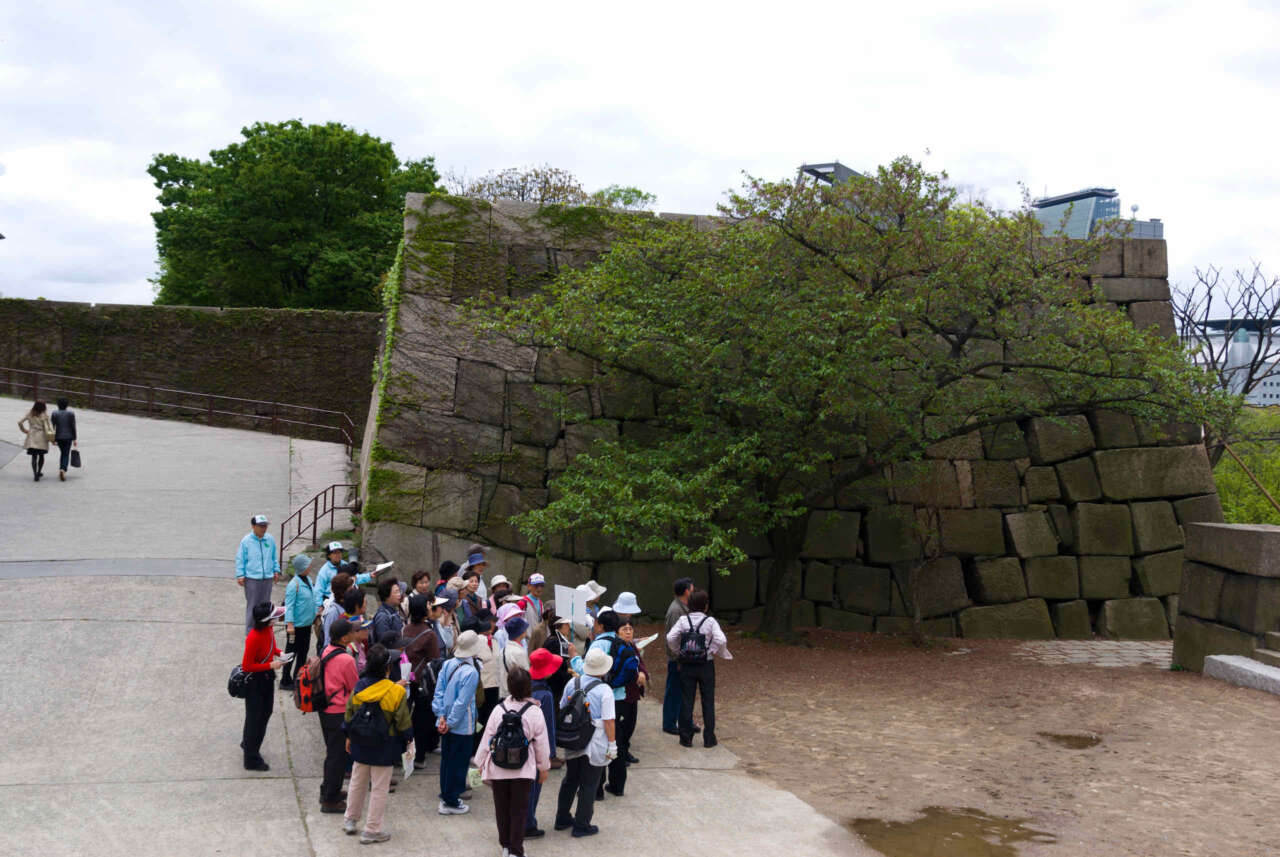
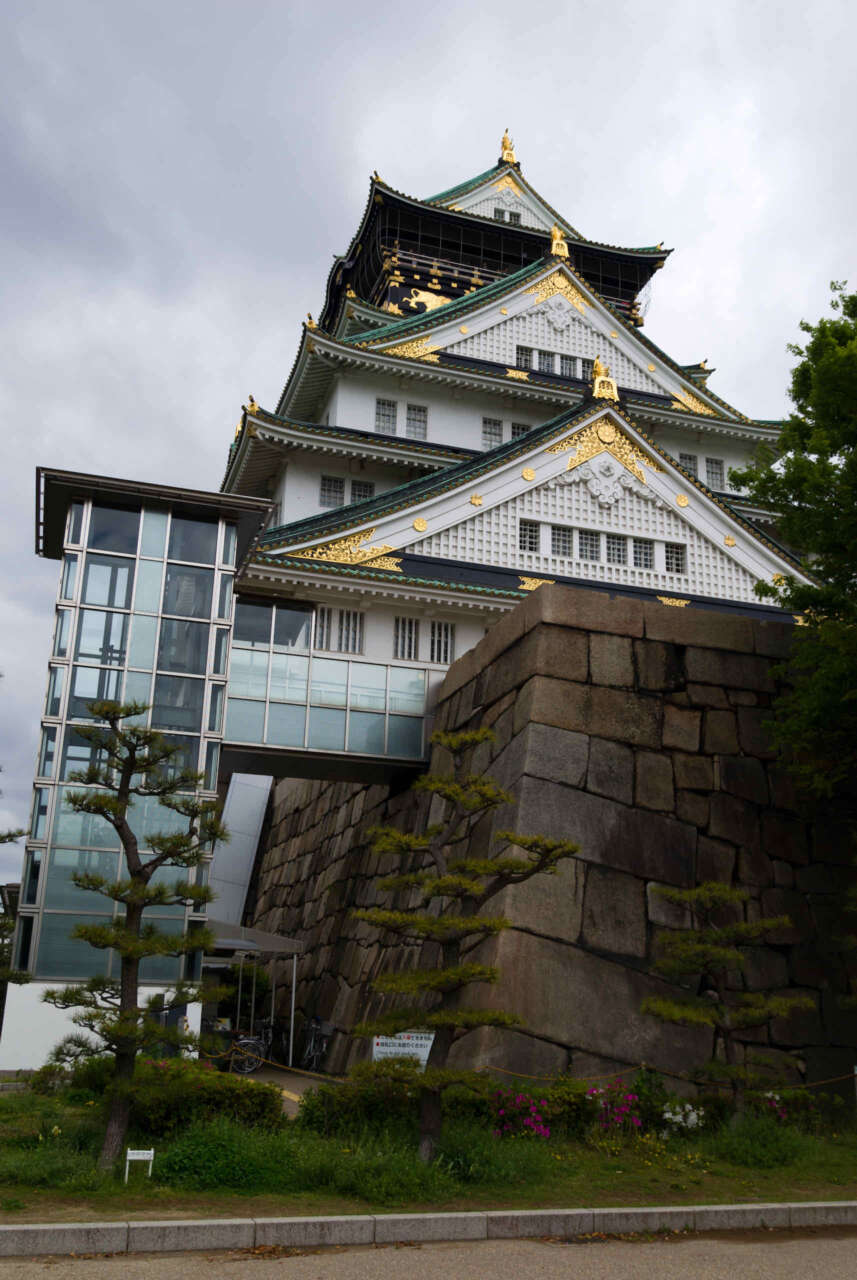
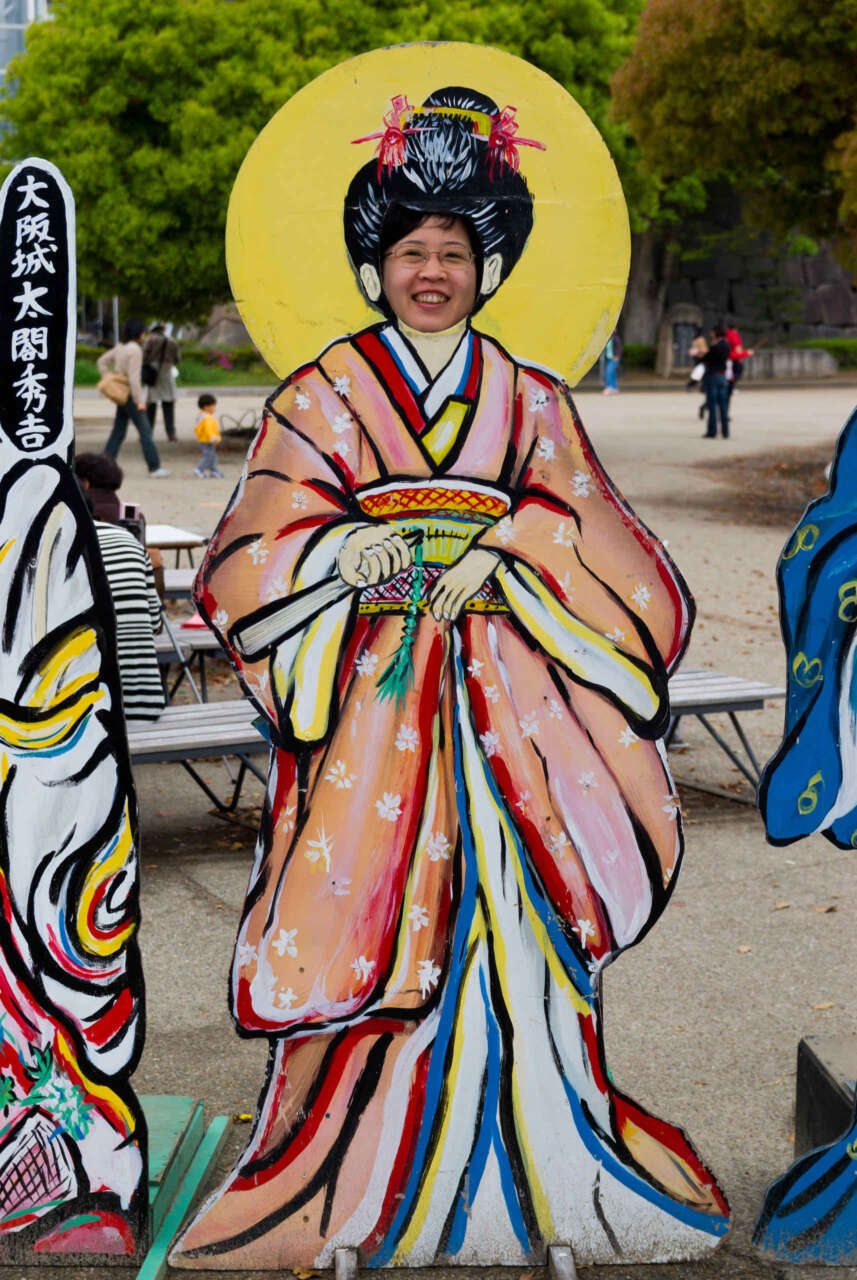
Lyn in a court costume.
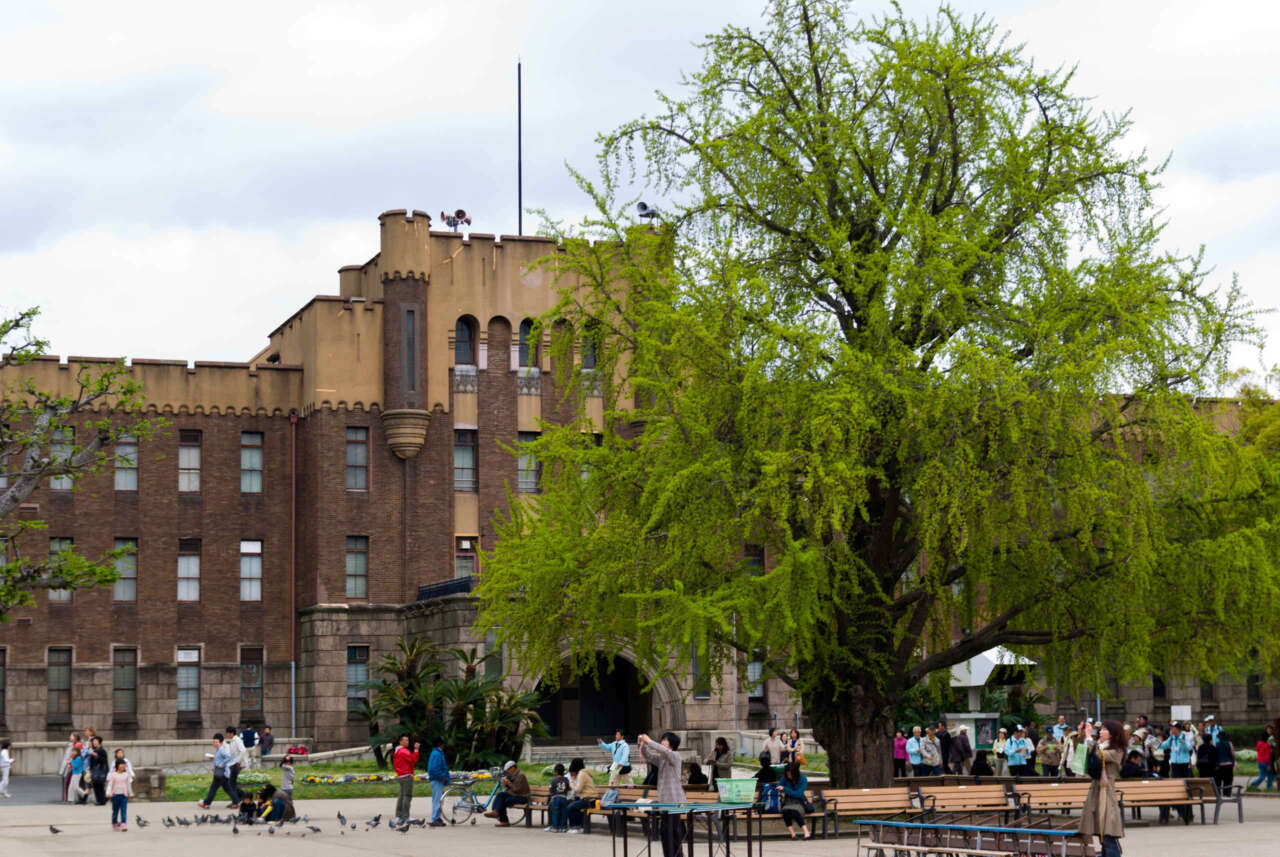
The impressive building is the former headquarters of the 4th Division of the Imperial Japanese Army. The proximity may explain why the castle was bombed in World War II.
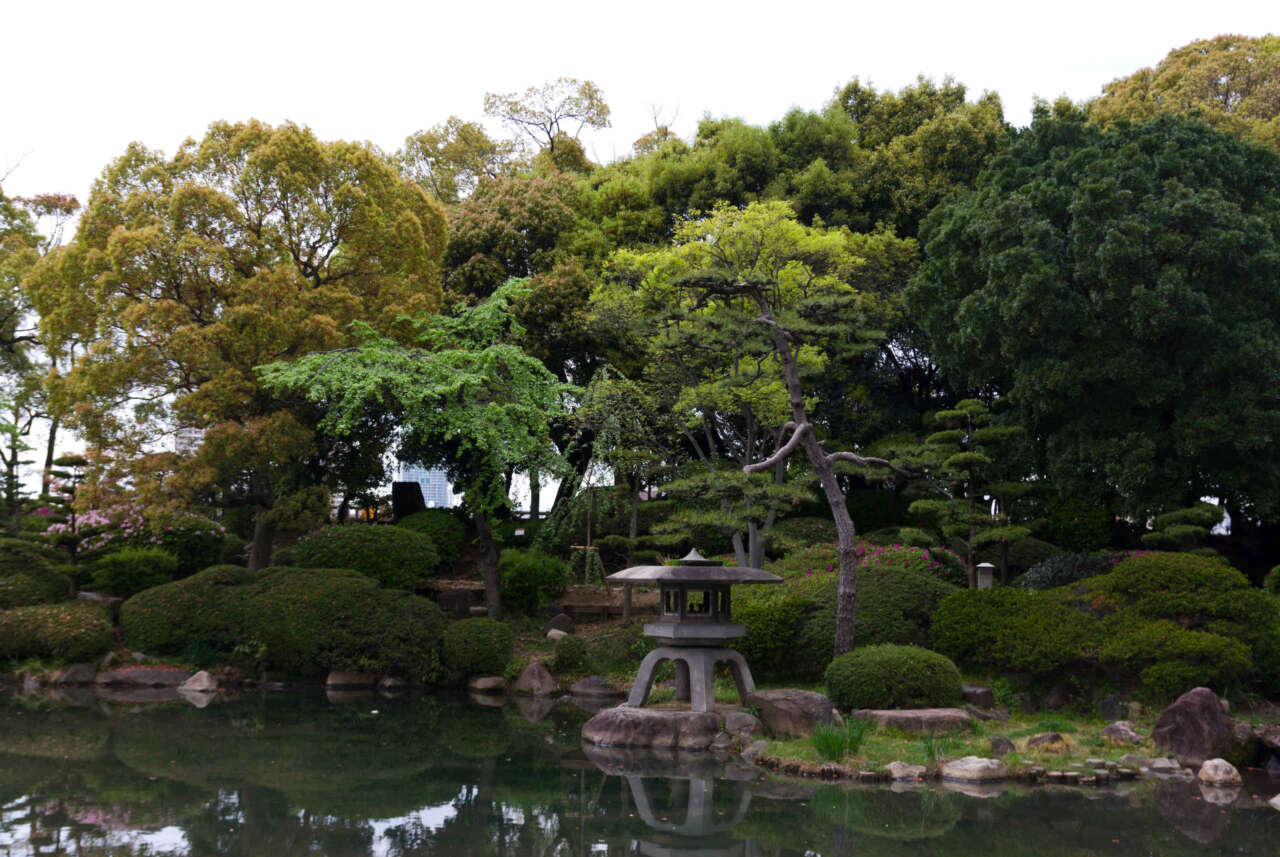
A small pond and Japanese garden.
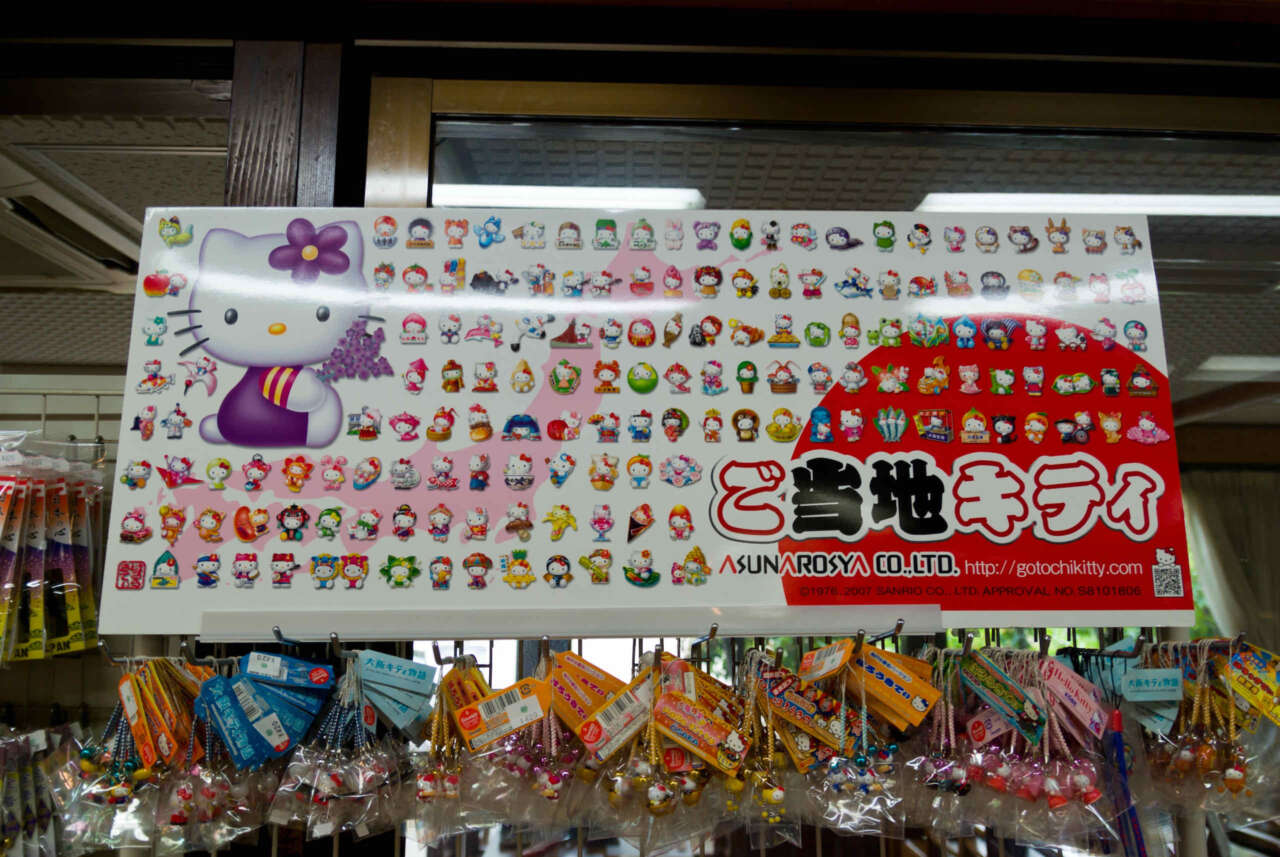
You can buy Gotochi Kitties featuring various Osaka landmarks.
Very cute kids in samurai costumes.
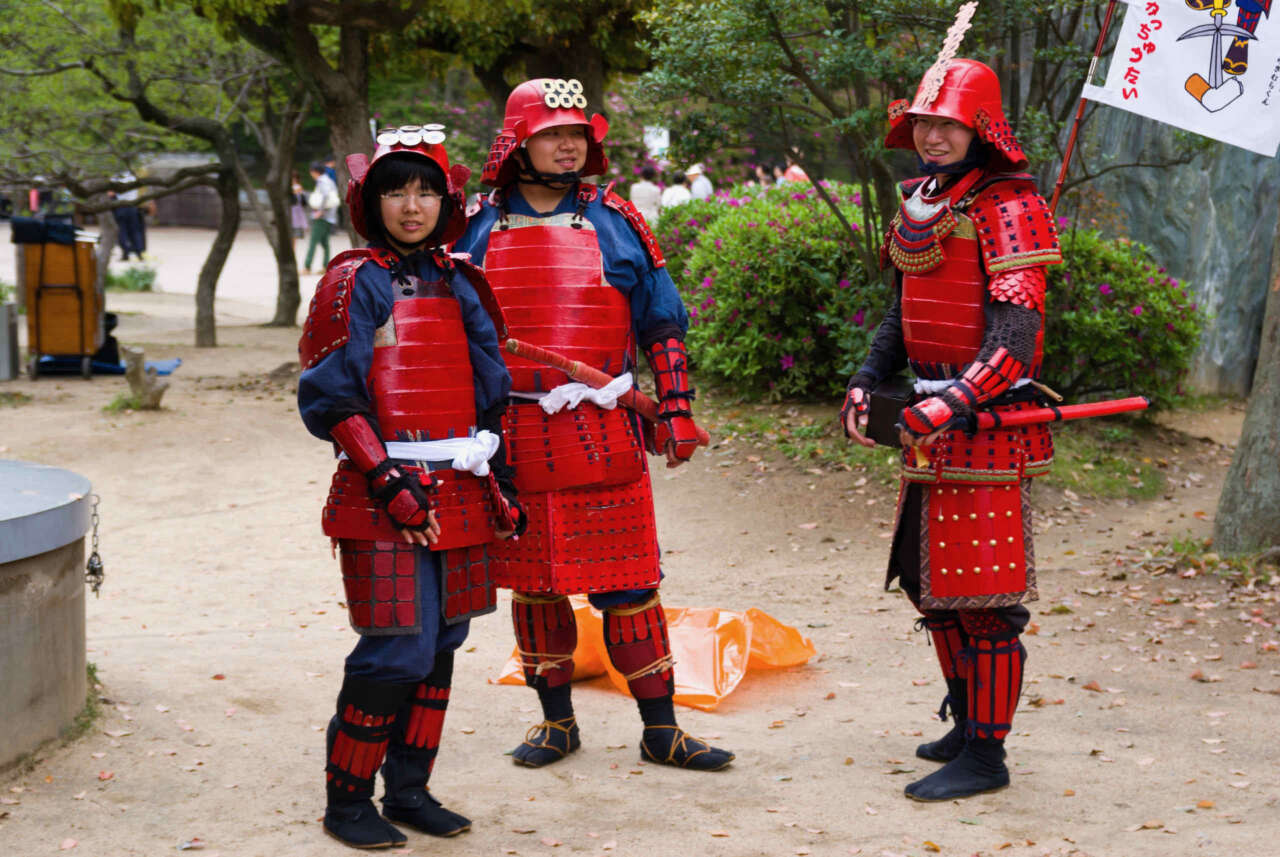
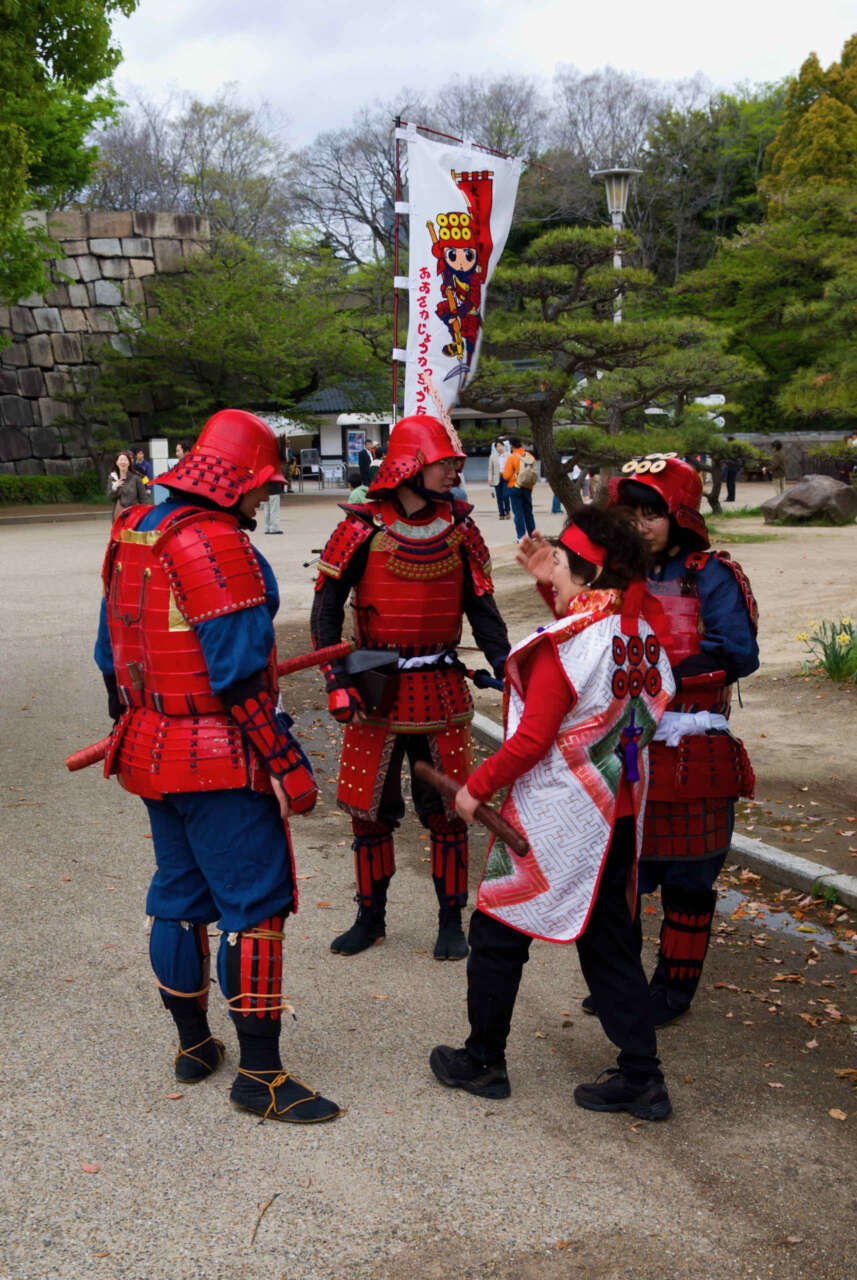
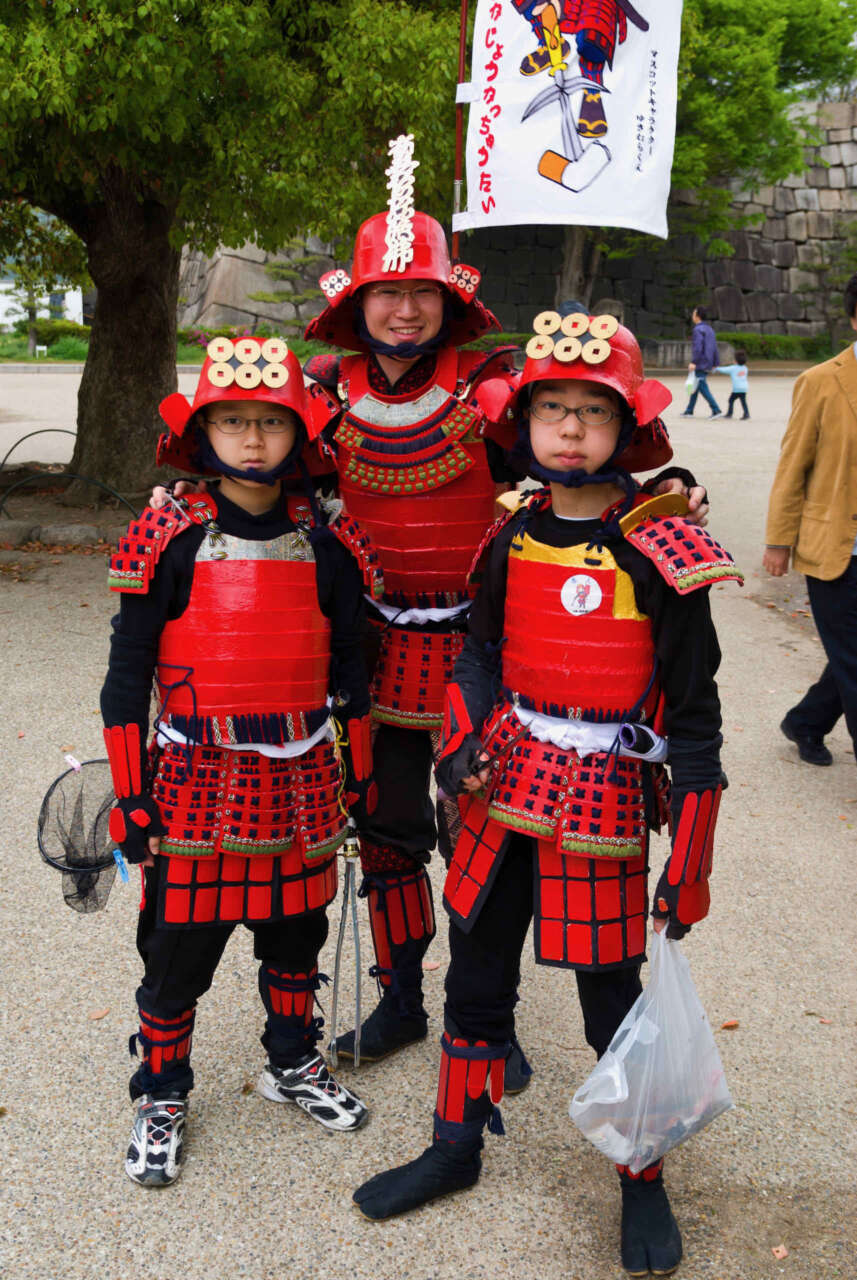
Inside Osaka Castle
There is an observation deck on the top floor, which provides a panoramic views of Osaka. The roof tile with the statue of the golden fish is called shachi-gawara (鯱瓦). There’s a pair of these mounted on the roof. The present ones are recreations of the ones on the original main tower, cast in bronze and covered in gold leaf.
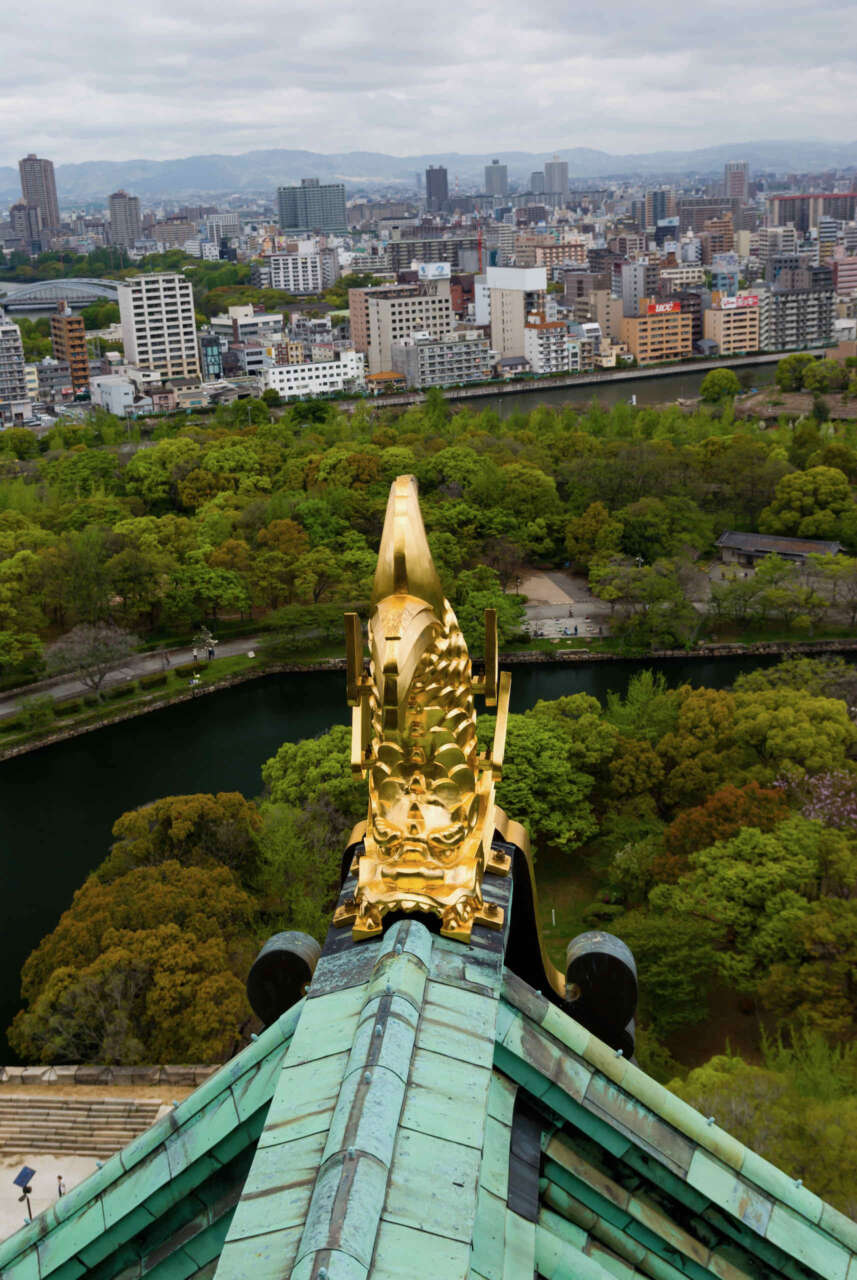
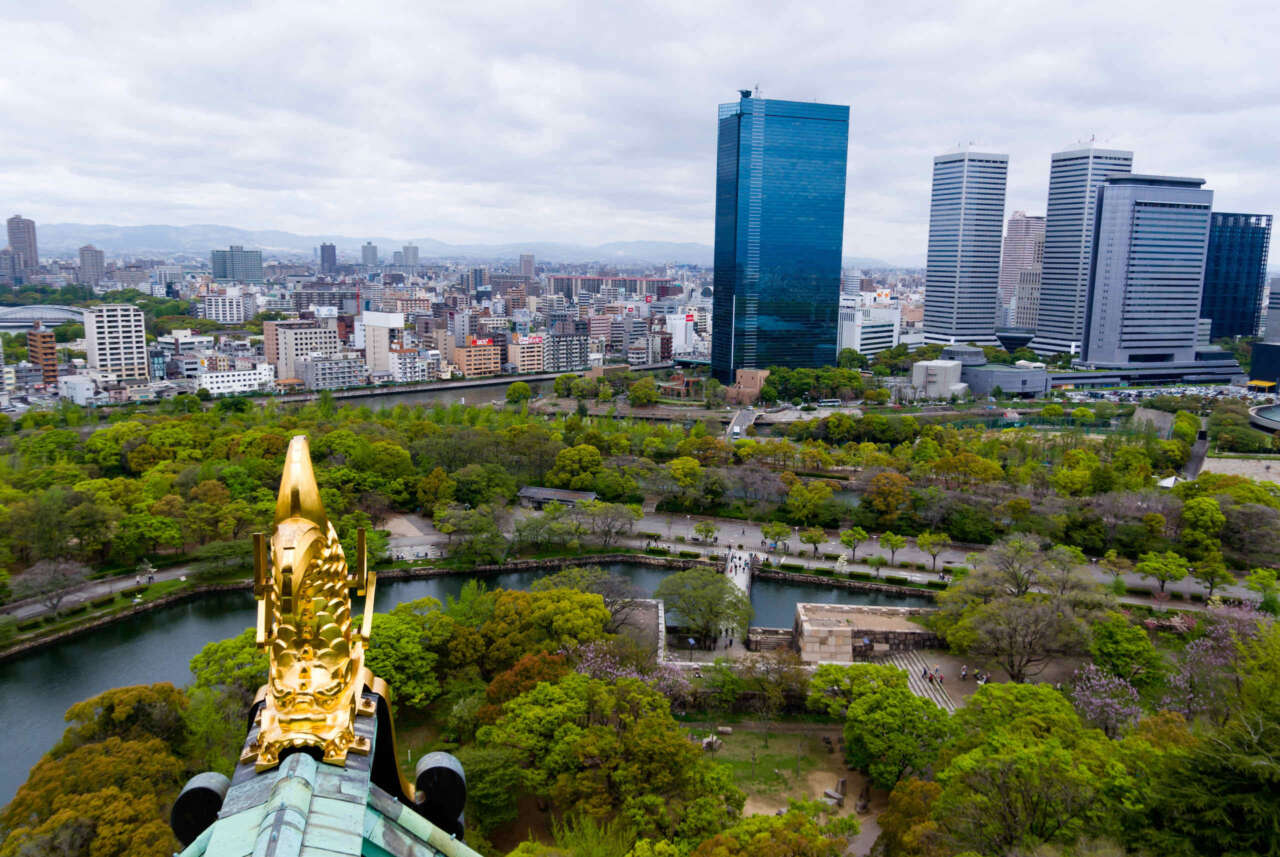
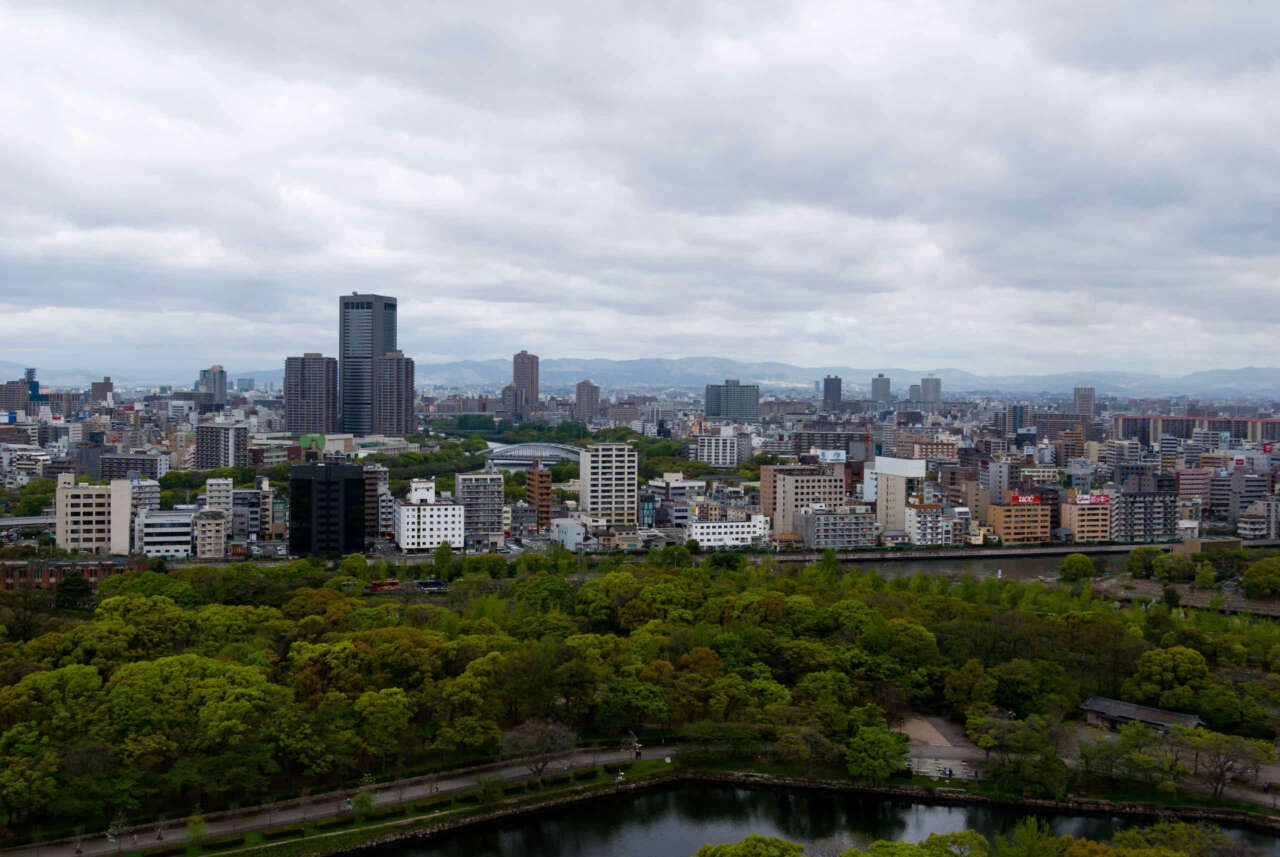
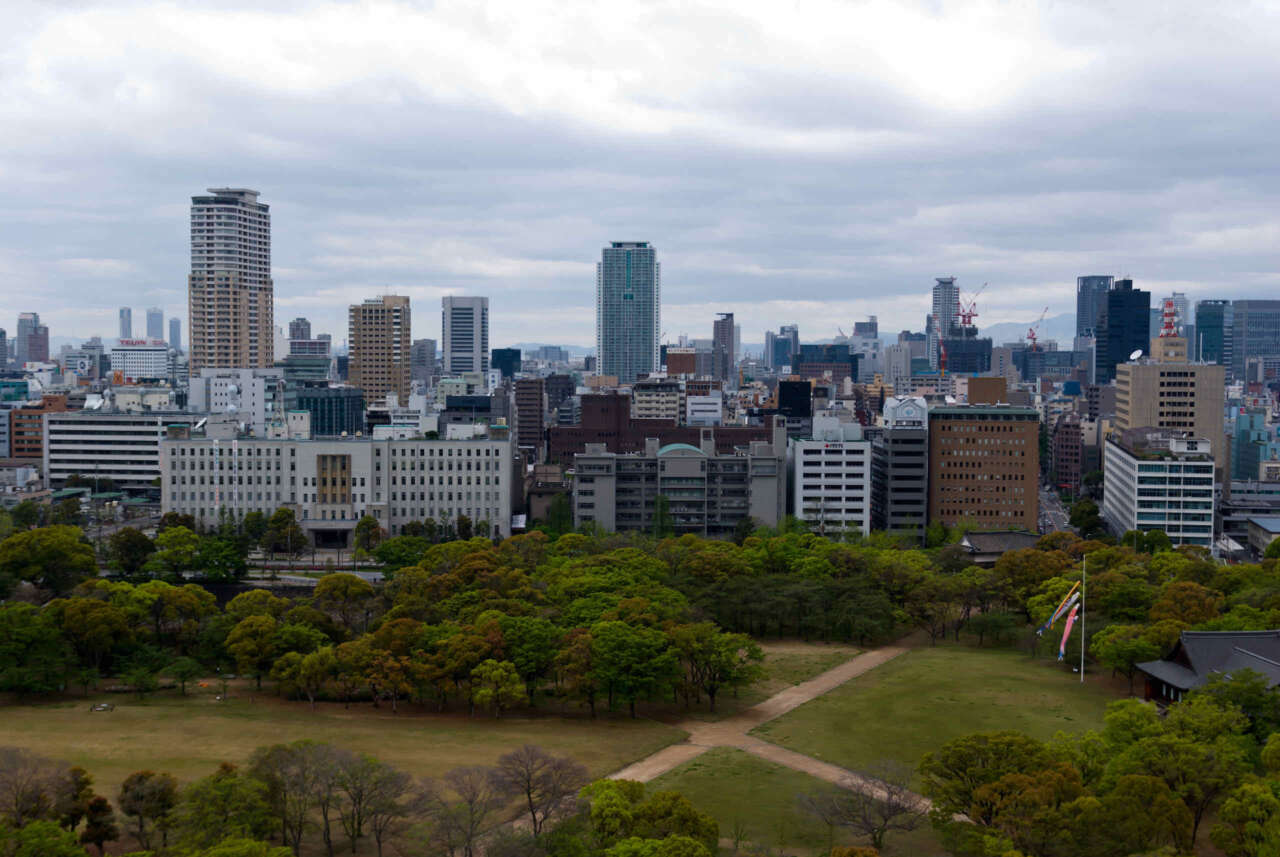
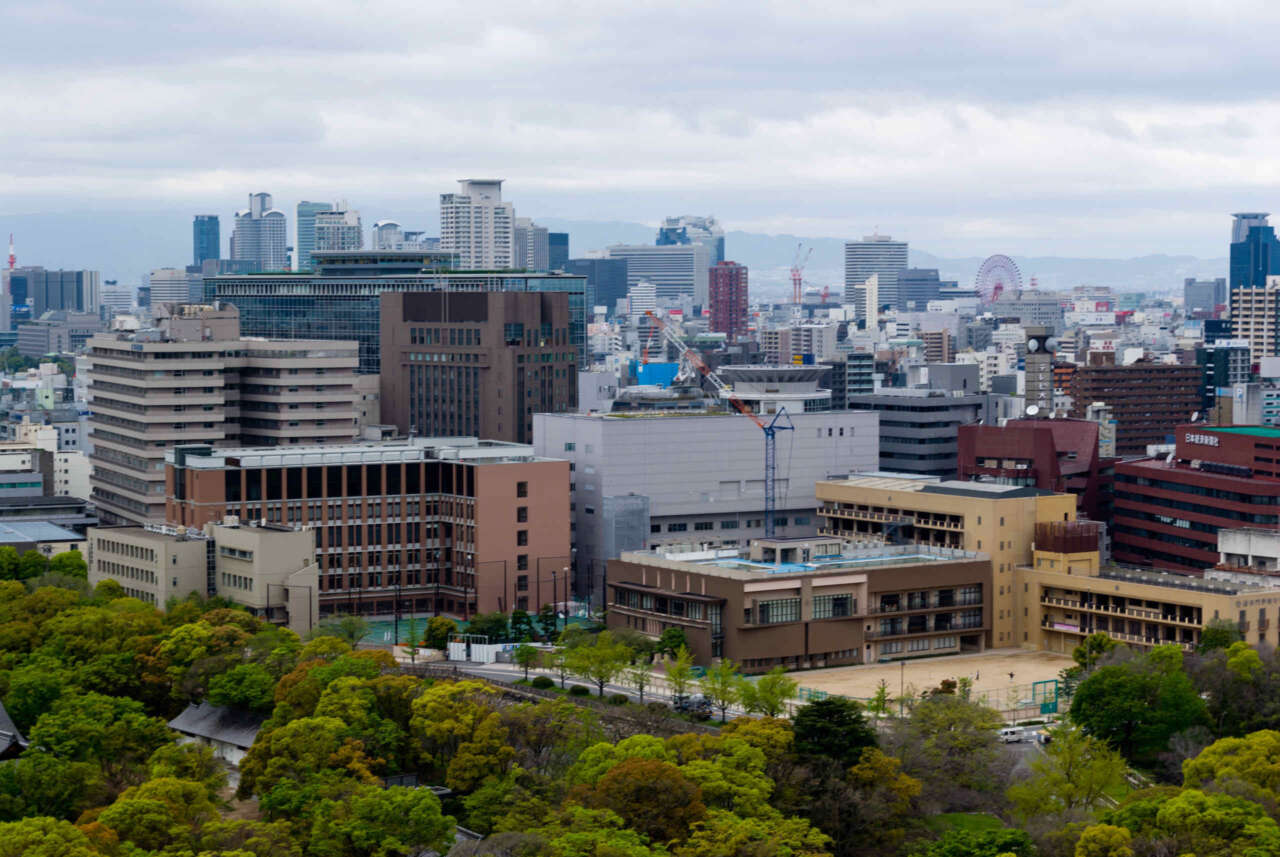
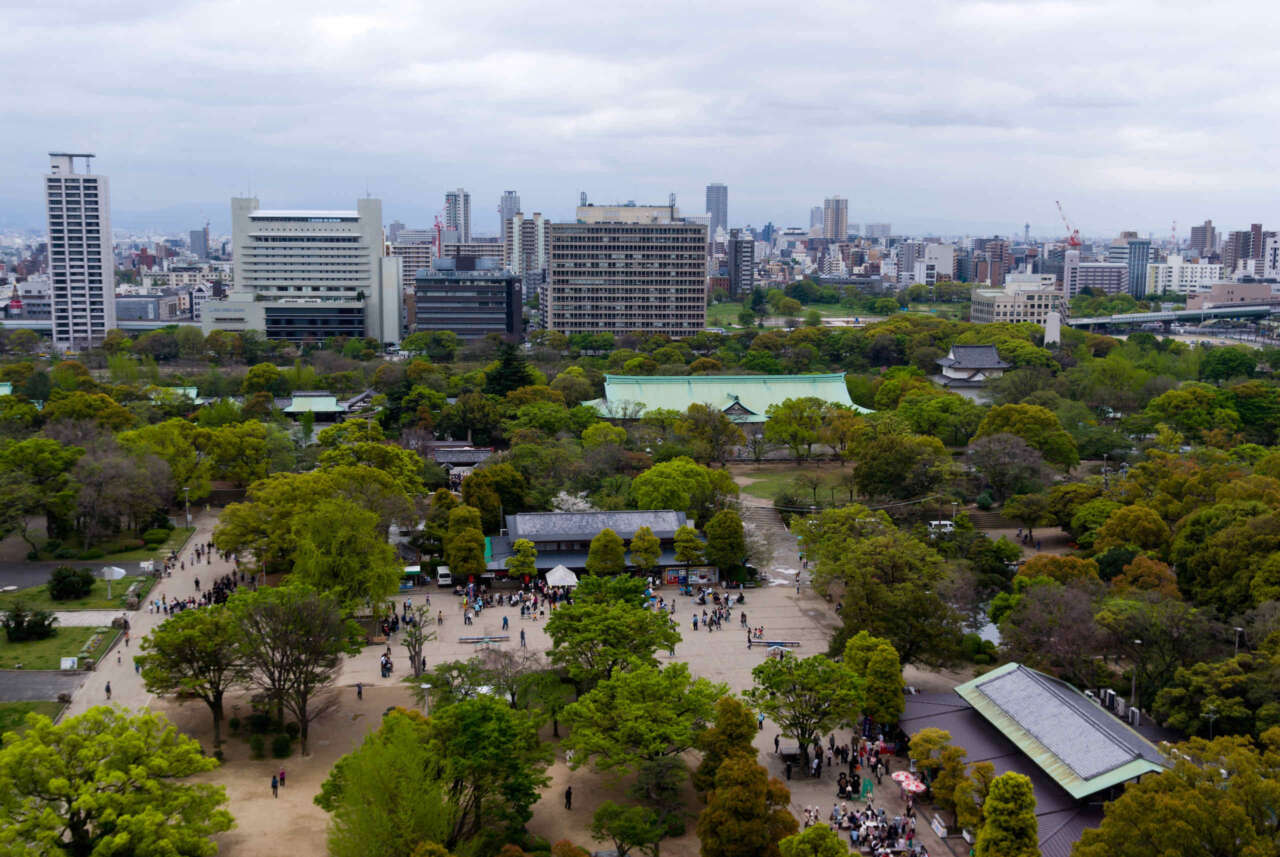
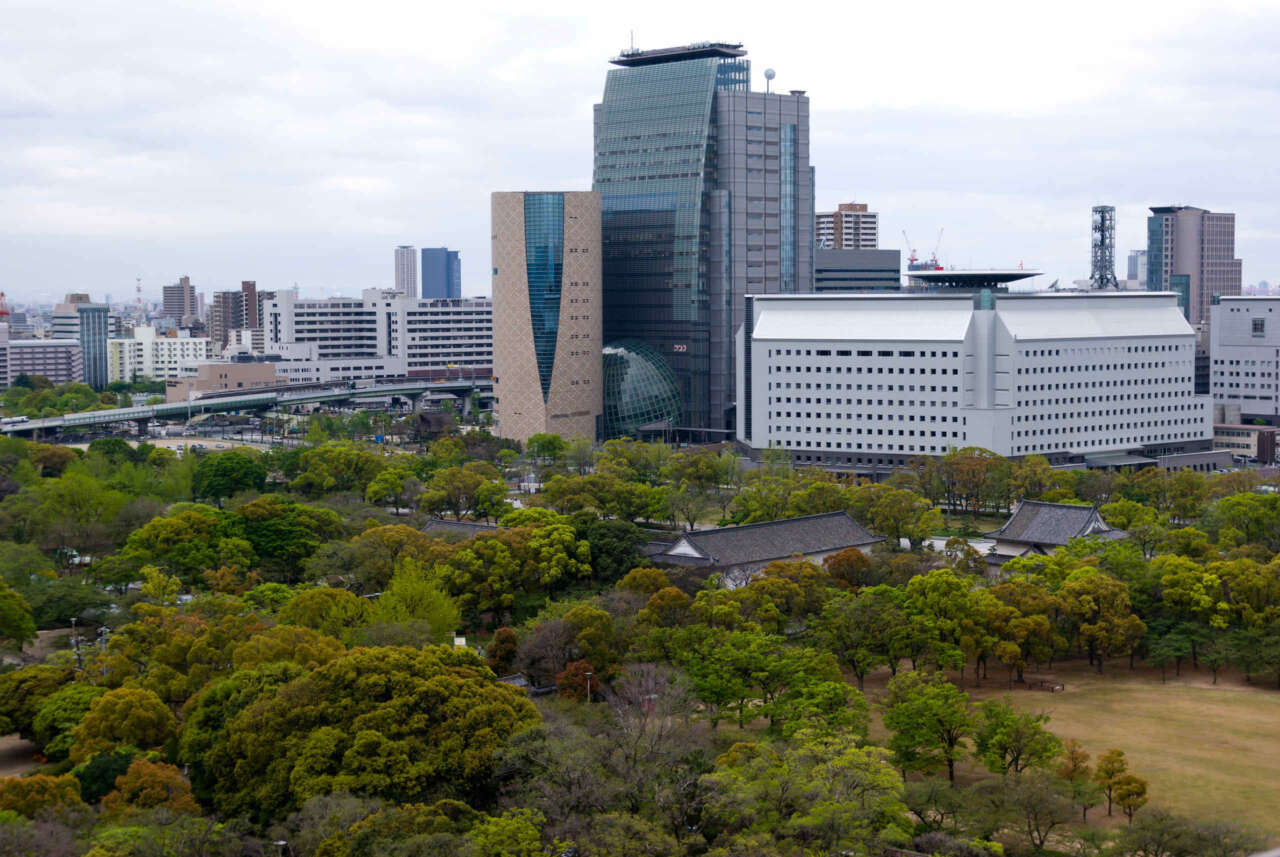
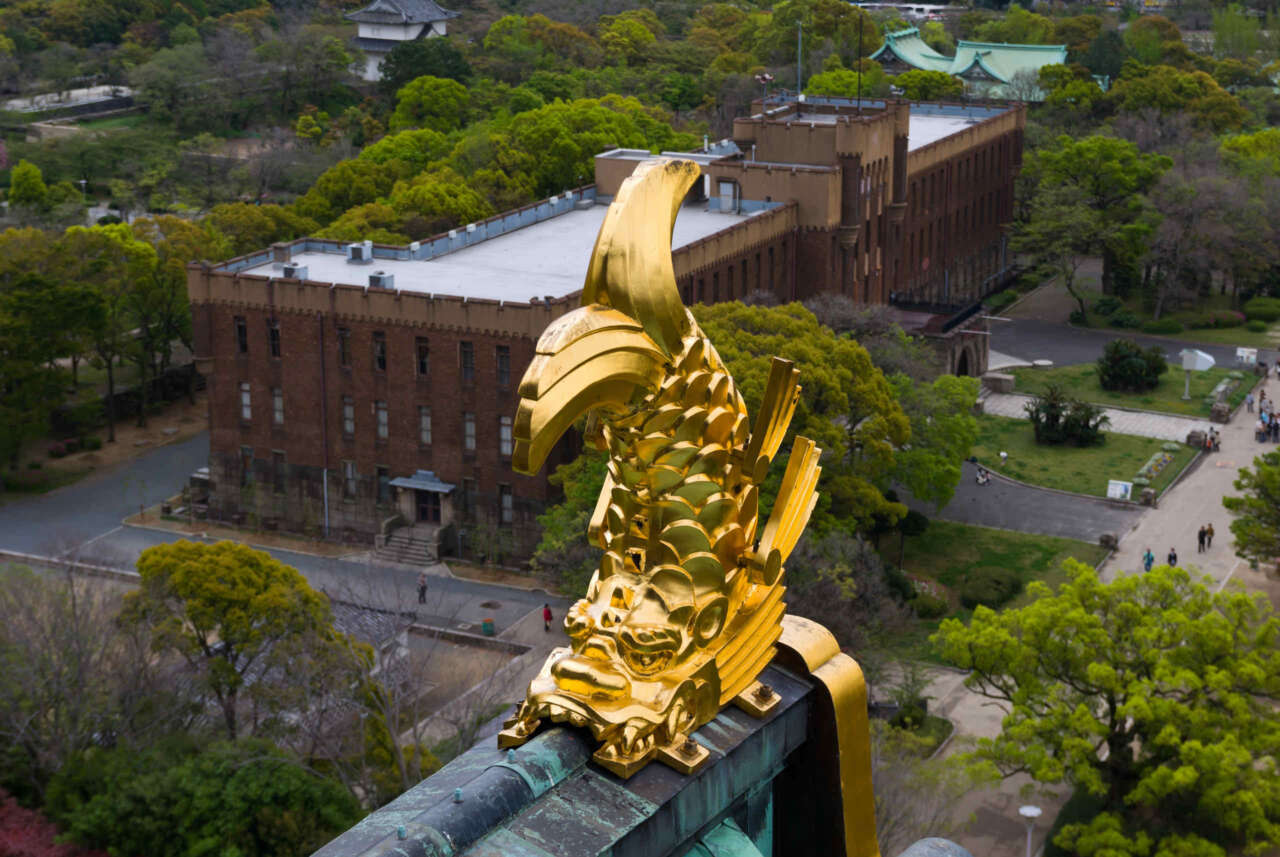
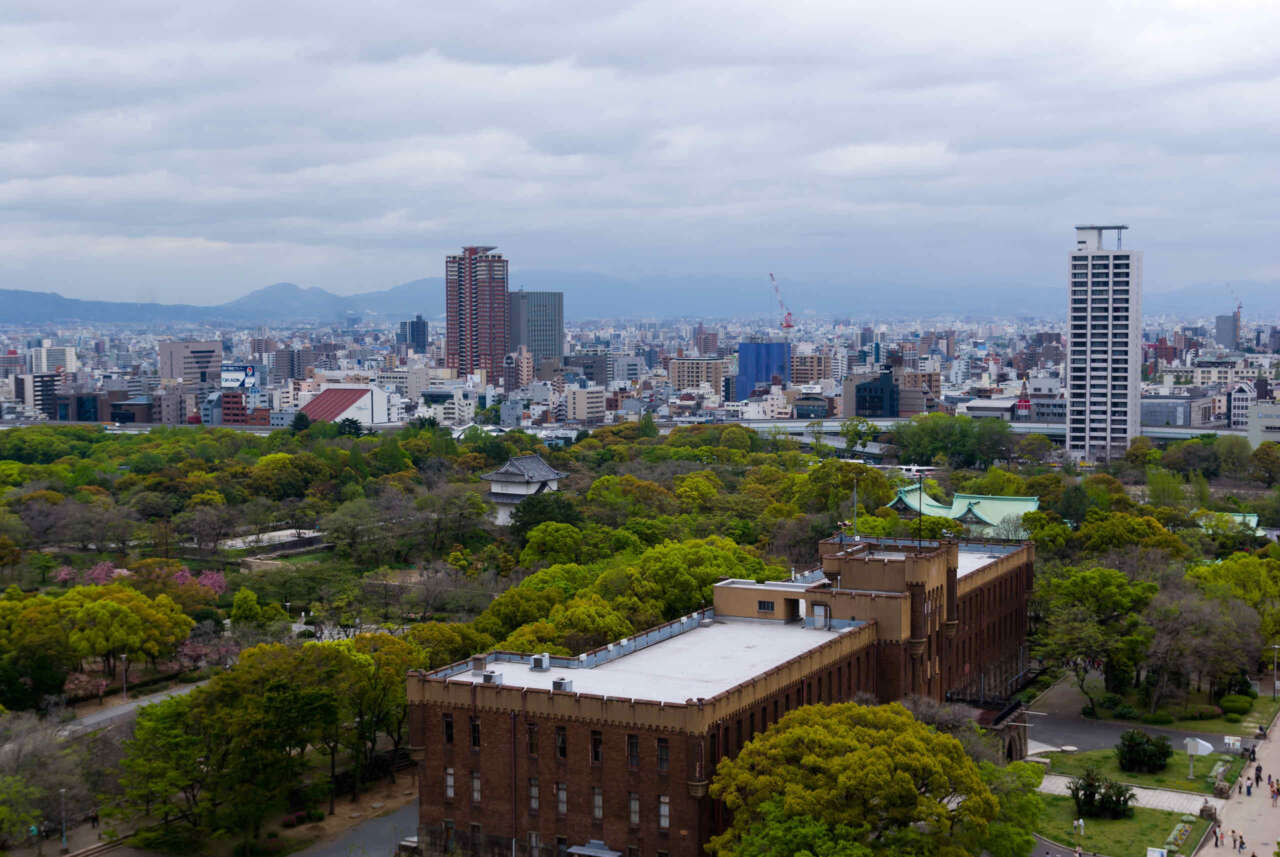
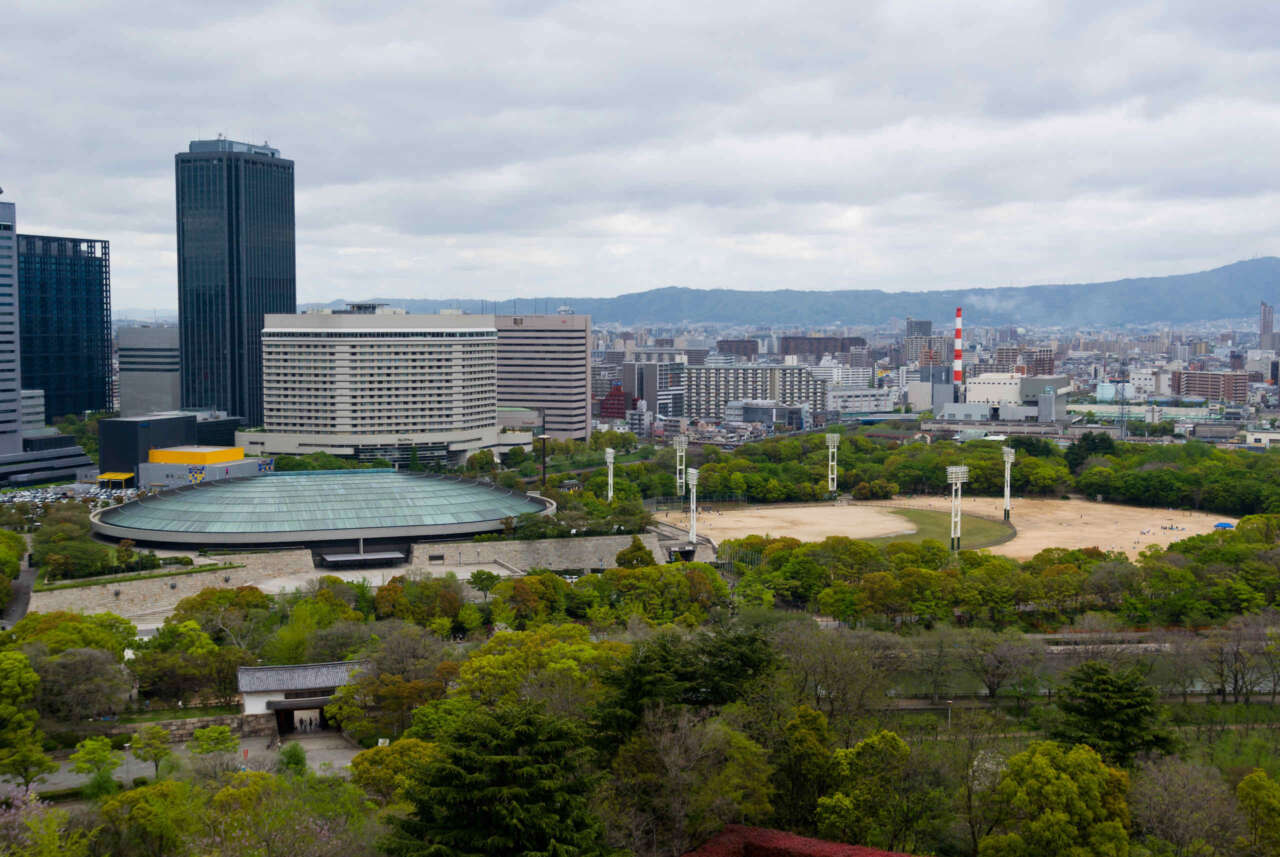
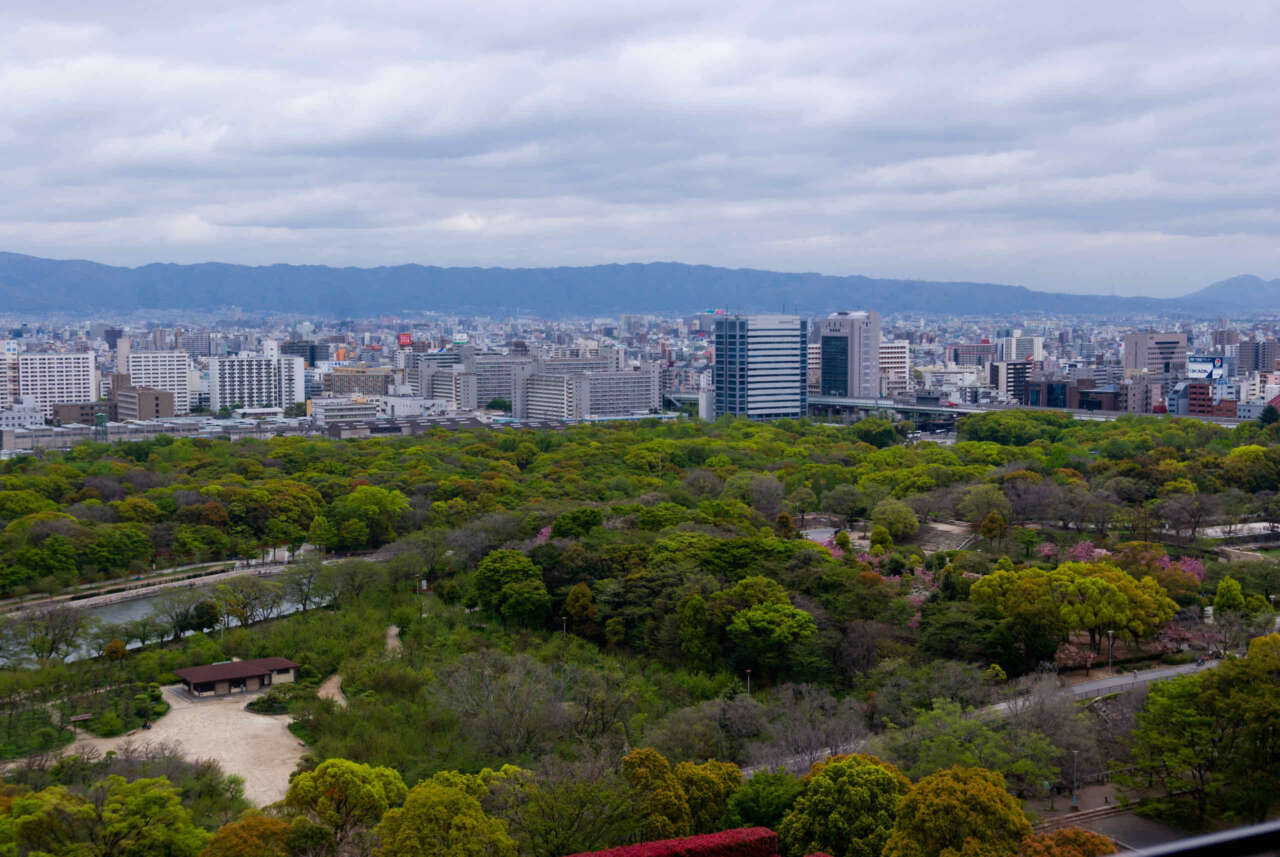
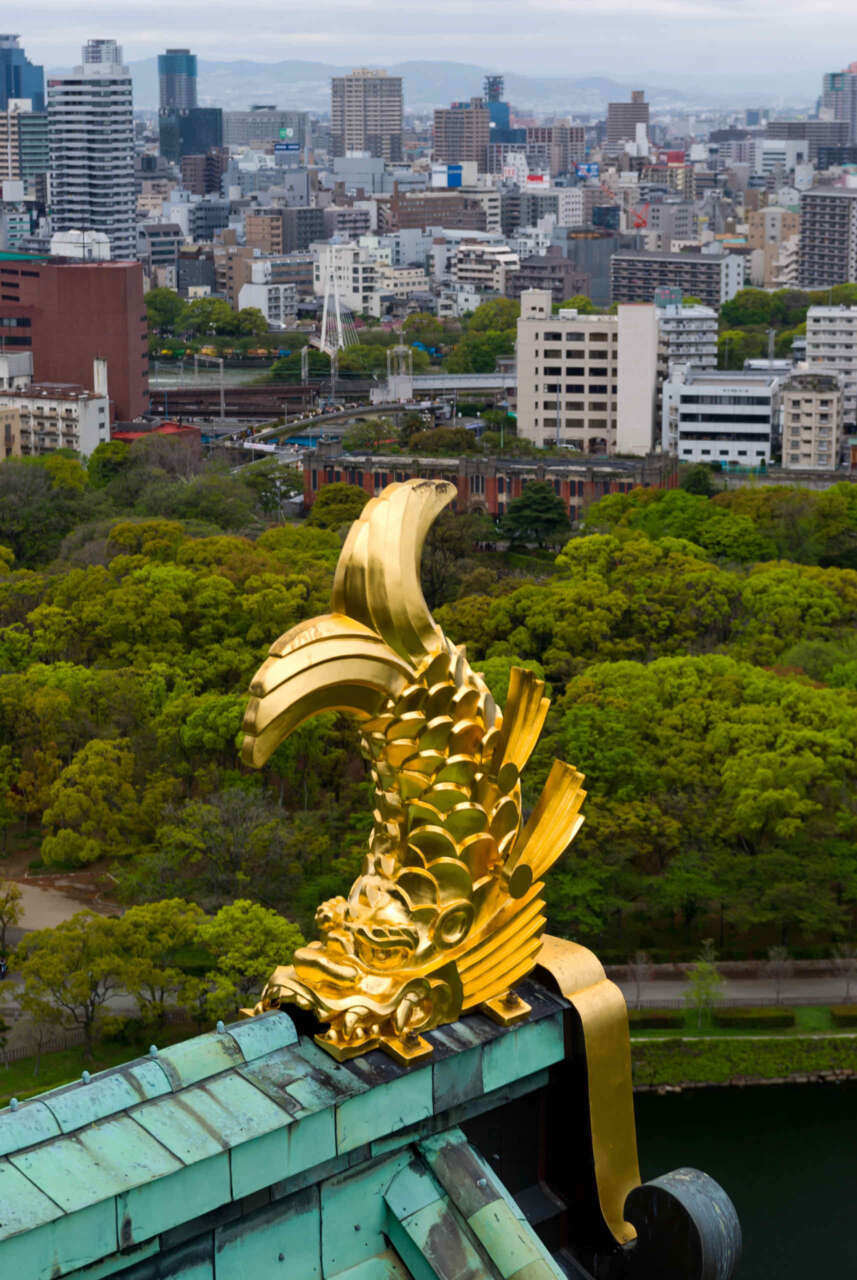
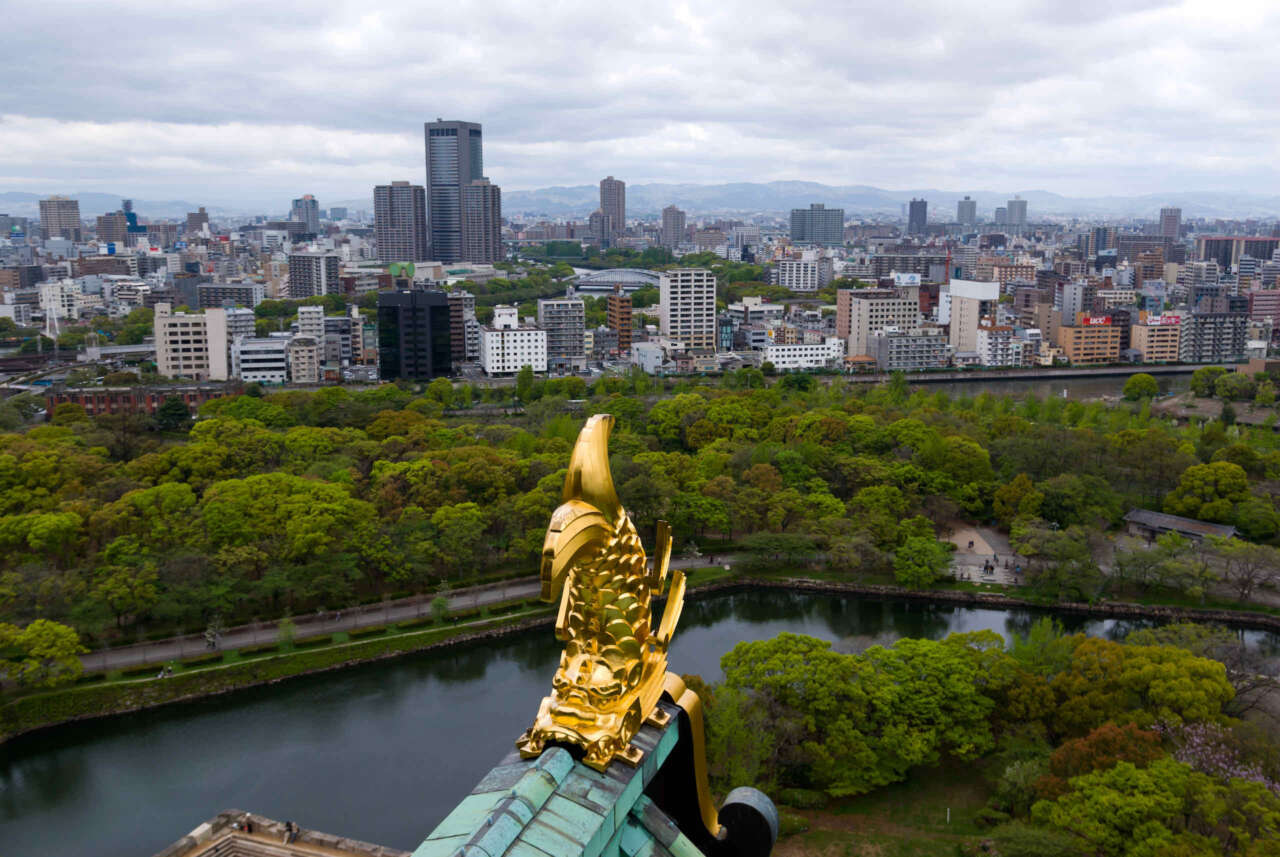
Level 7 is a set of miniature dioramas featuring the life of Hideyoshi Toyotomi, the founder of Osaka Castle.
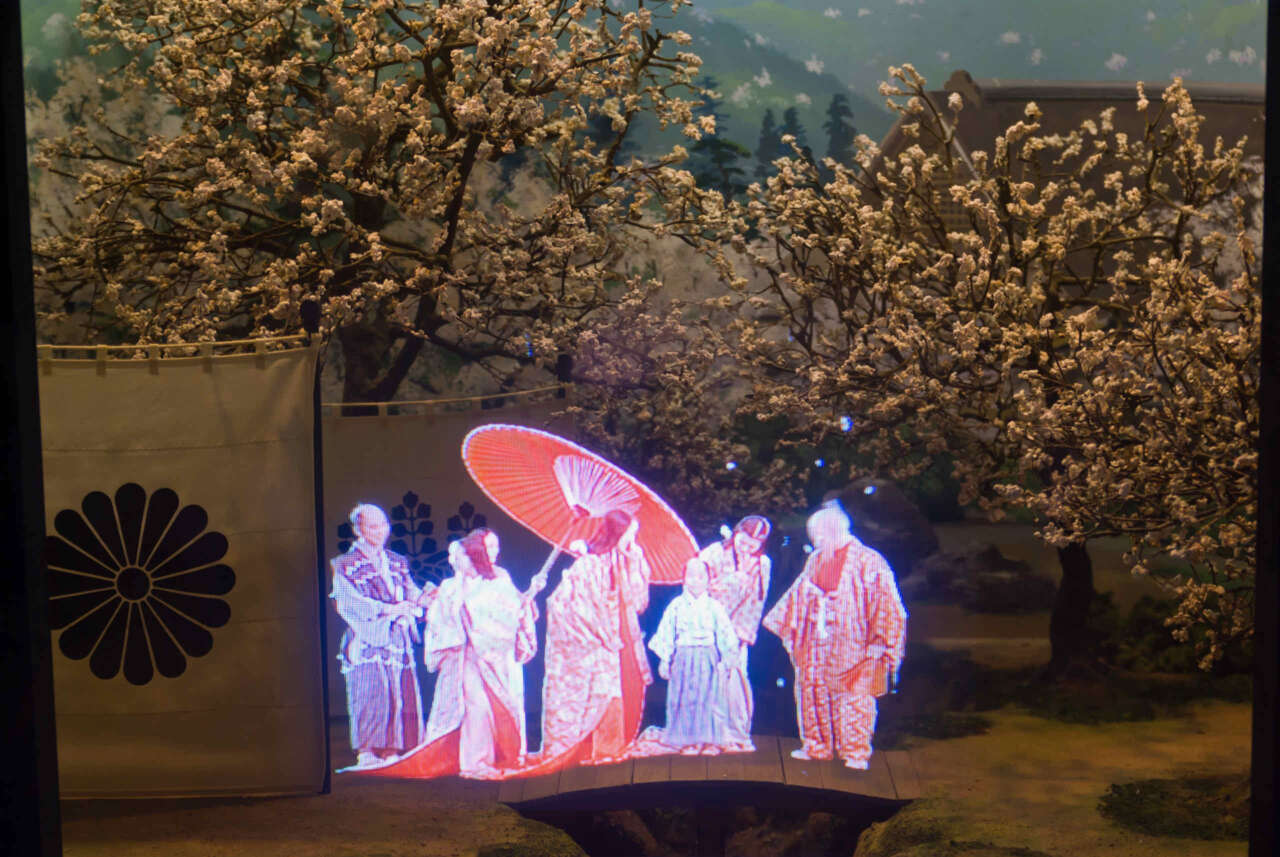
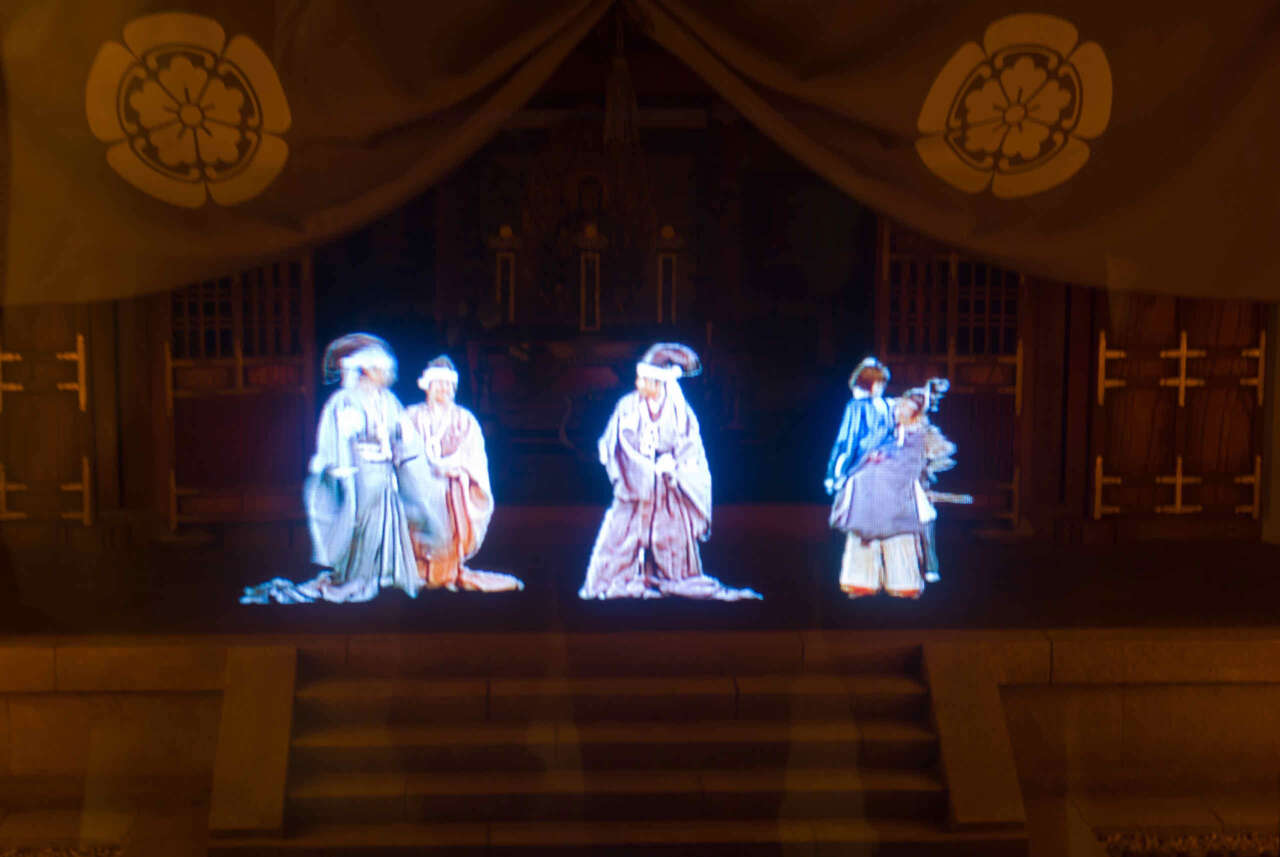
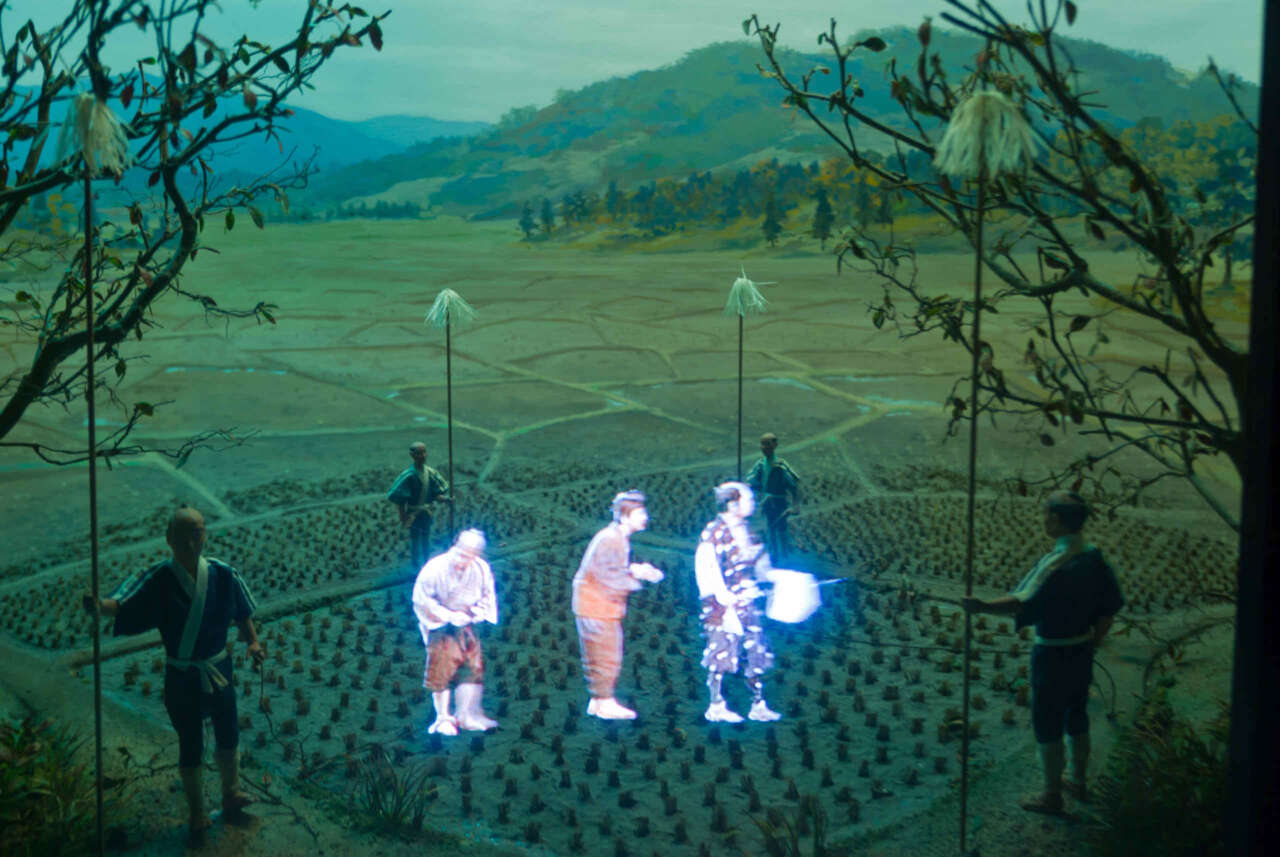
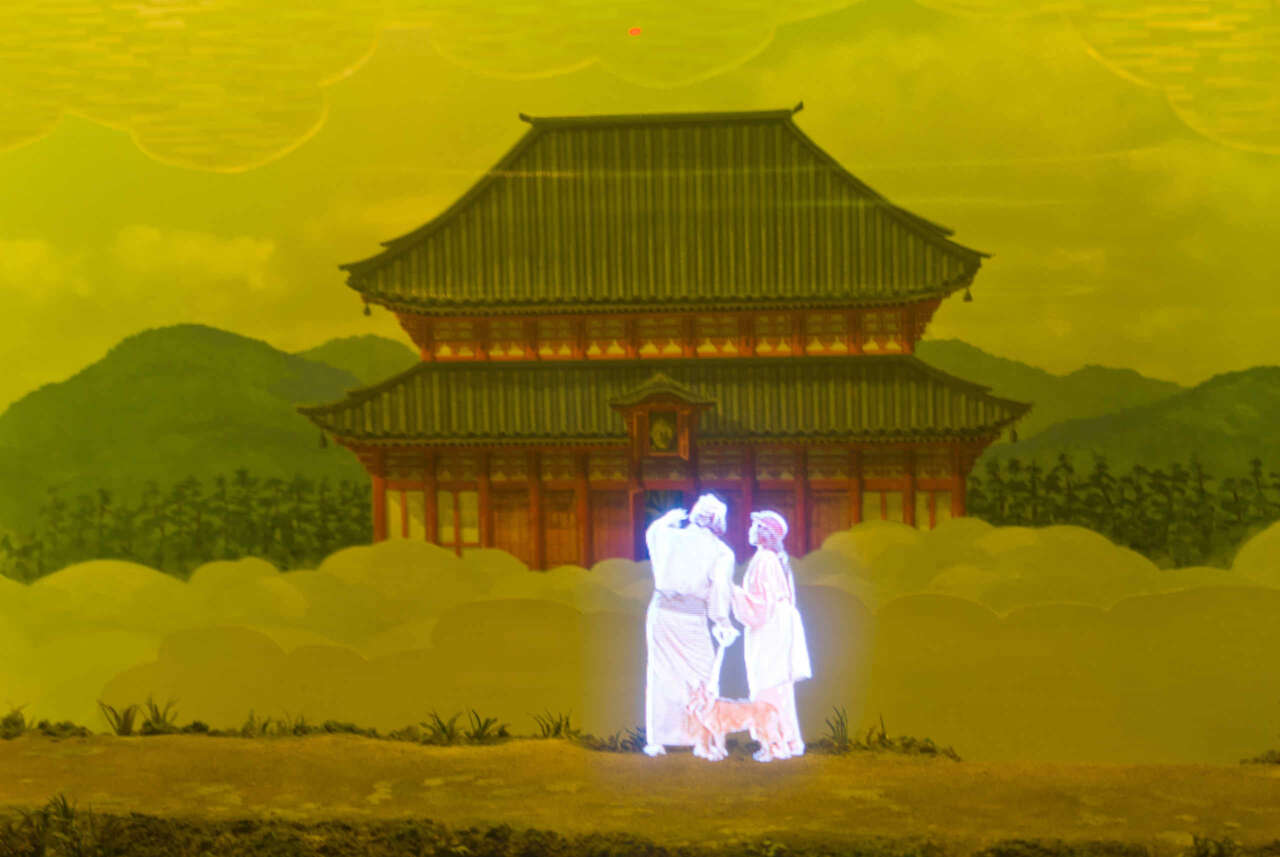
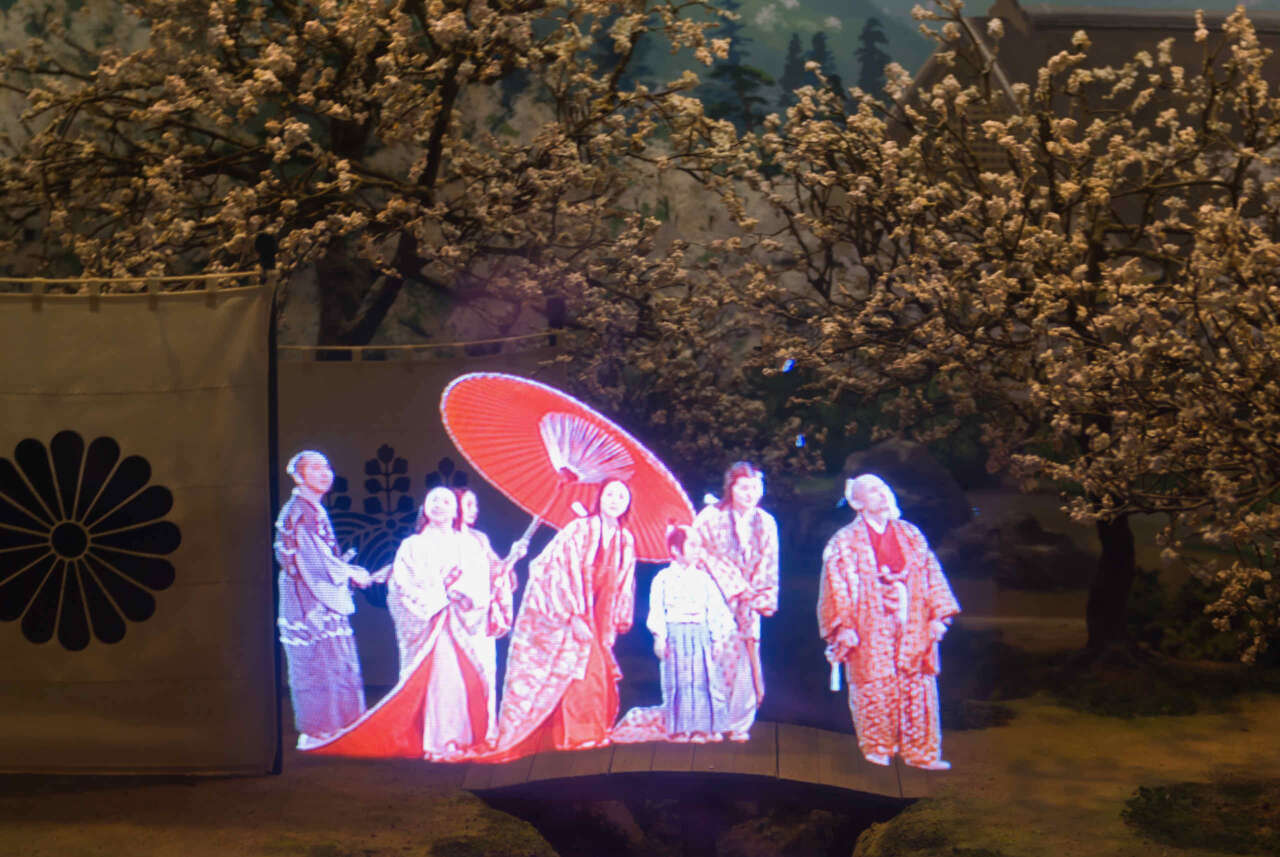
Level 6 contains a gigantic folding screen, and model figures featuring the events of the Summer War in Osaka.
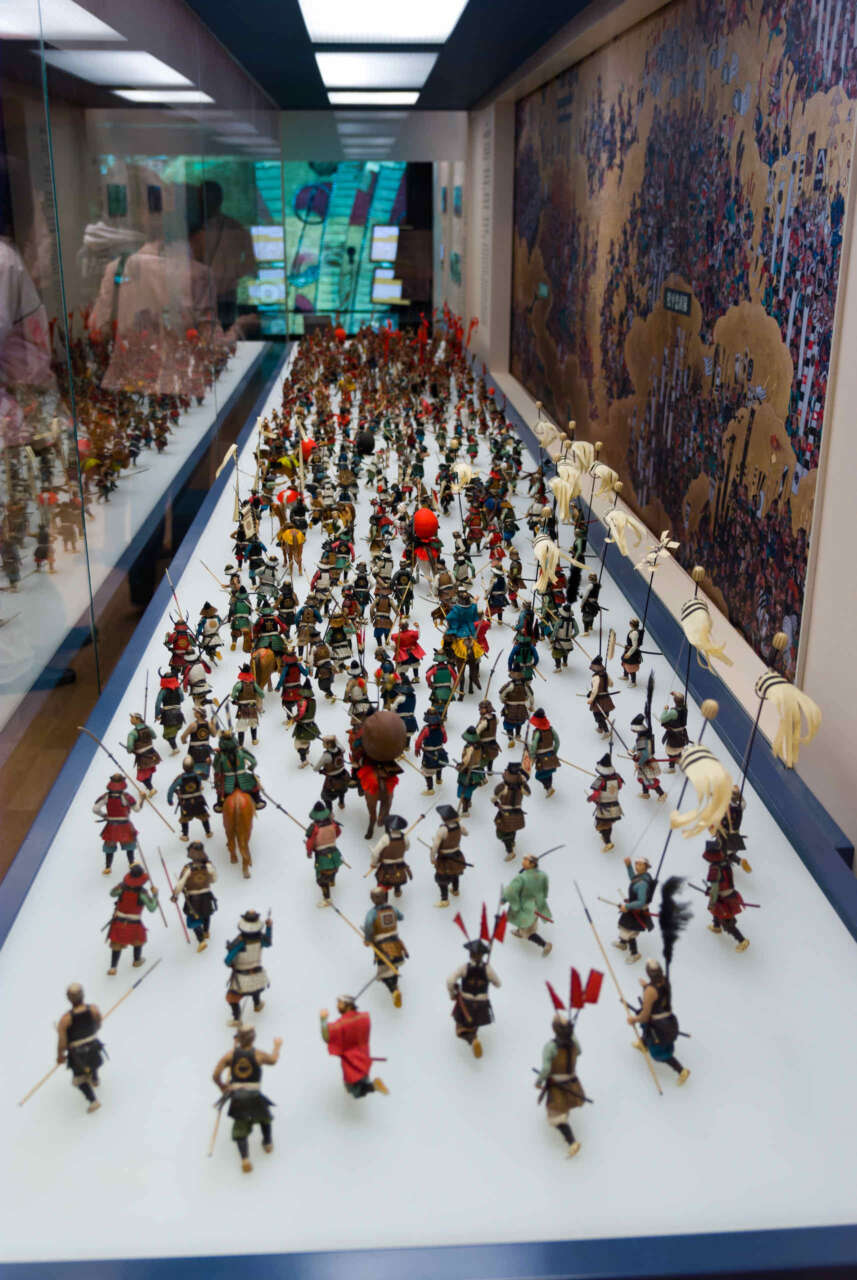
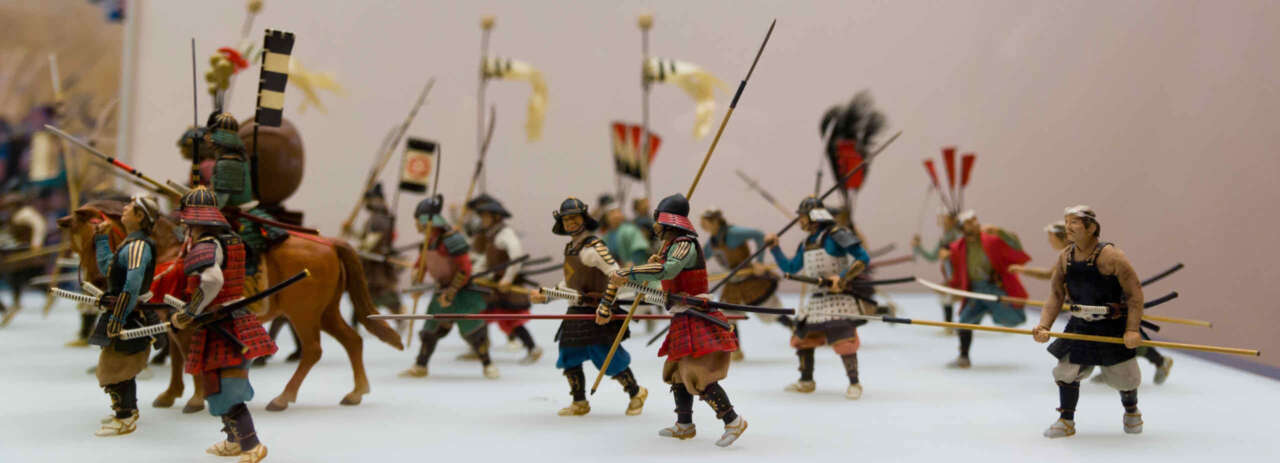
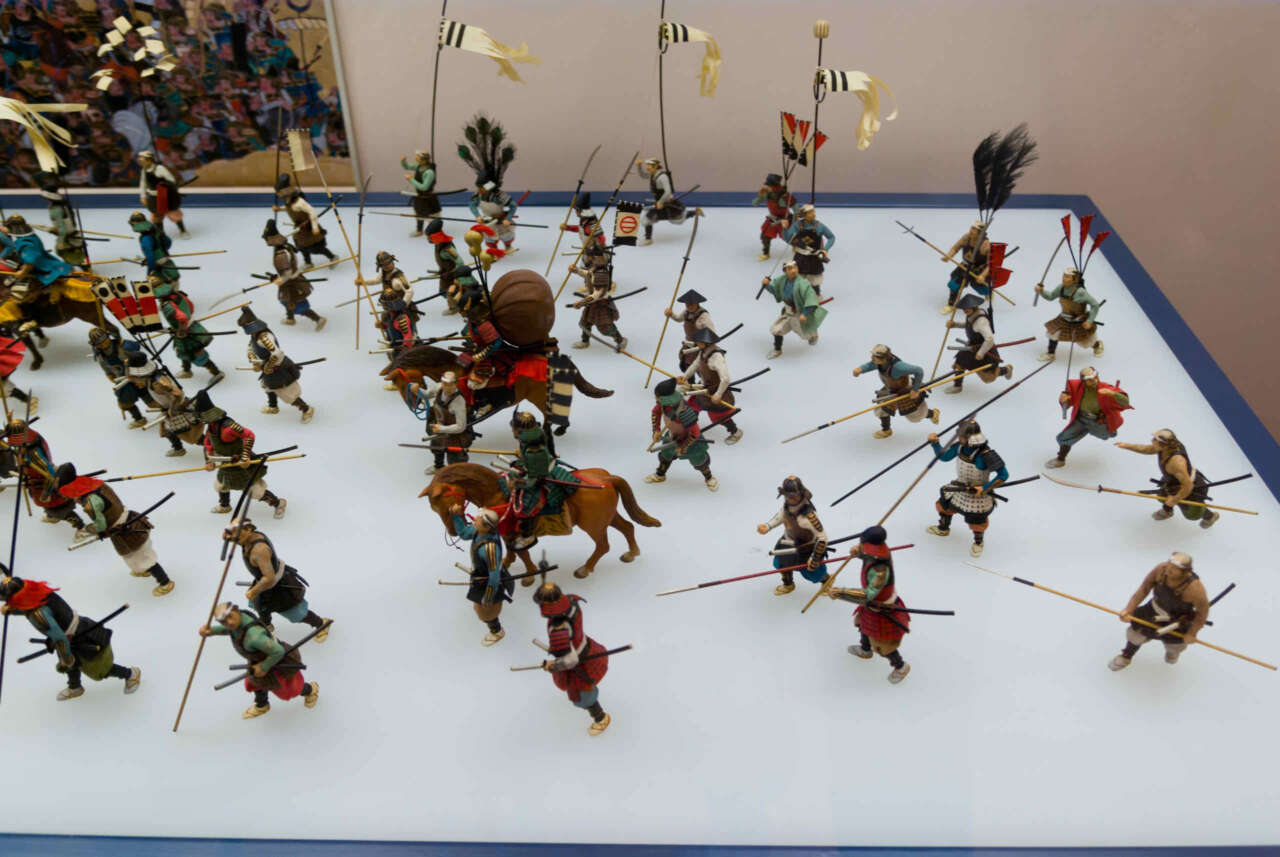
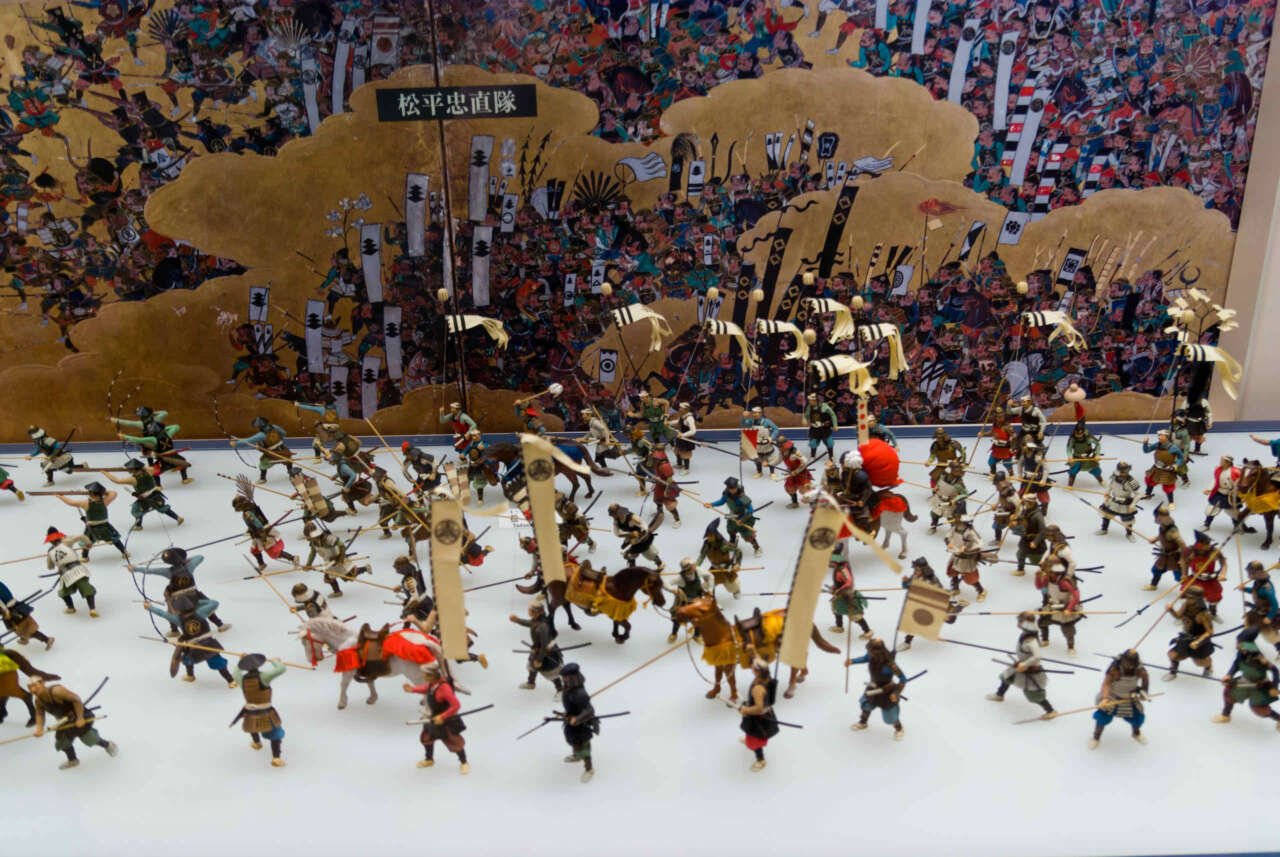
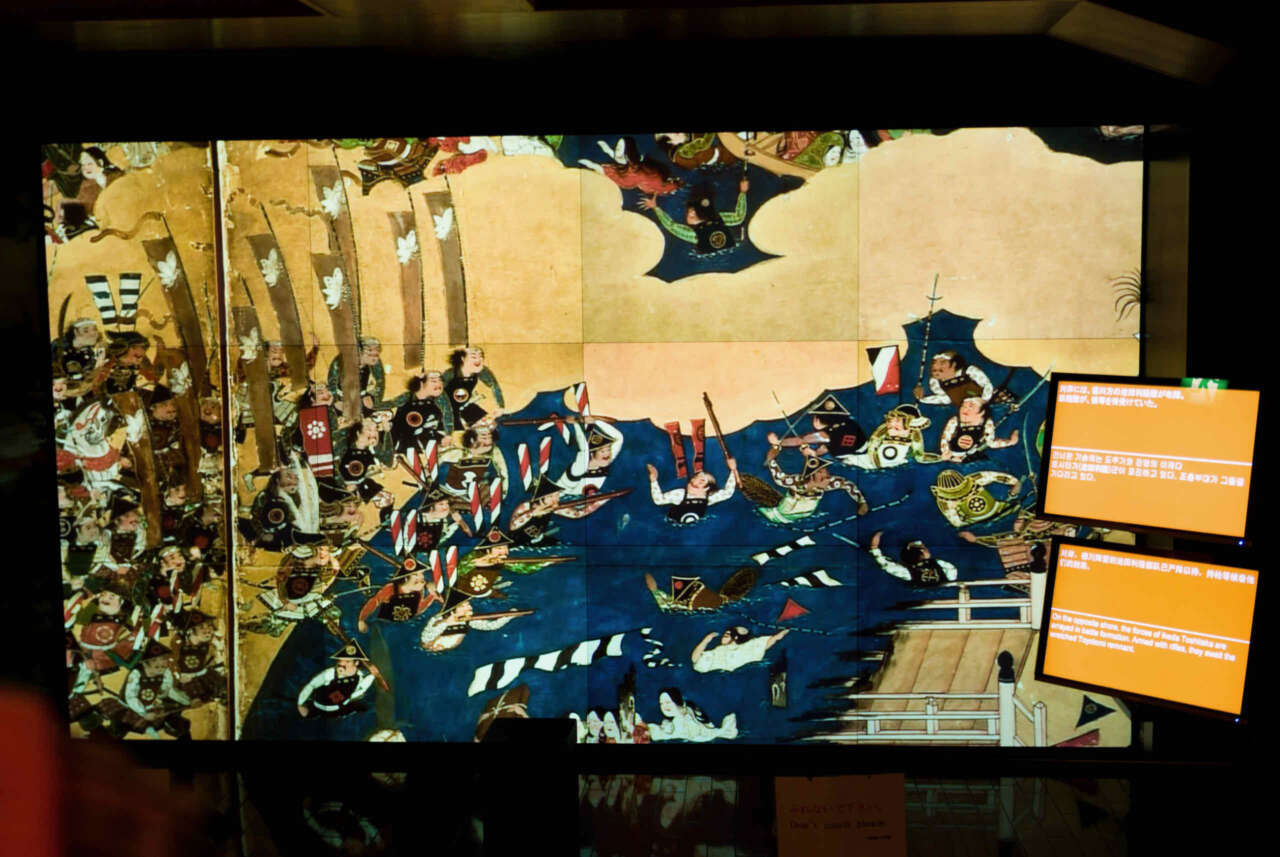
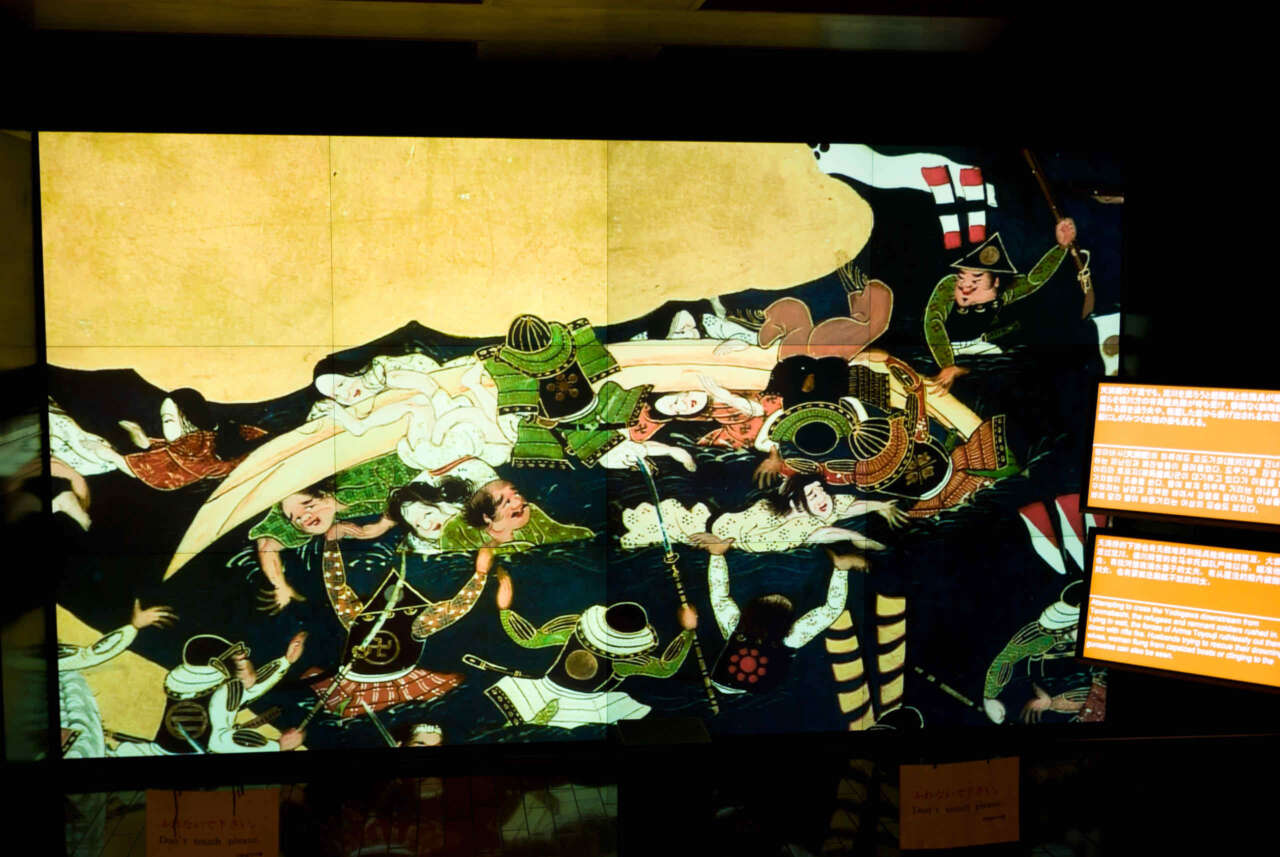
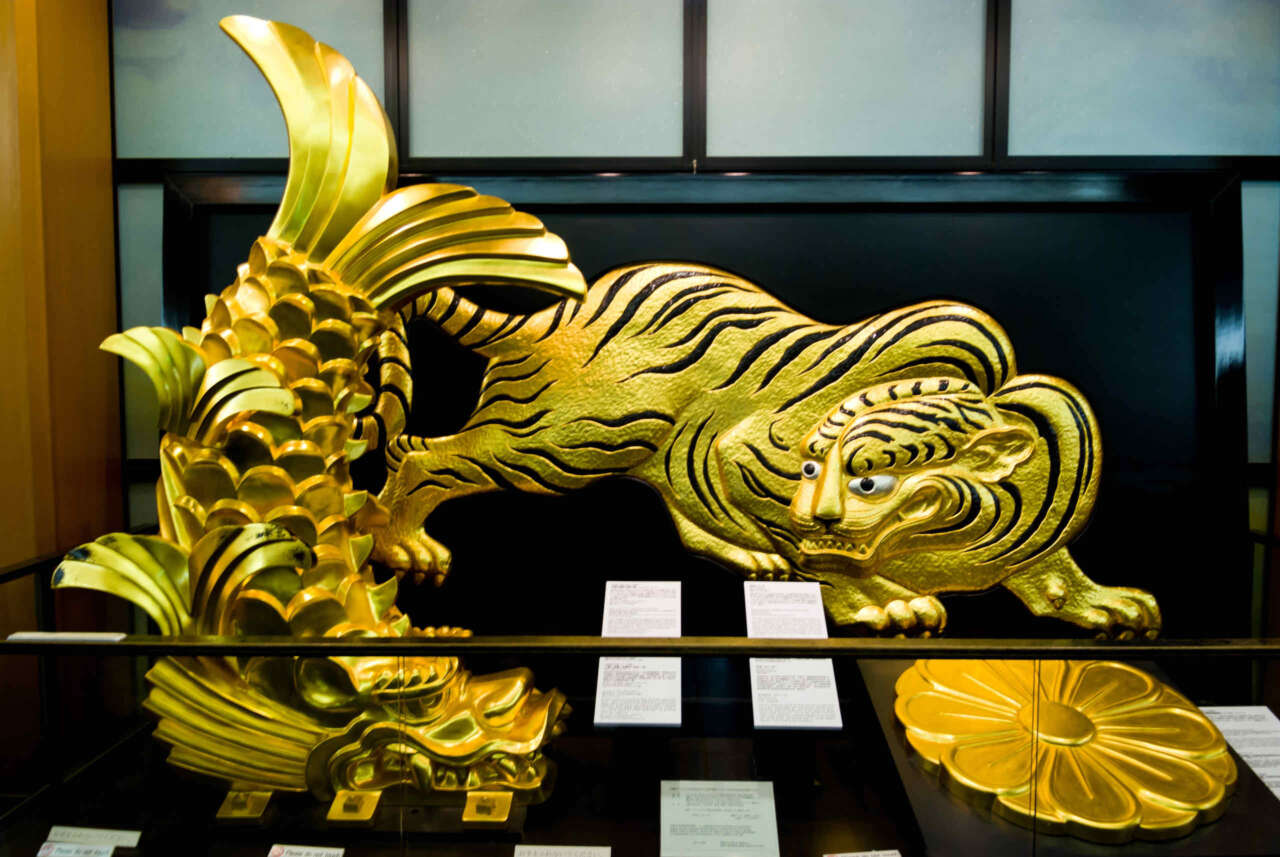
The ground floor feature replica models of the fusetora and the sachi-gawara.
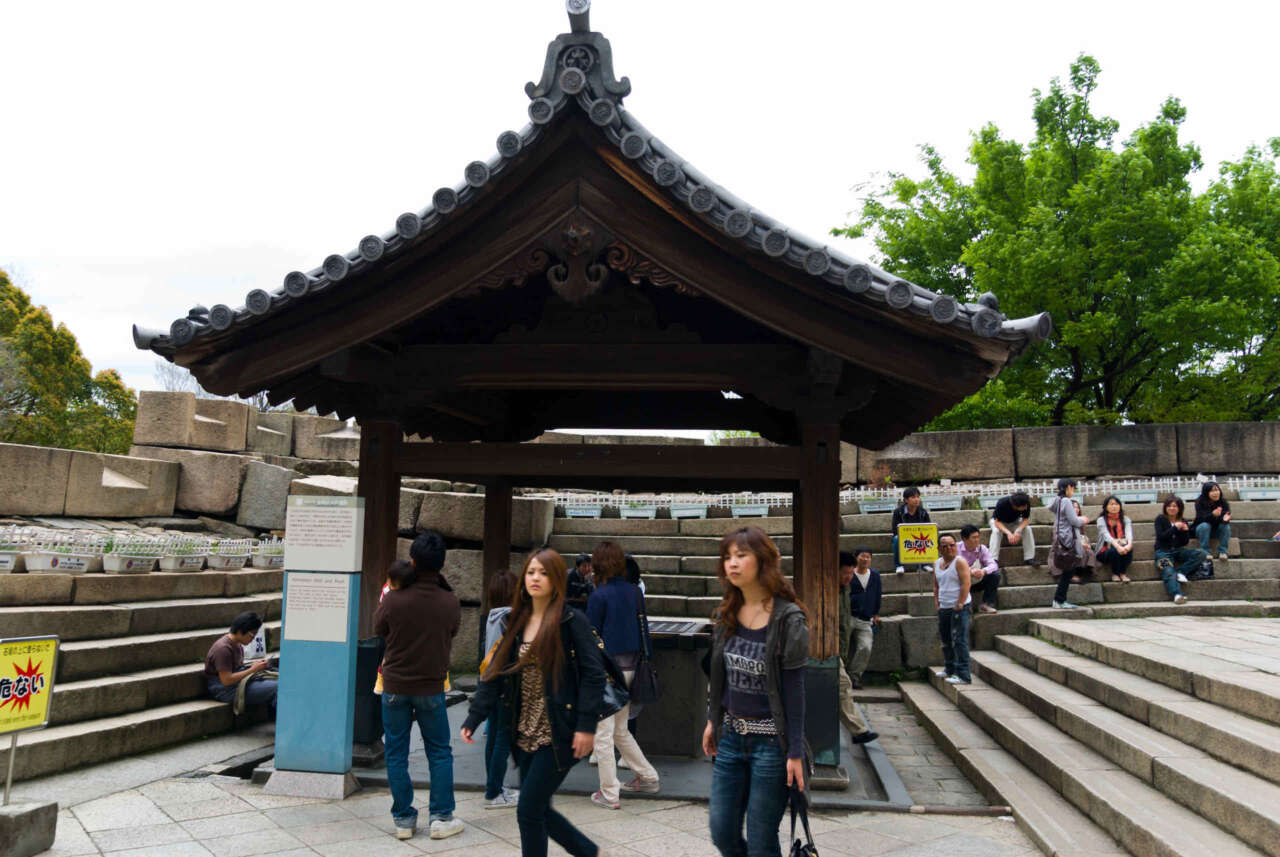
The Kinmeisui well (金明水井戸屋形), which dates back to the 17th century.
Outside the castle main tower, we saw a man juggling fire sticks.
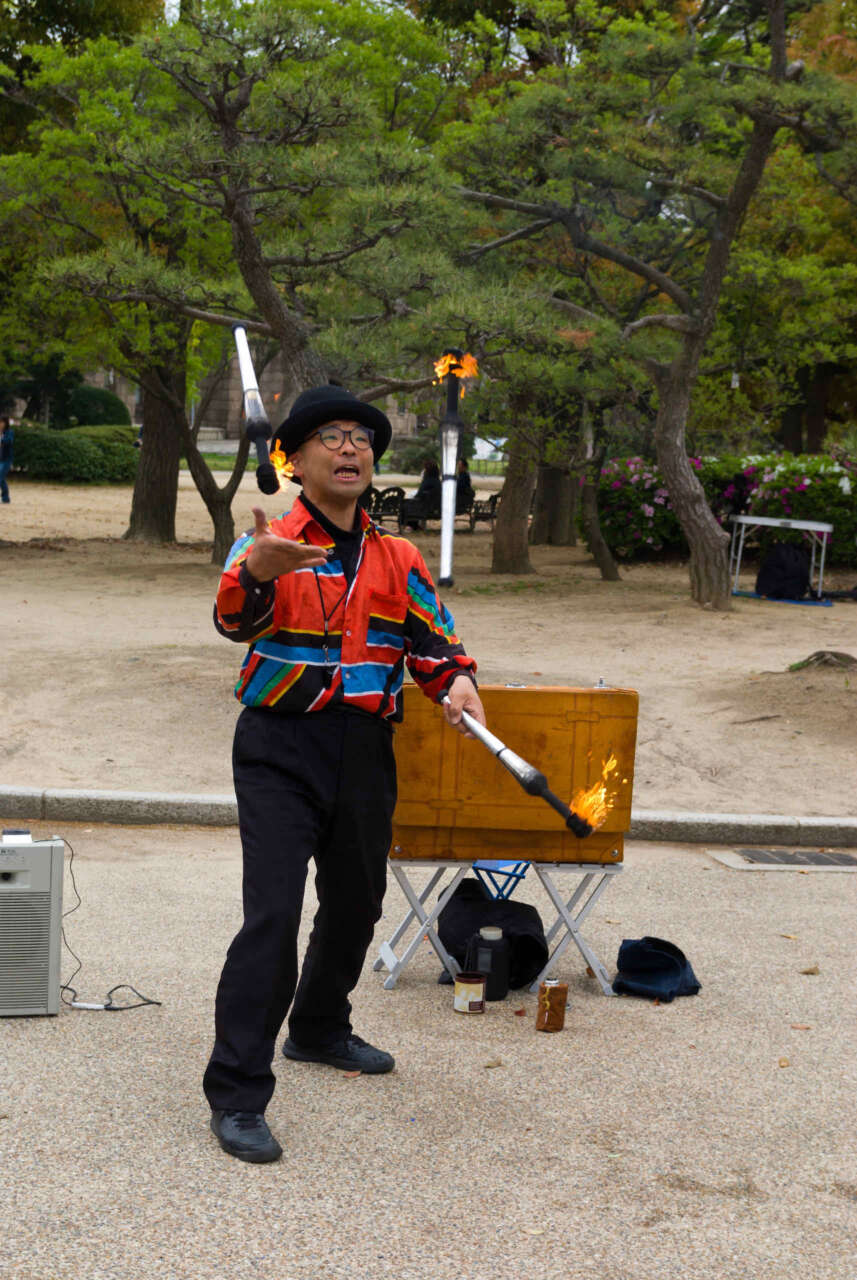
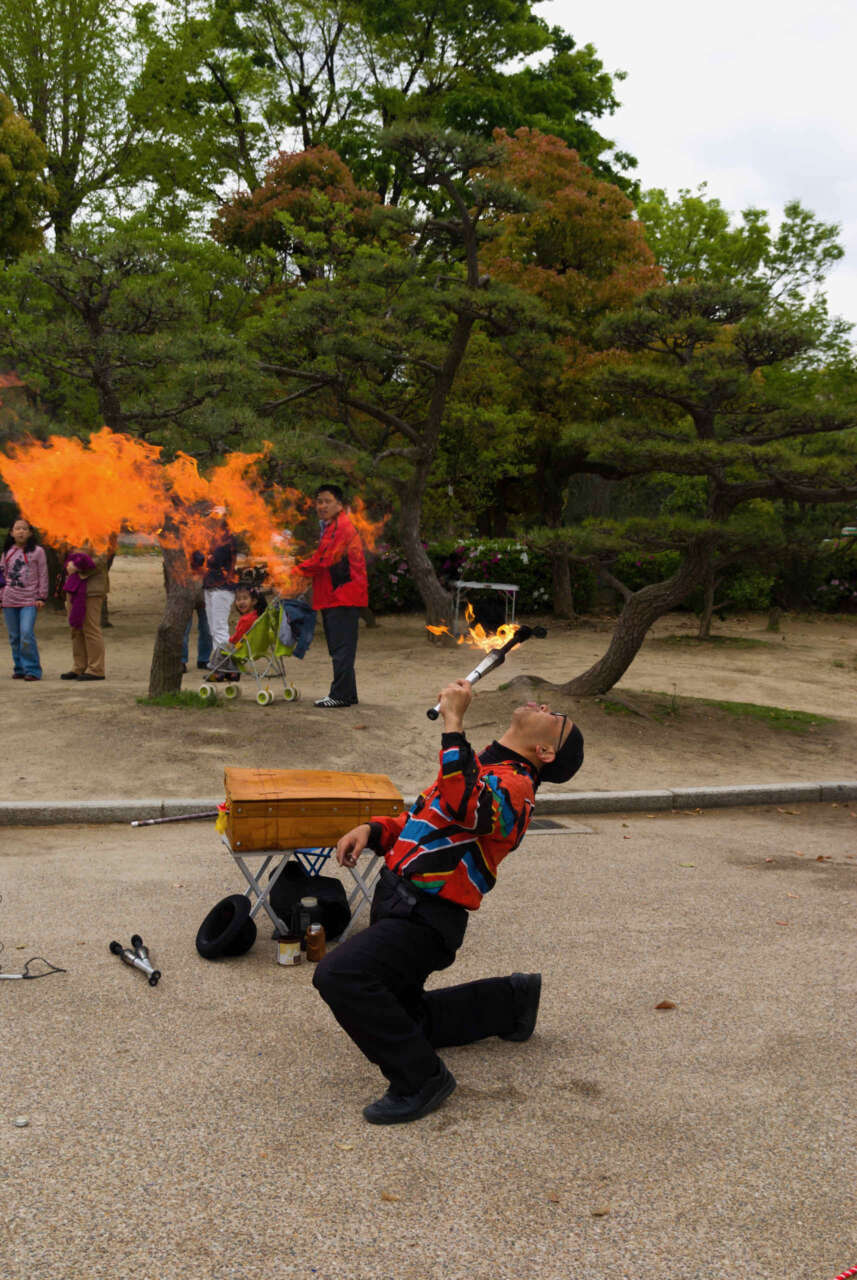
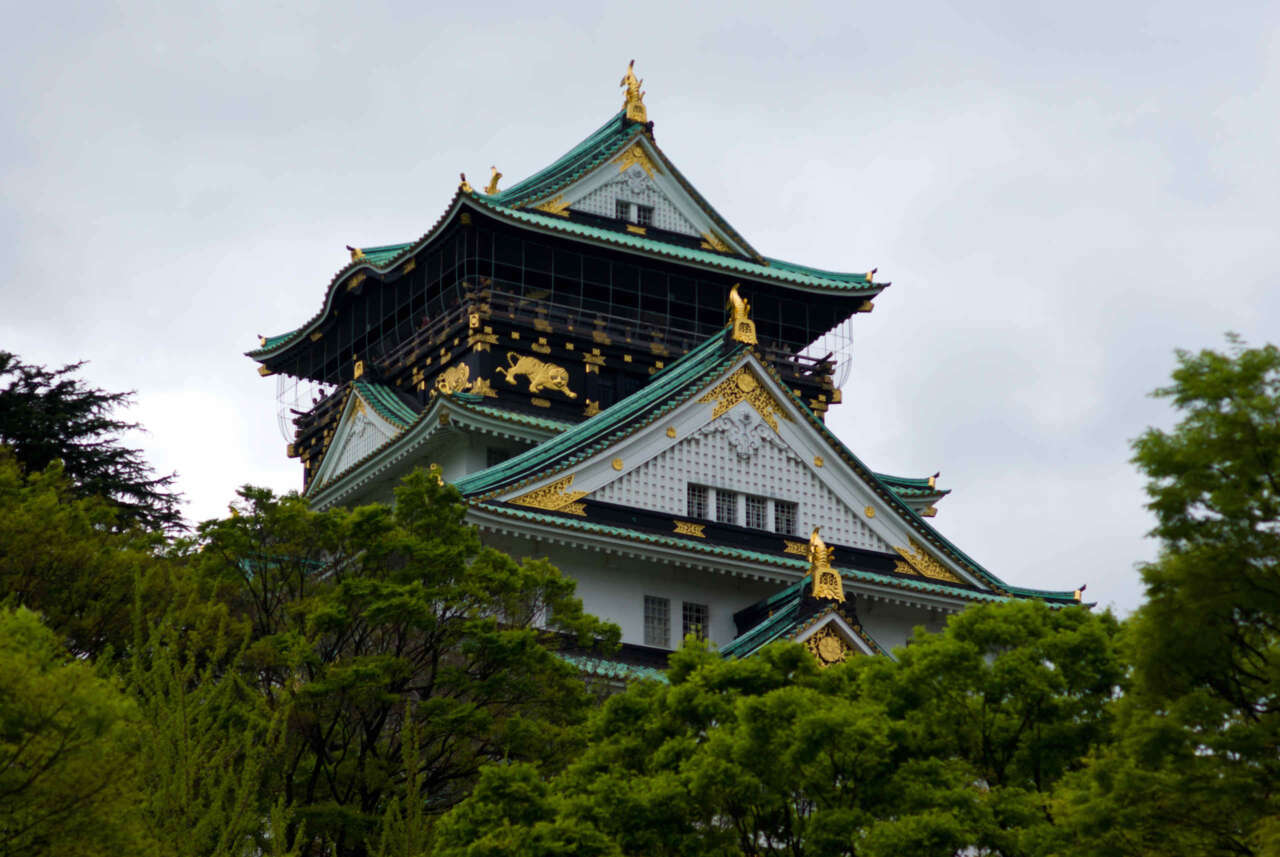
We took one last look at the magnificent main tower.
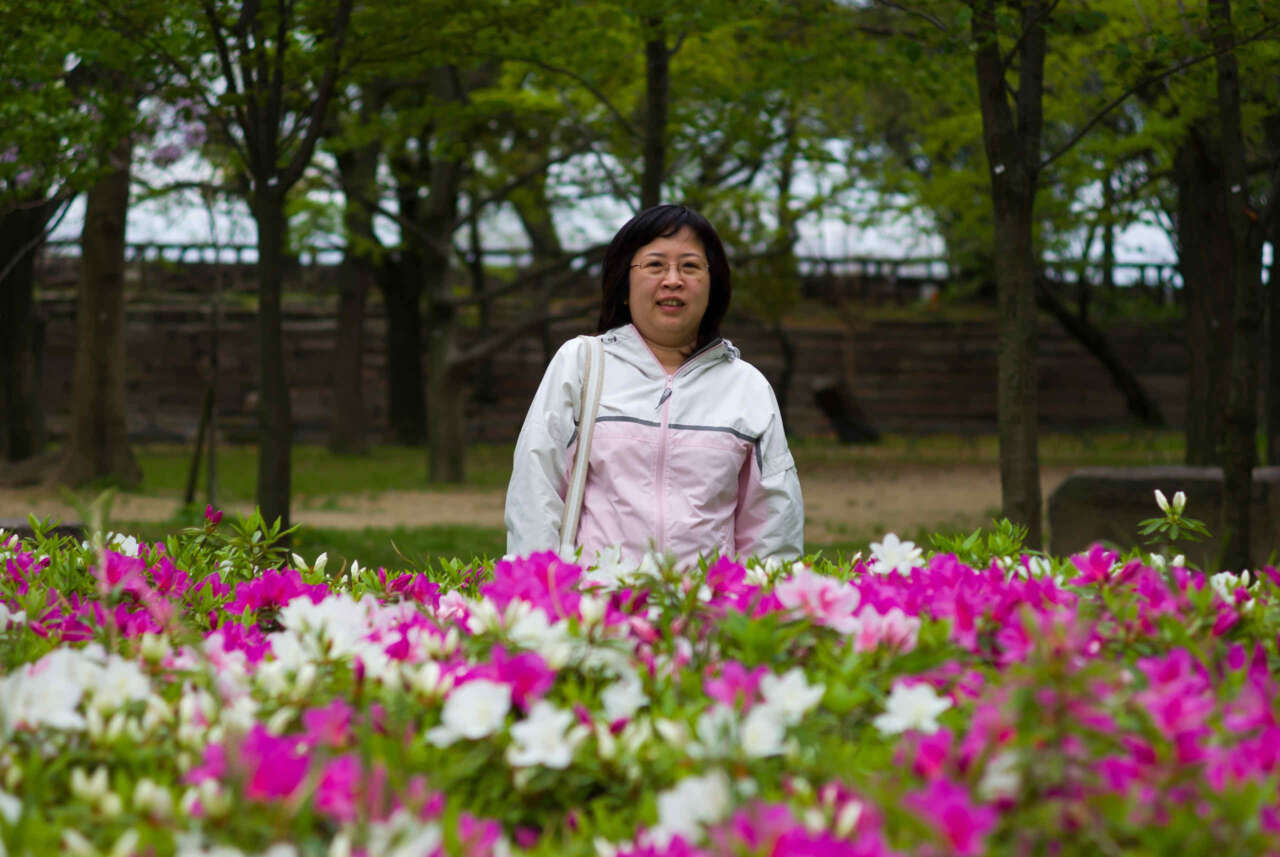
Lyn in front of flowers.
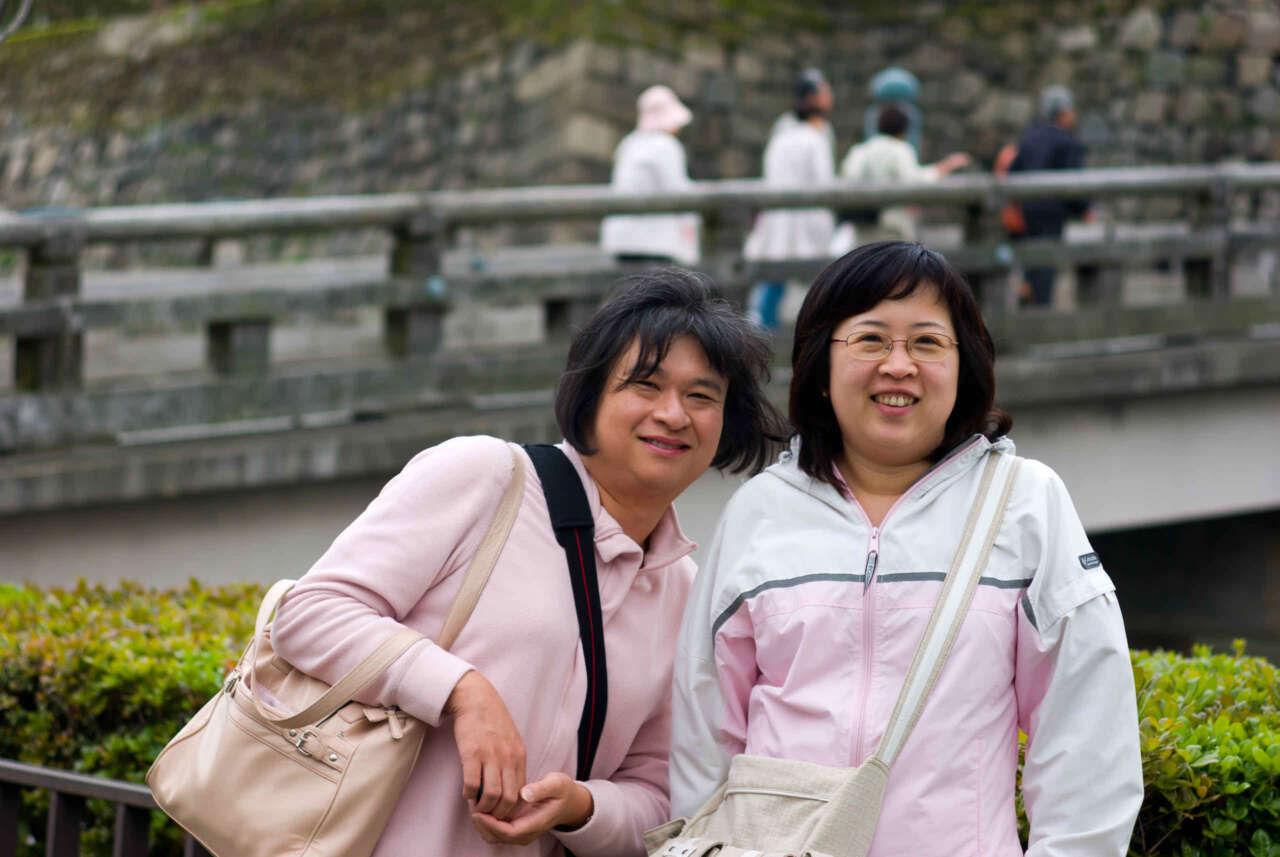
The man who took this picture of us asked me where I was from, because I spoke to him in Japanese. He didn’t believe us when we said we were from Australia. He guessed we were from Brazil. Much later I found out that Brazil (particularly Sao Paolo) has a lot of Japanese immigrants, and some of them have returned back to Japan. He thought I must be one of them, because of the accent in my Japanese.
Leaving the Castle
On the way back, we walk via Osaka Castle Hall, and passed by a group of boys playing handball. Next to the Hall is an open area featuring a fountain, and some stores selling food.
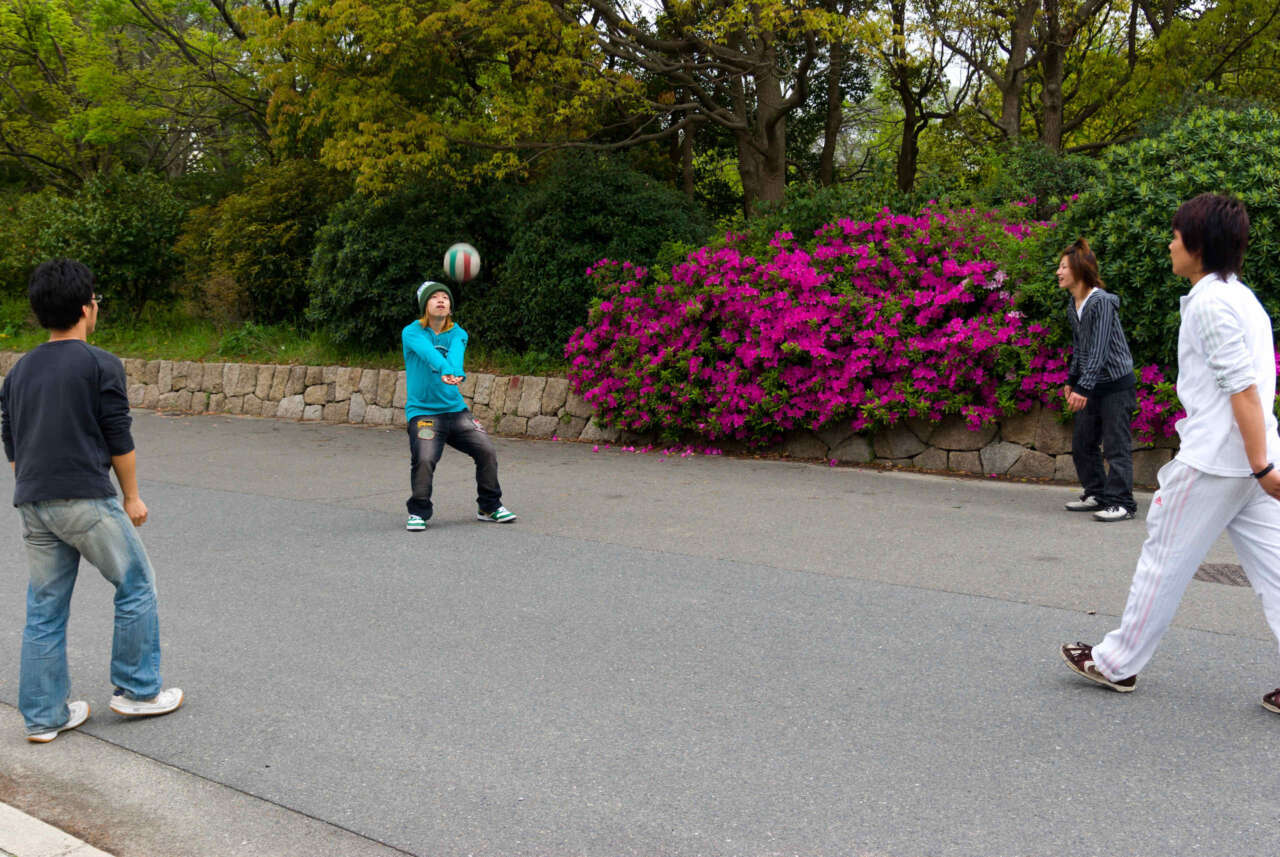
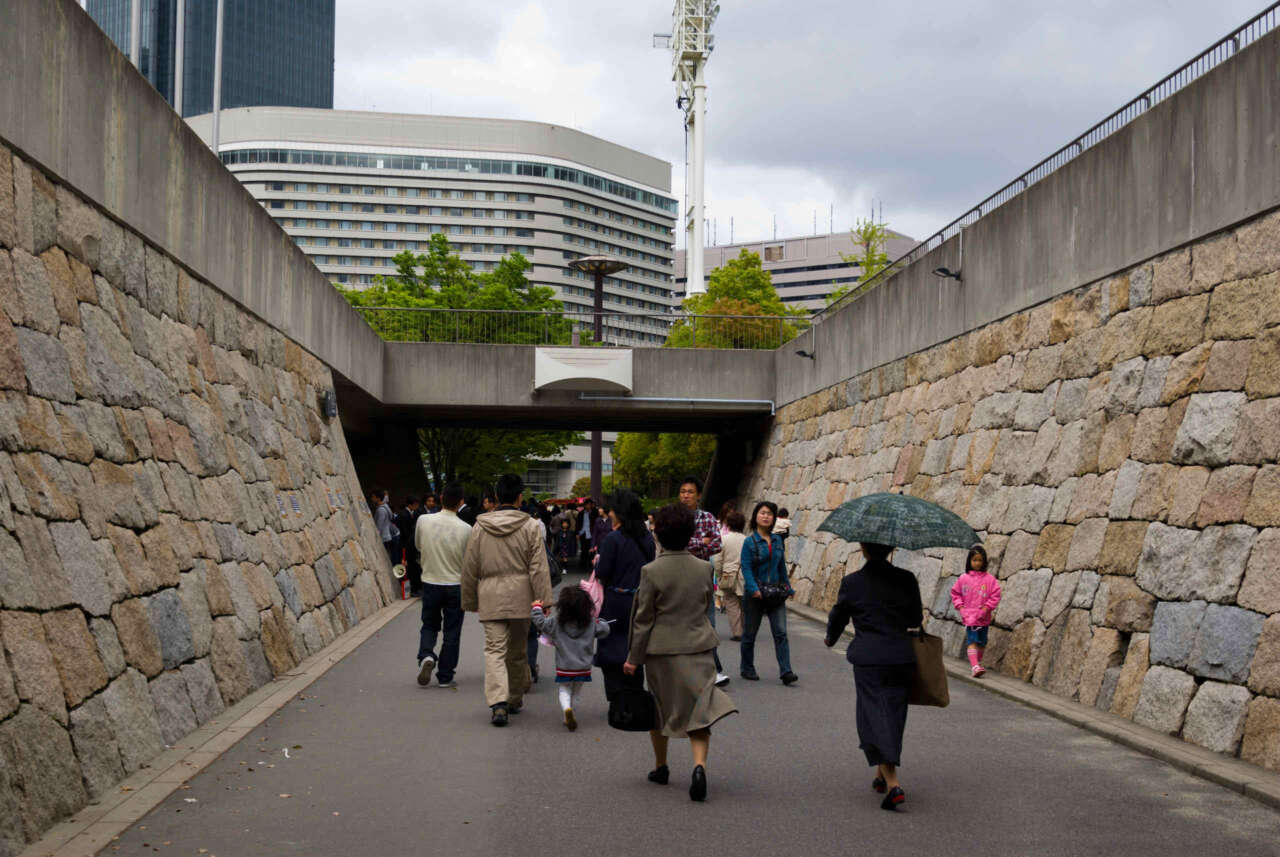
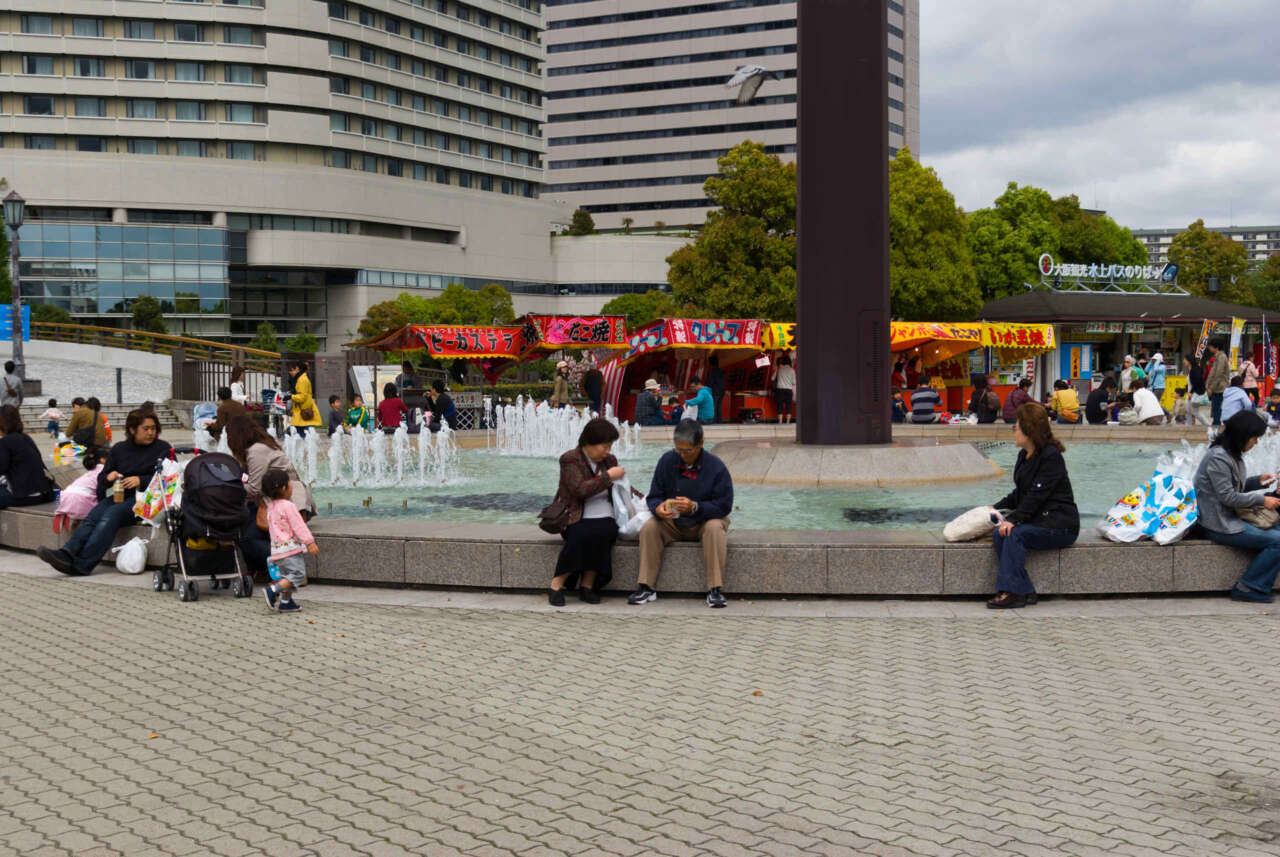
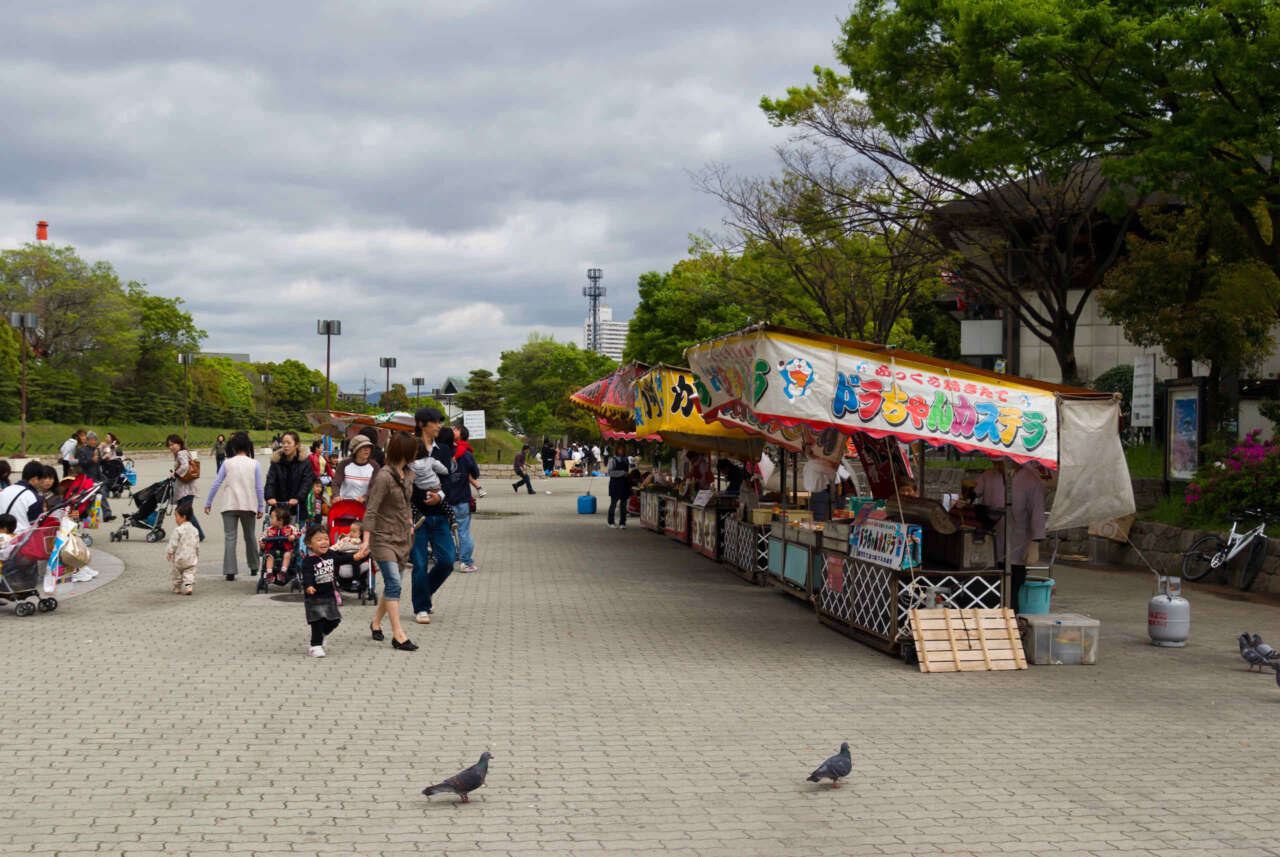
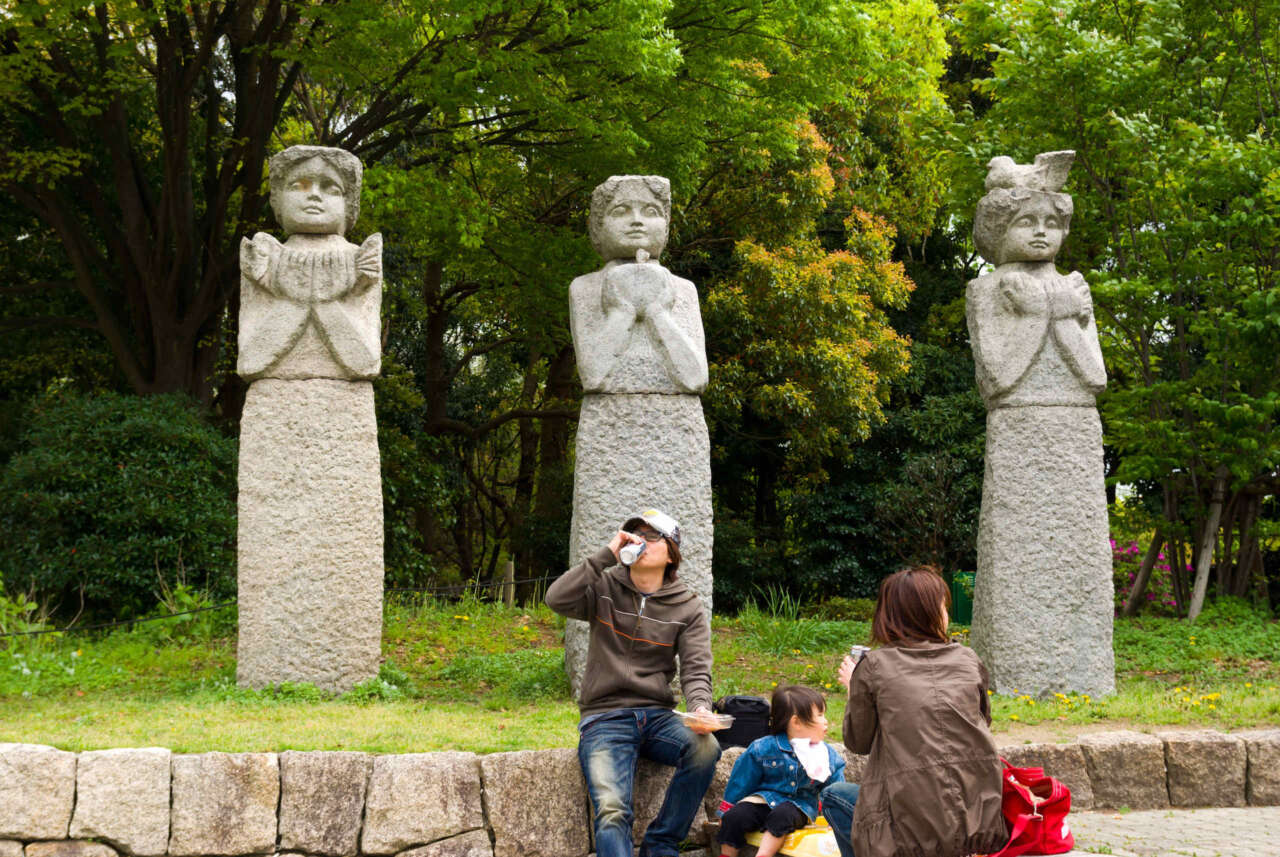
Full set of photos:





























































